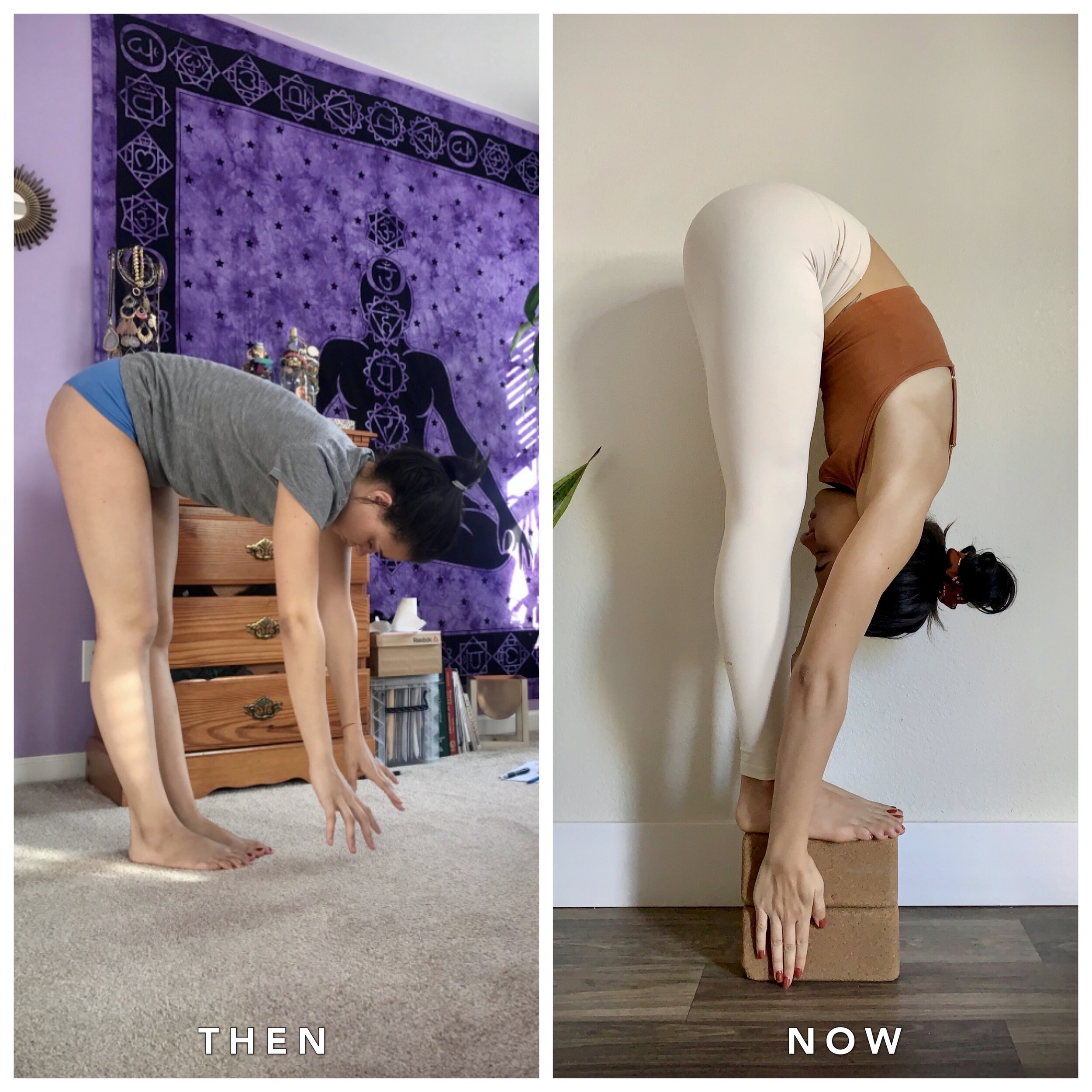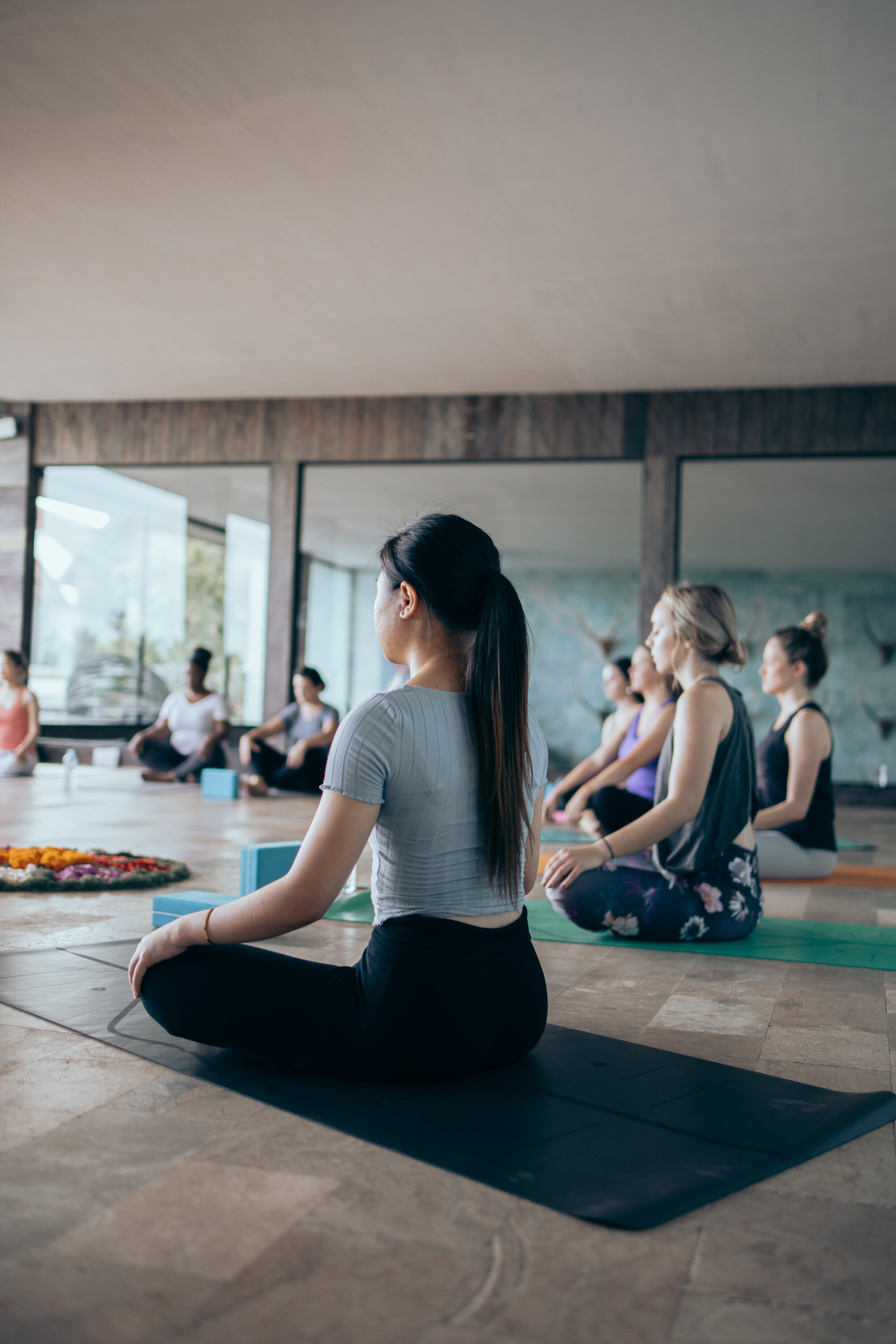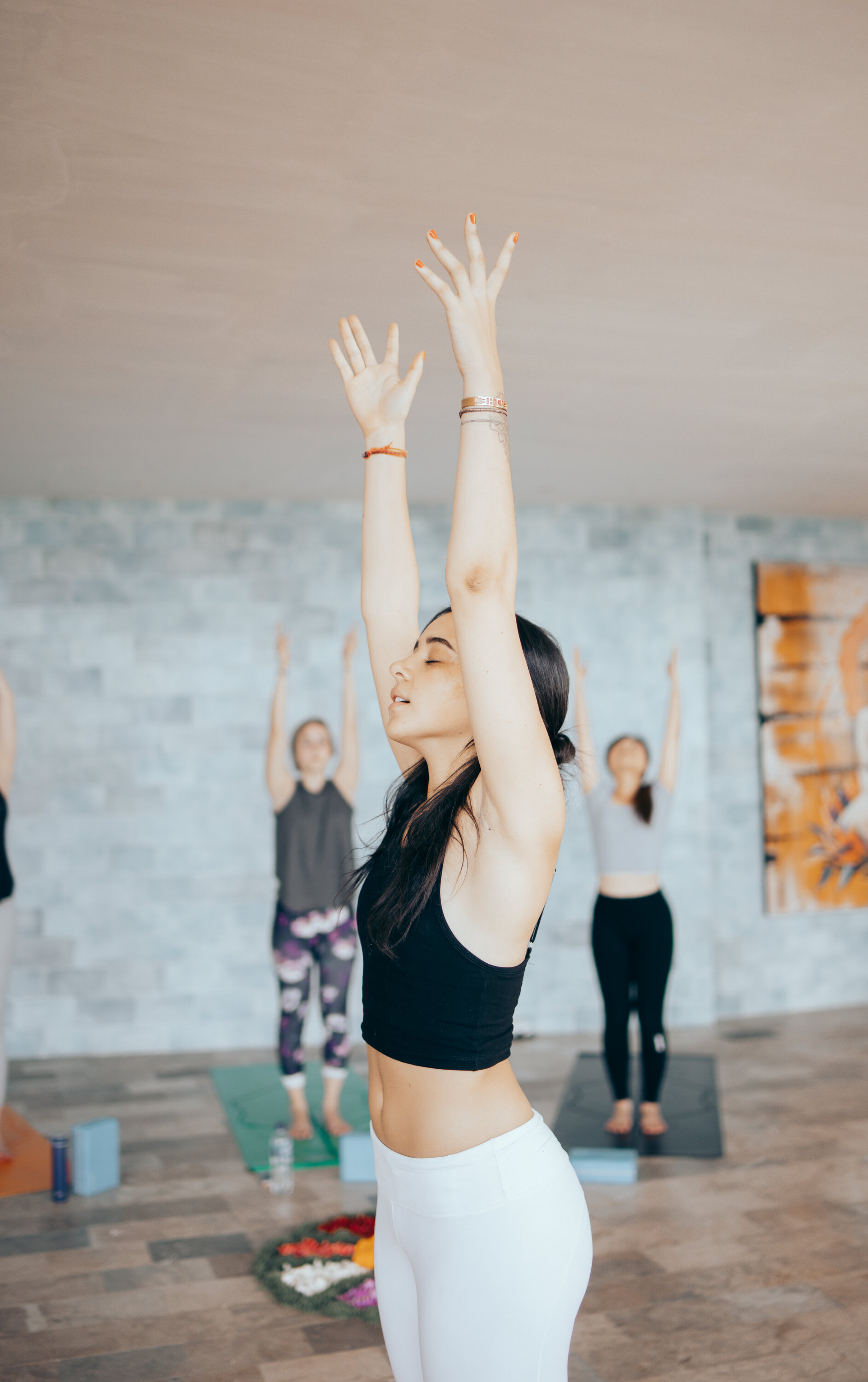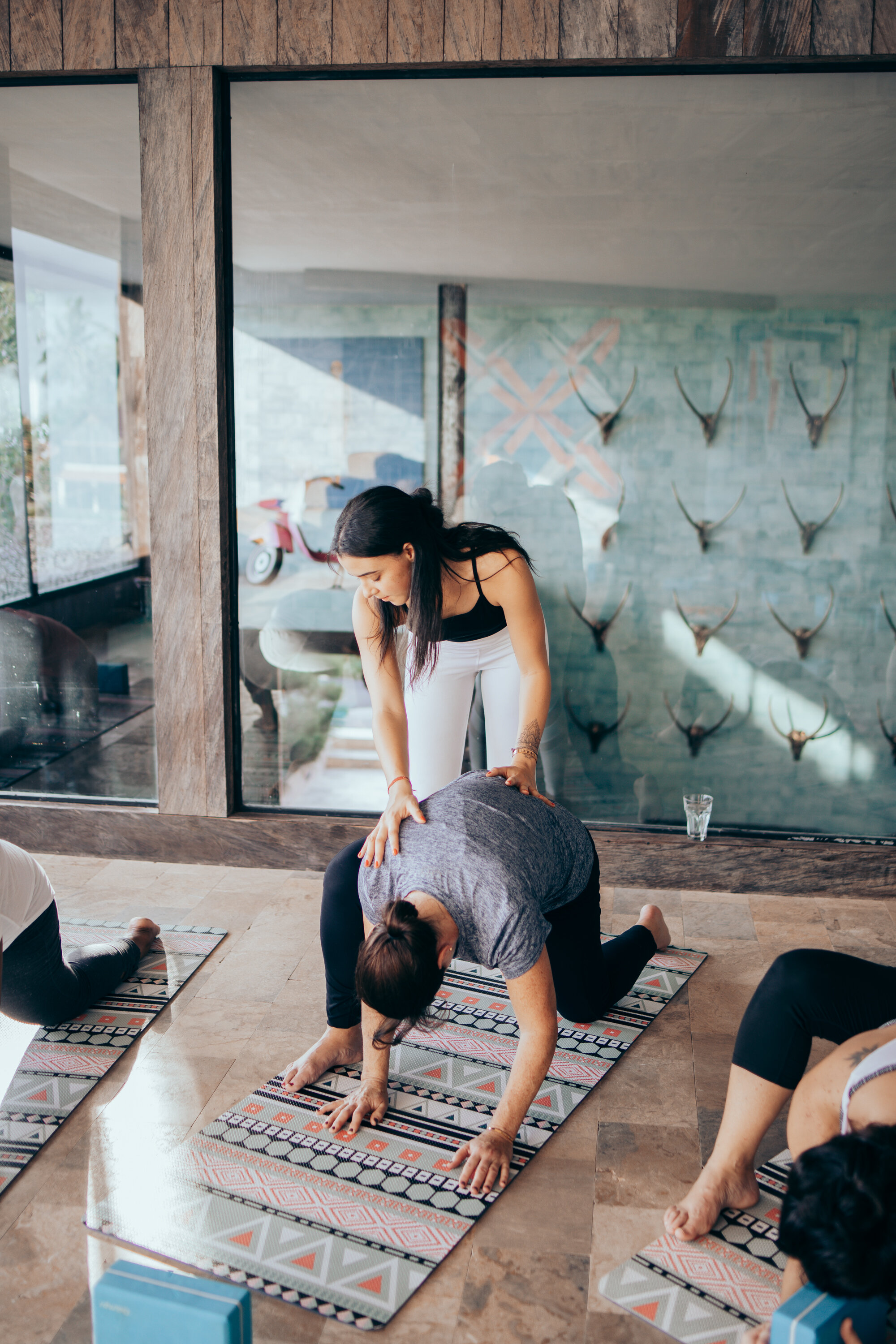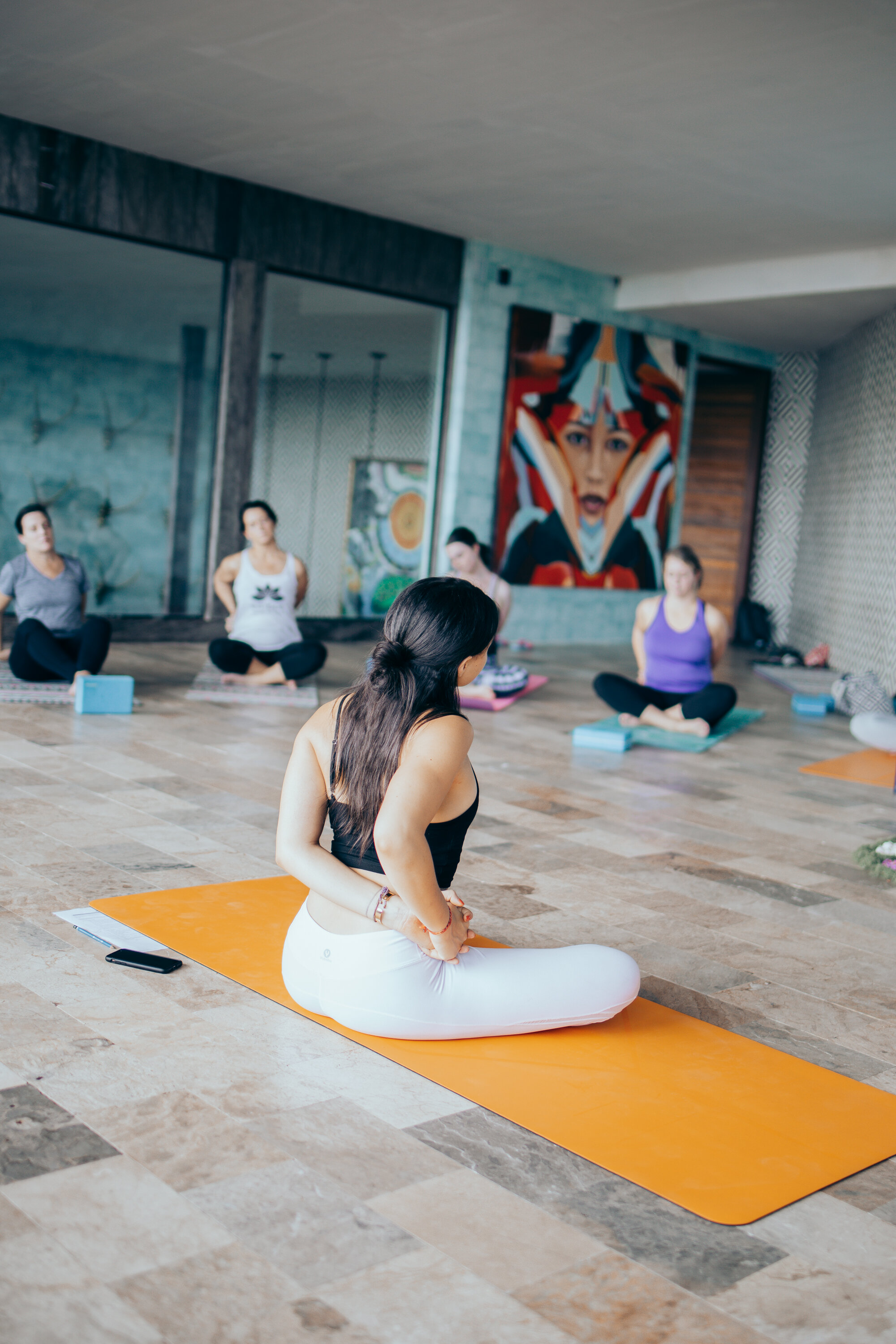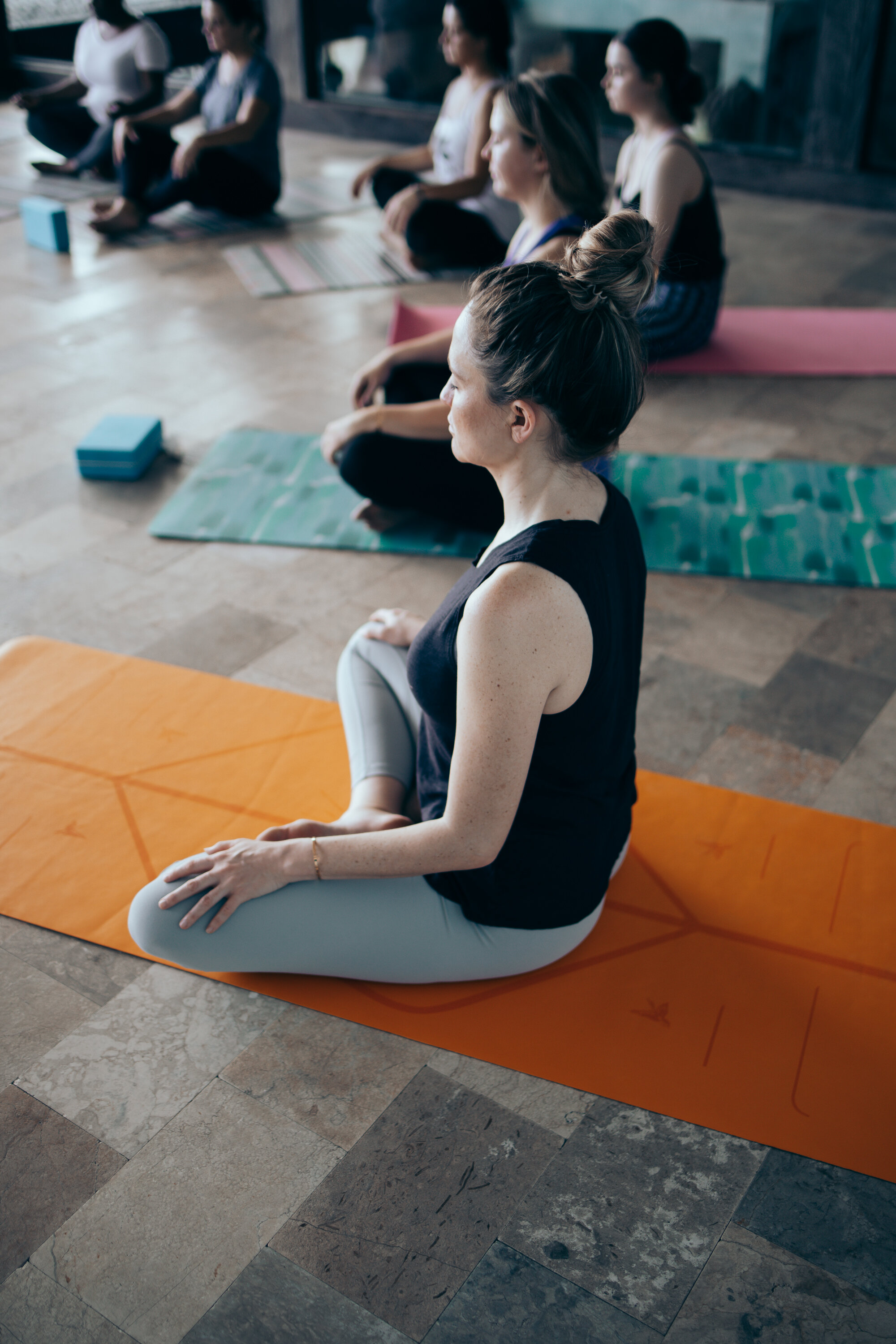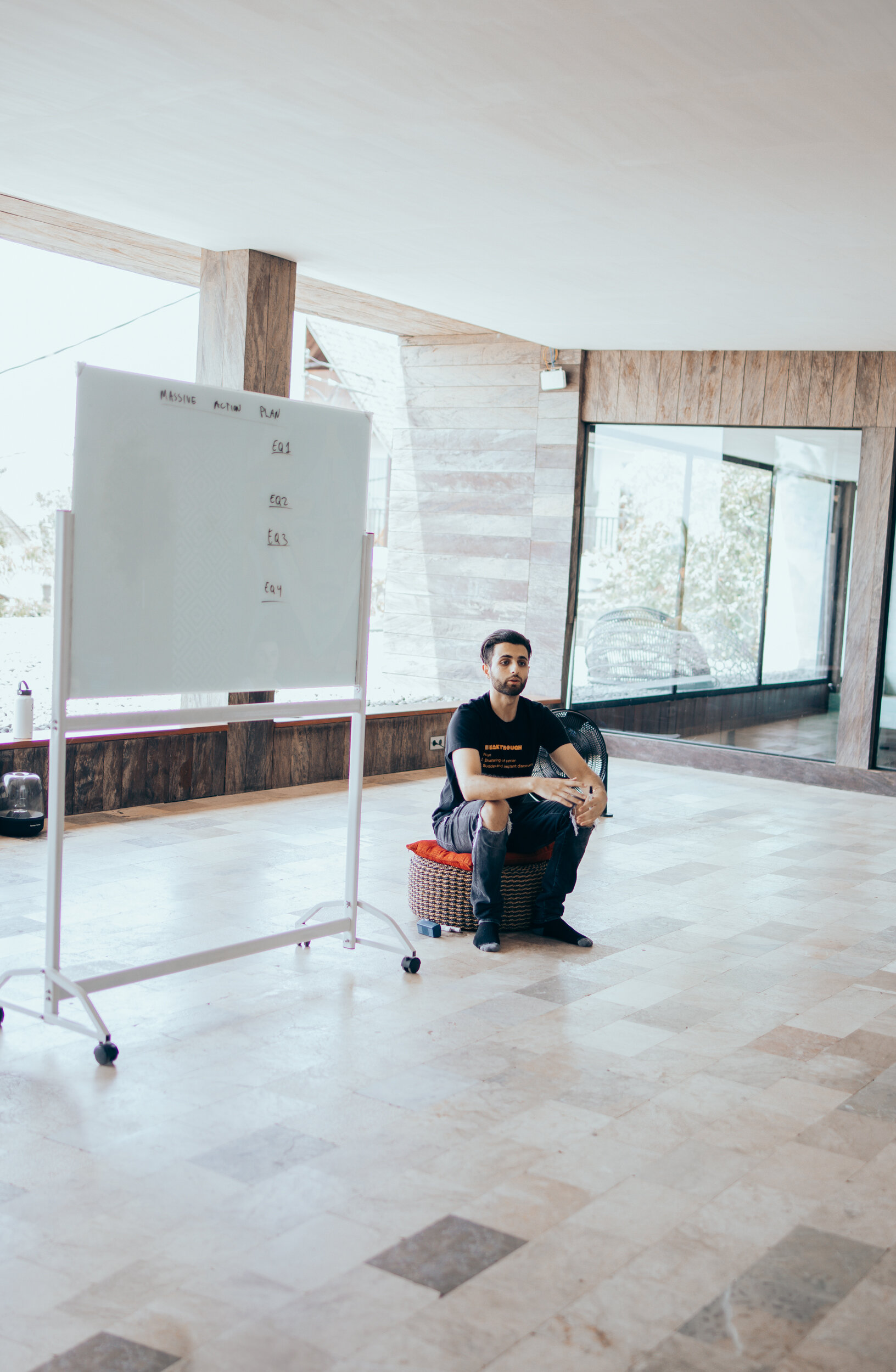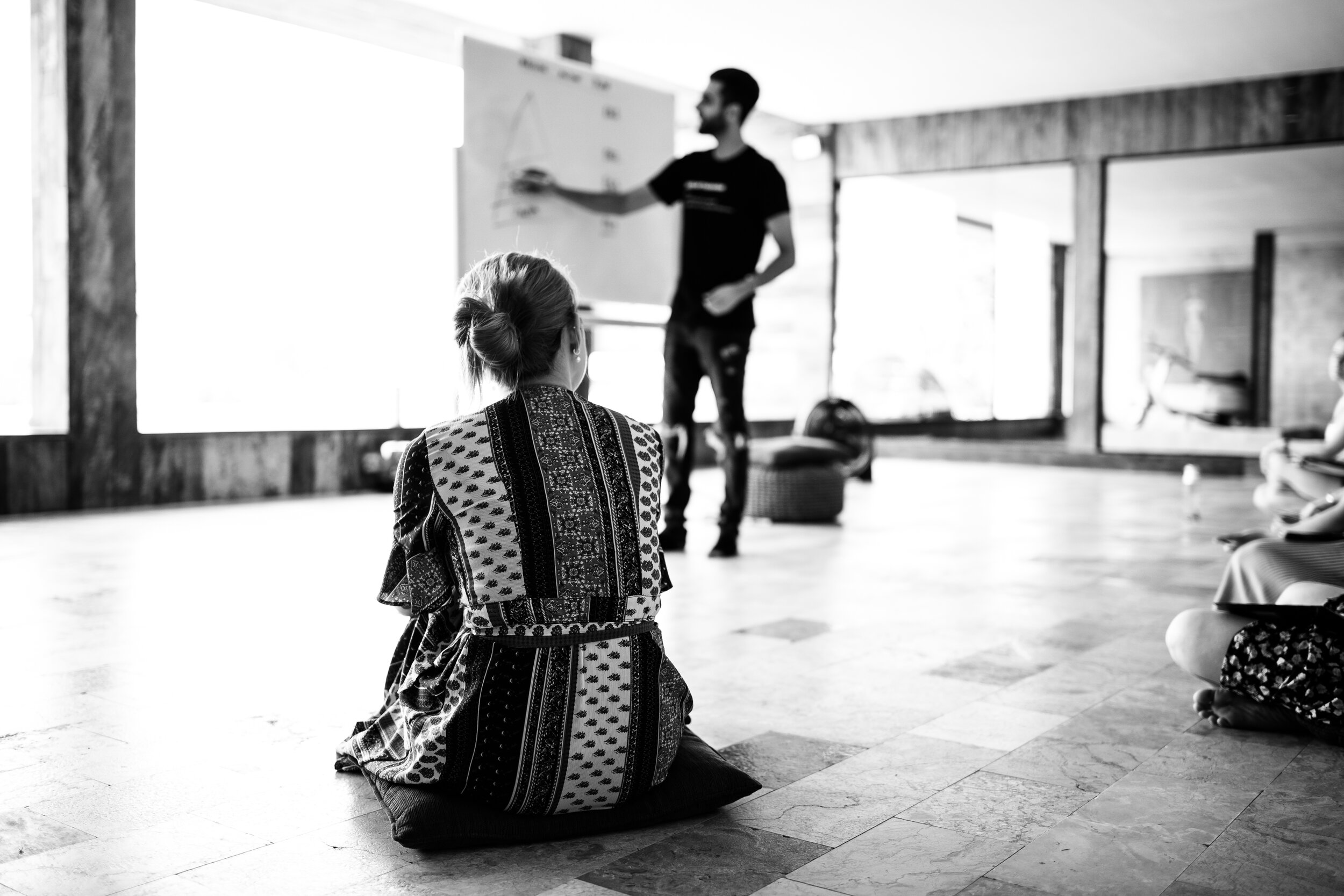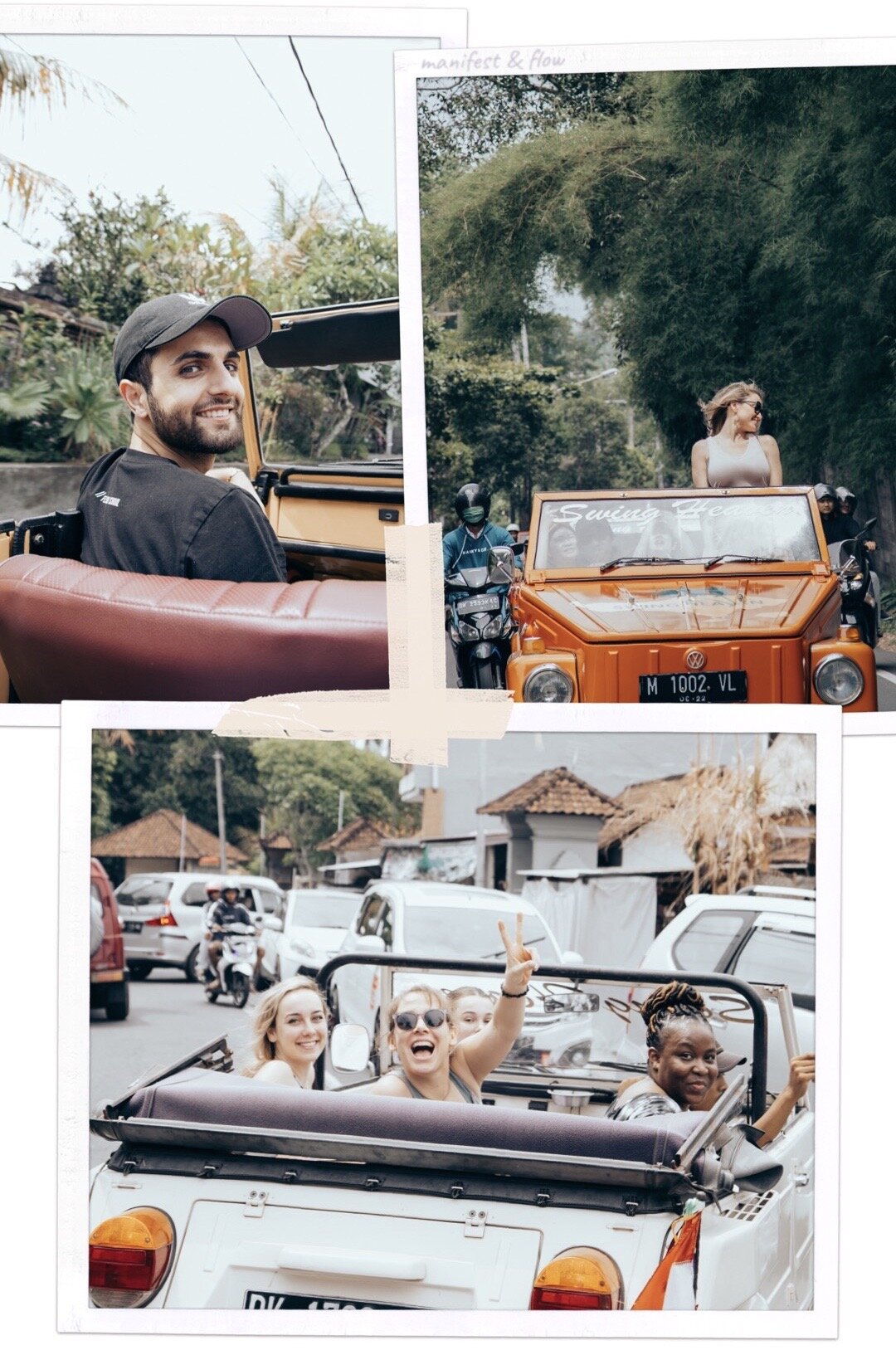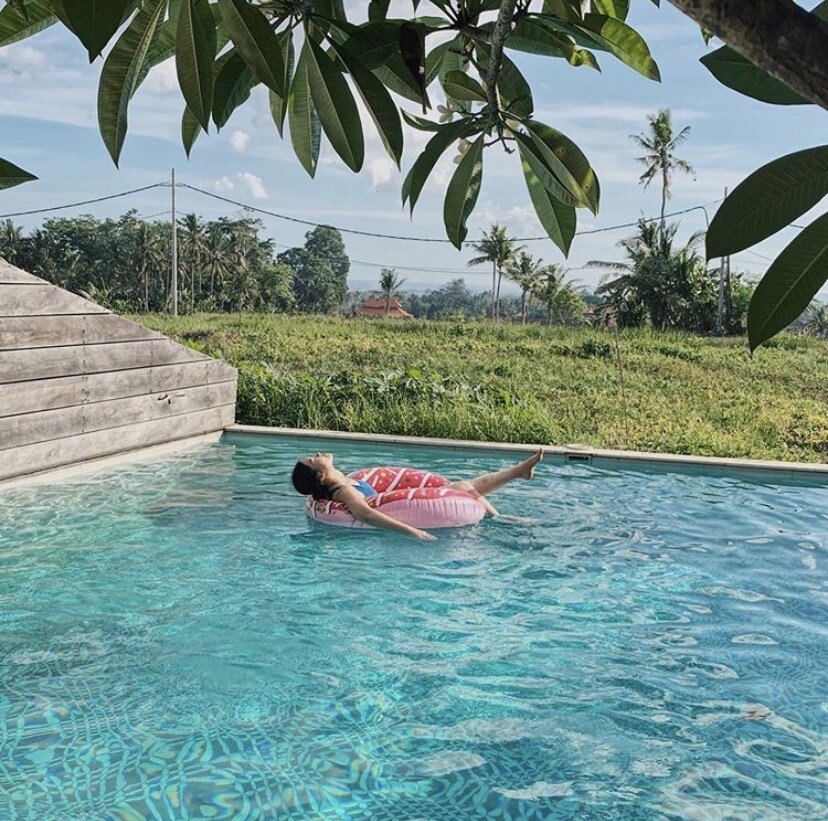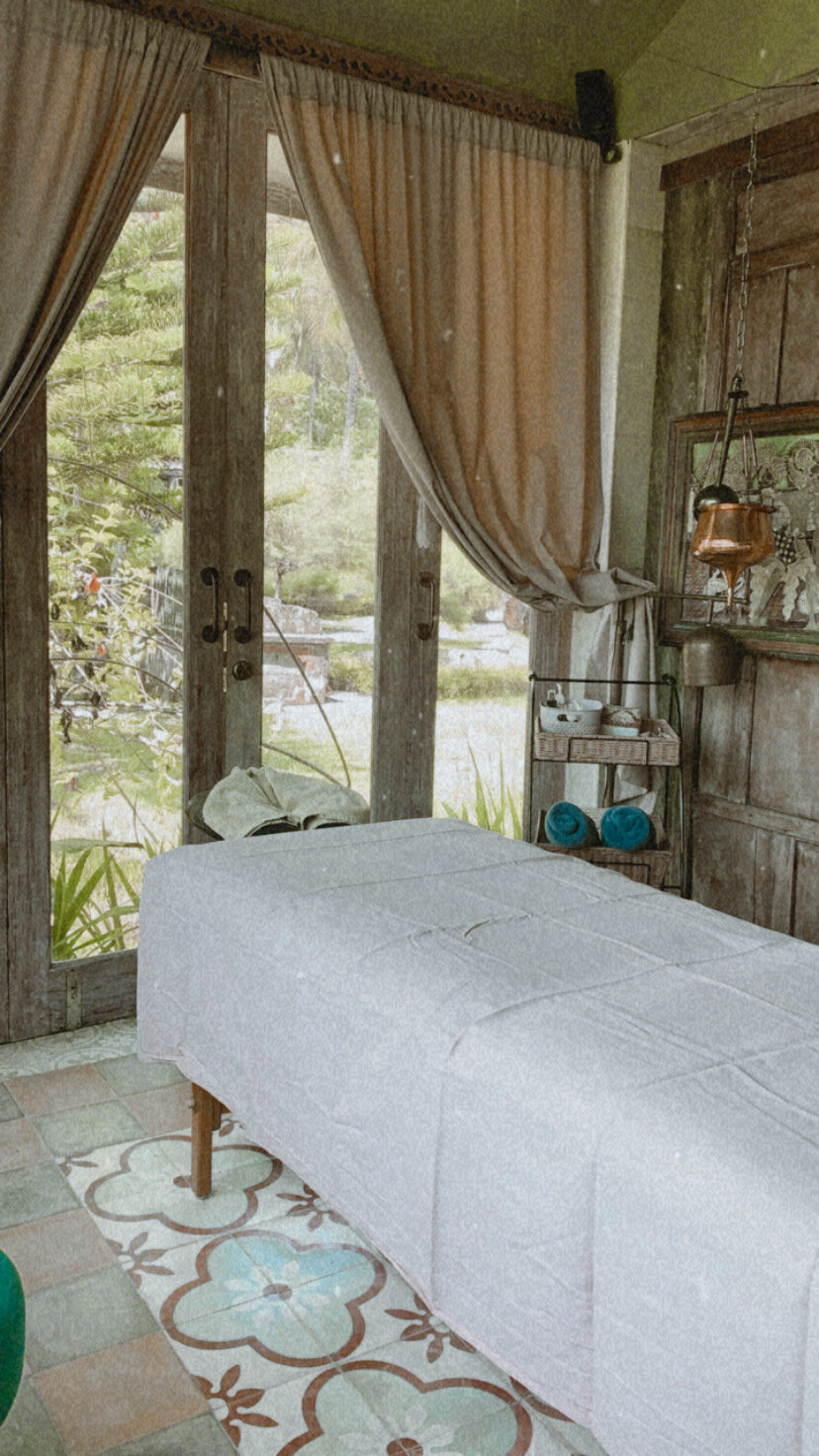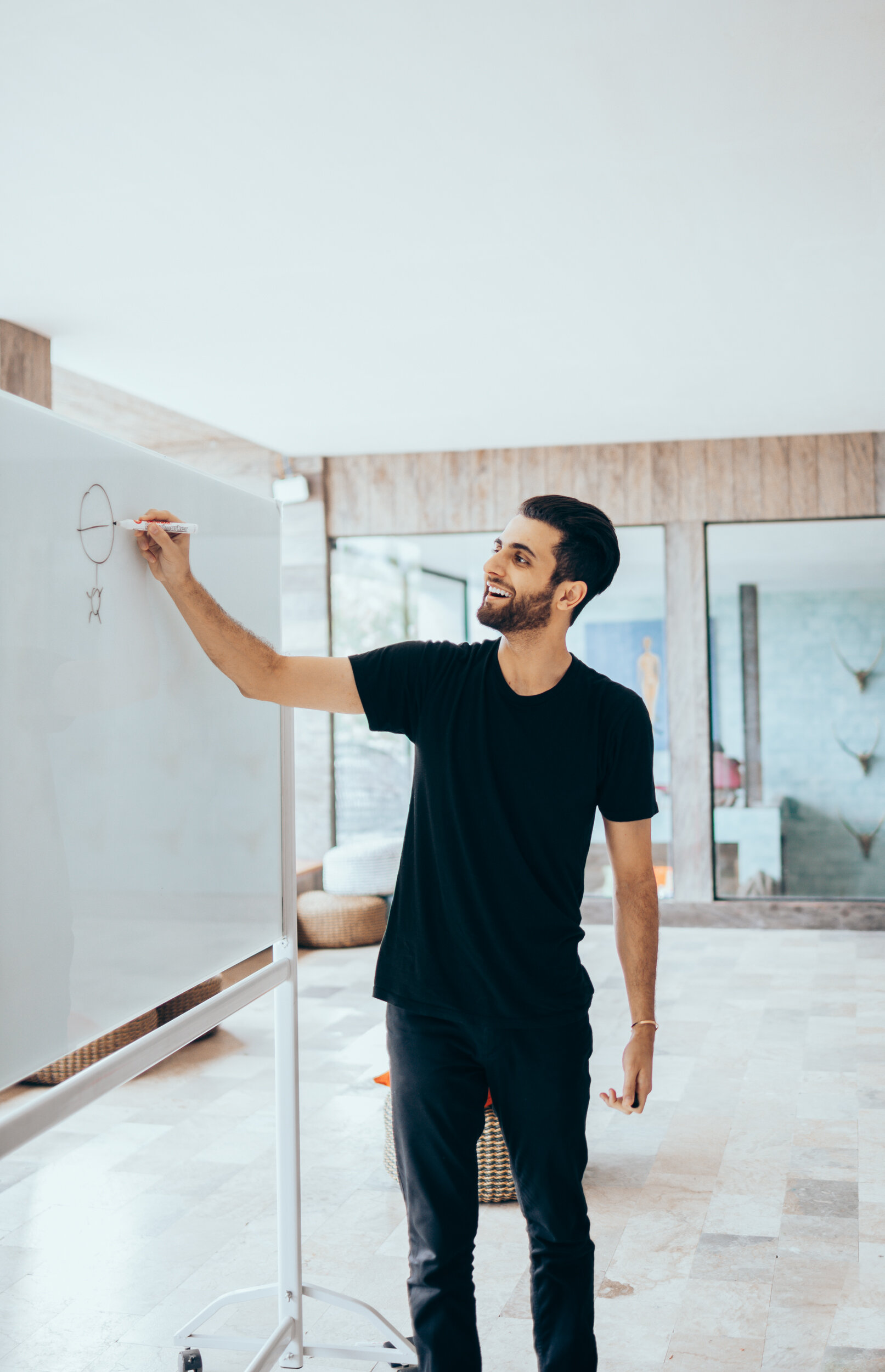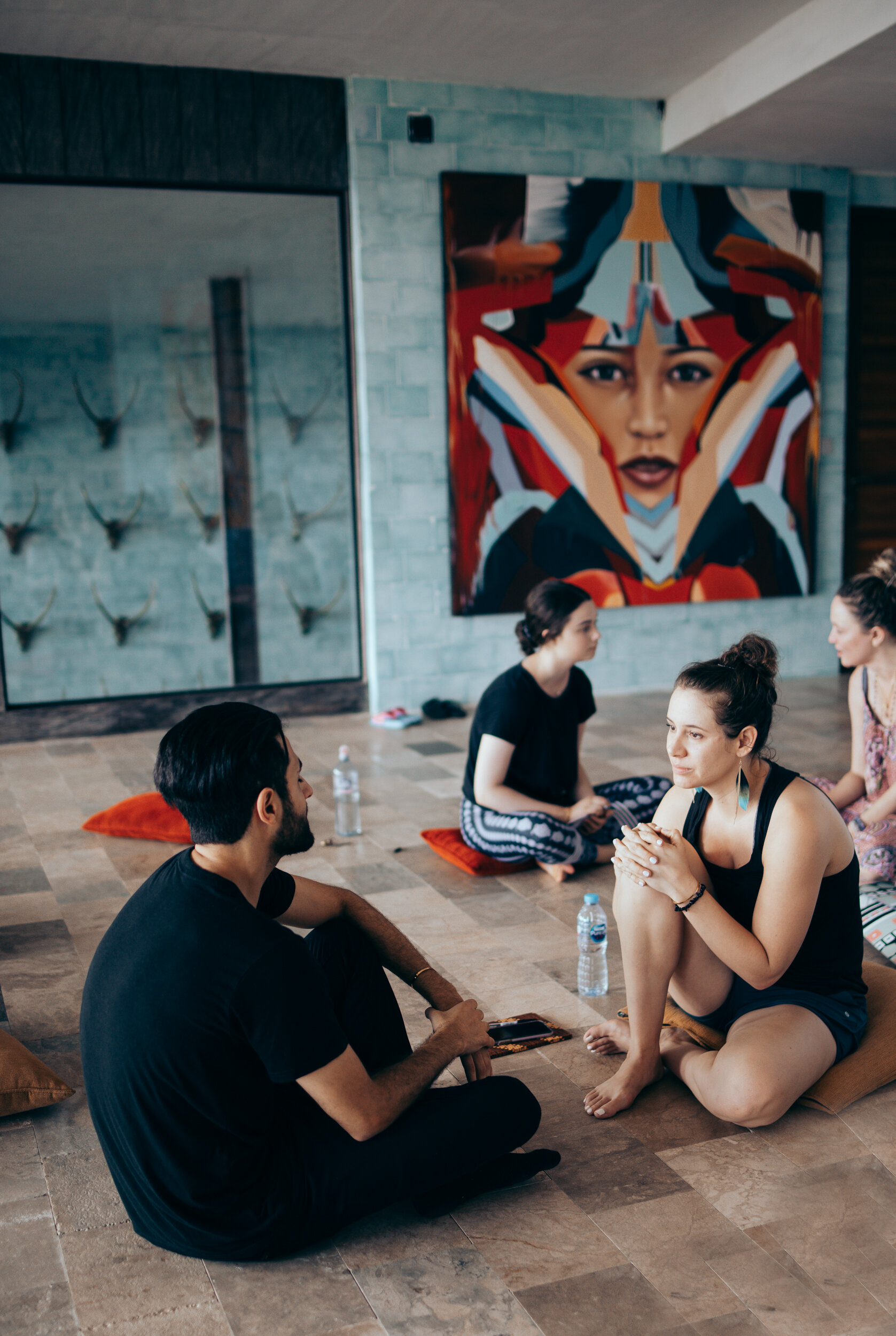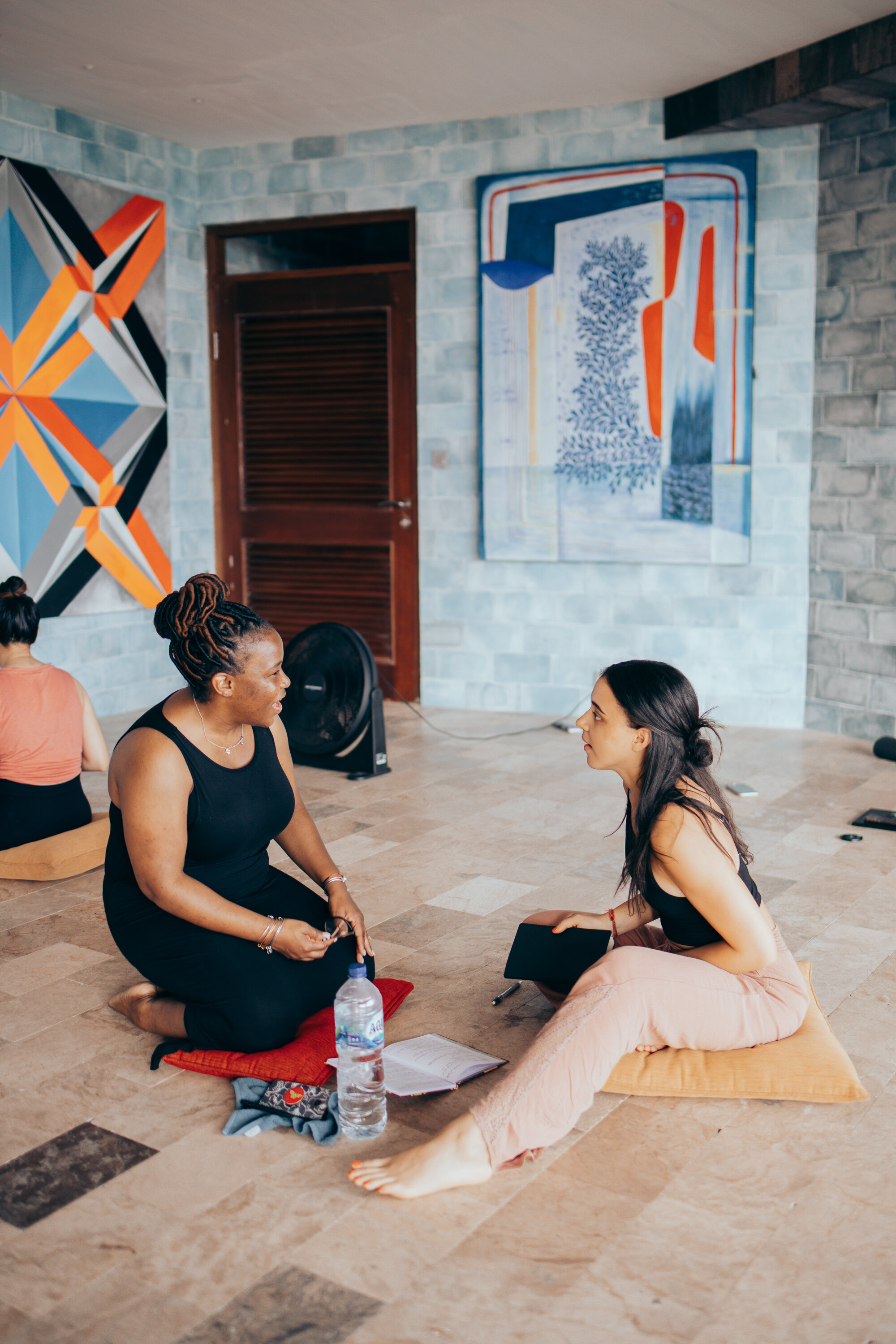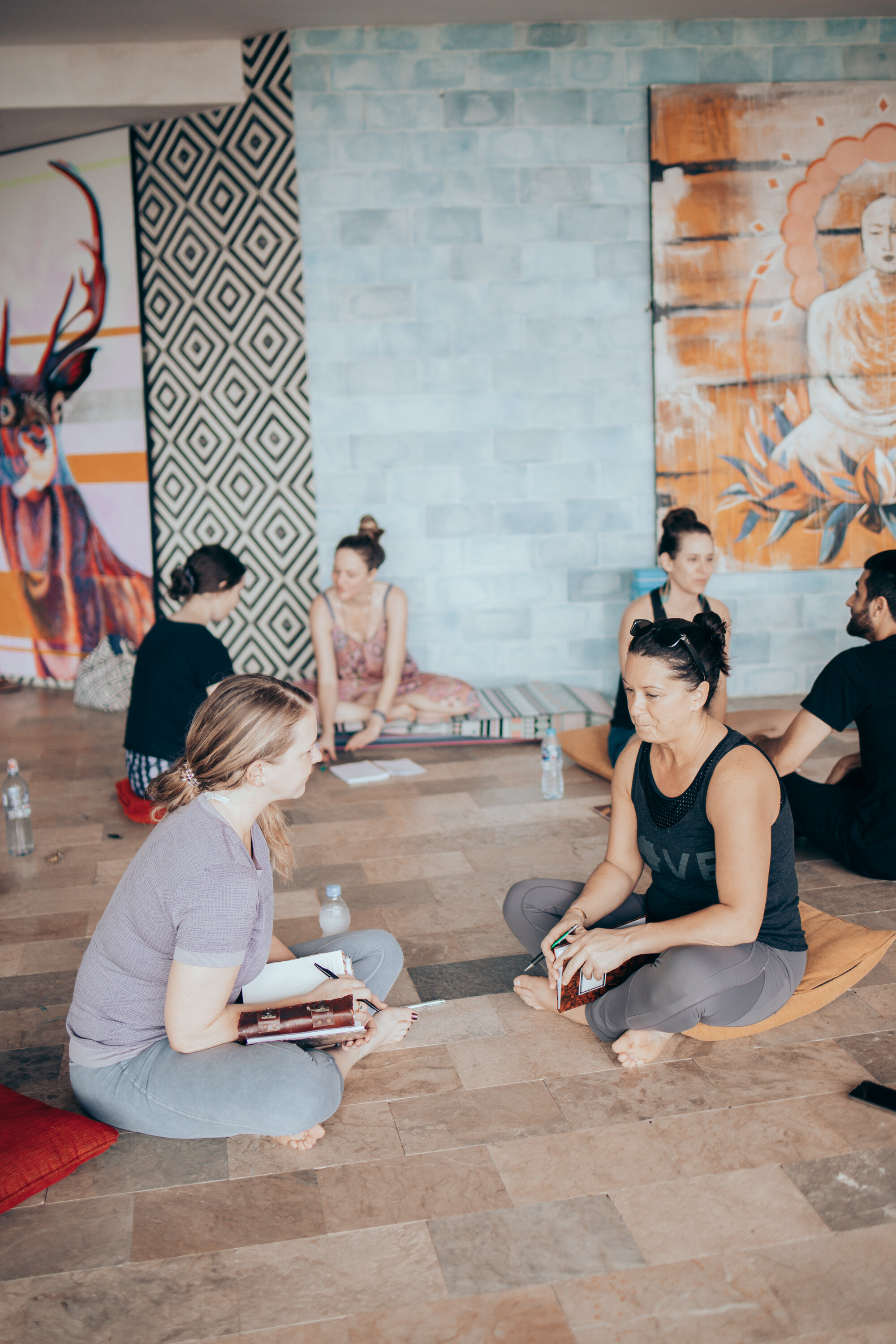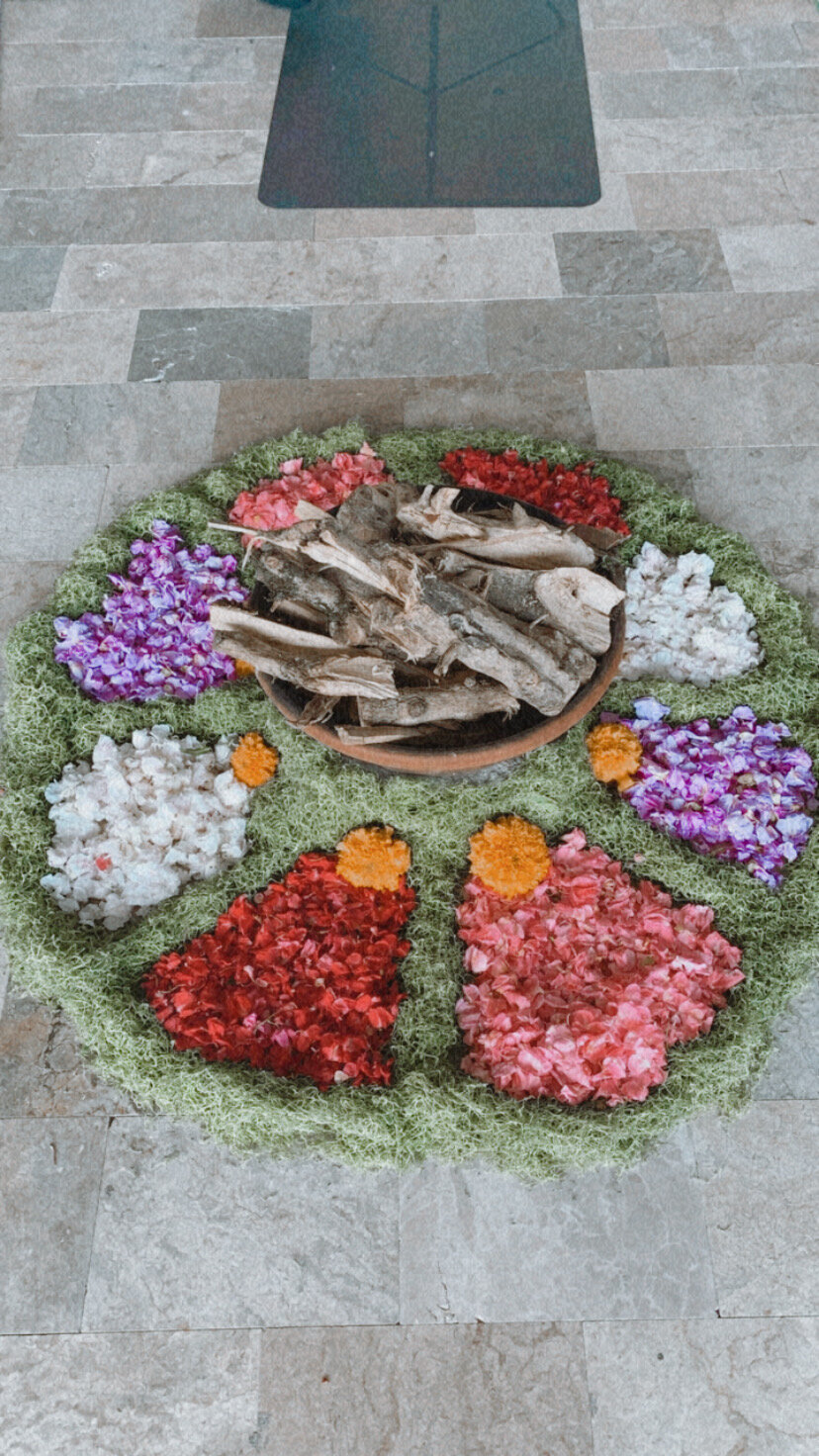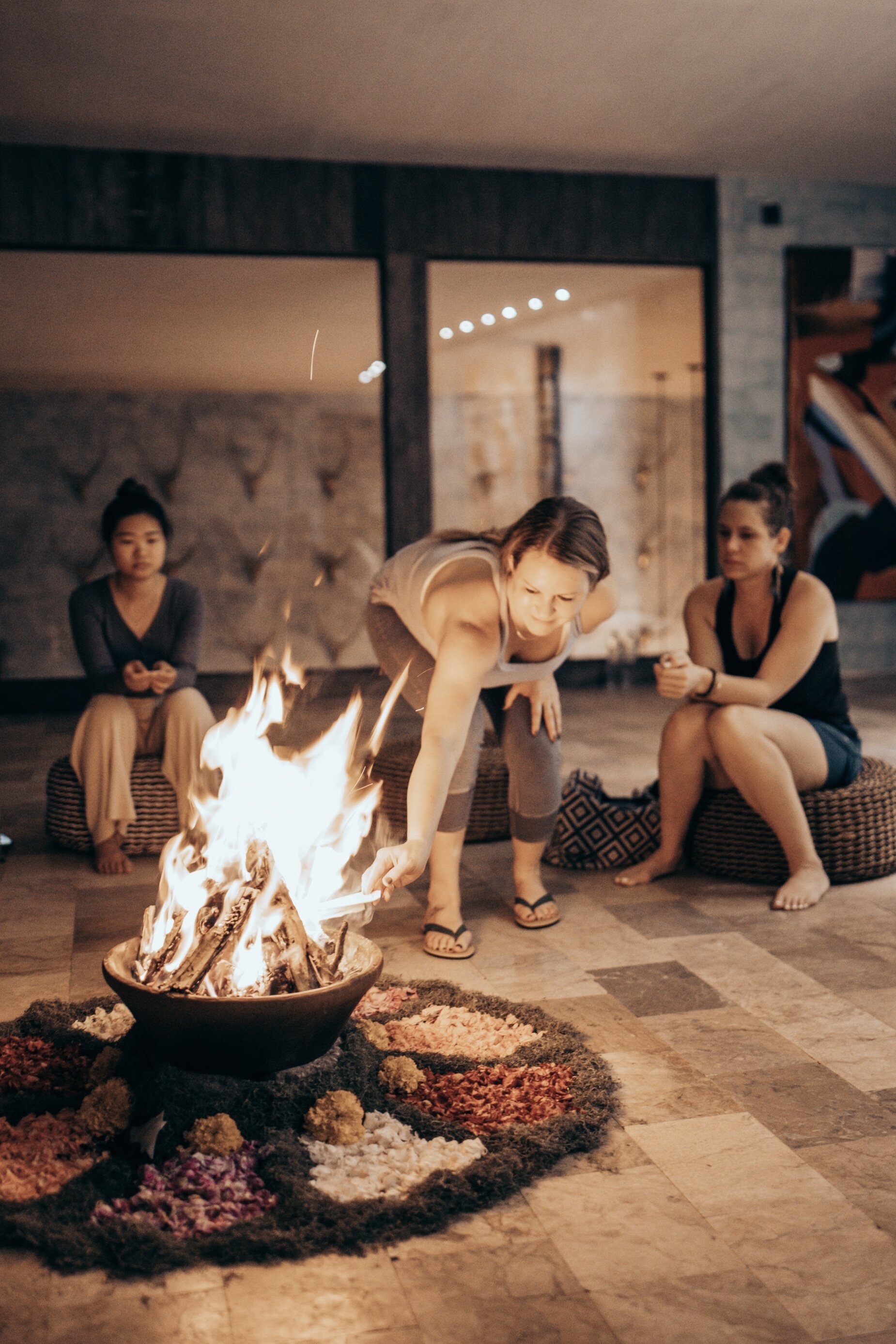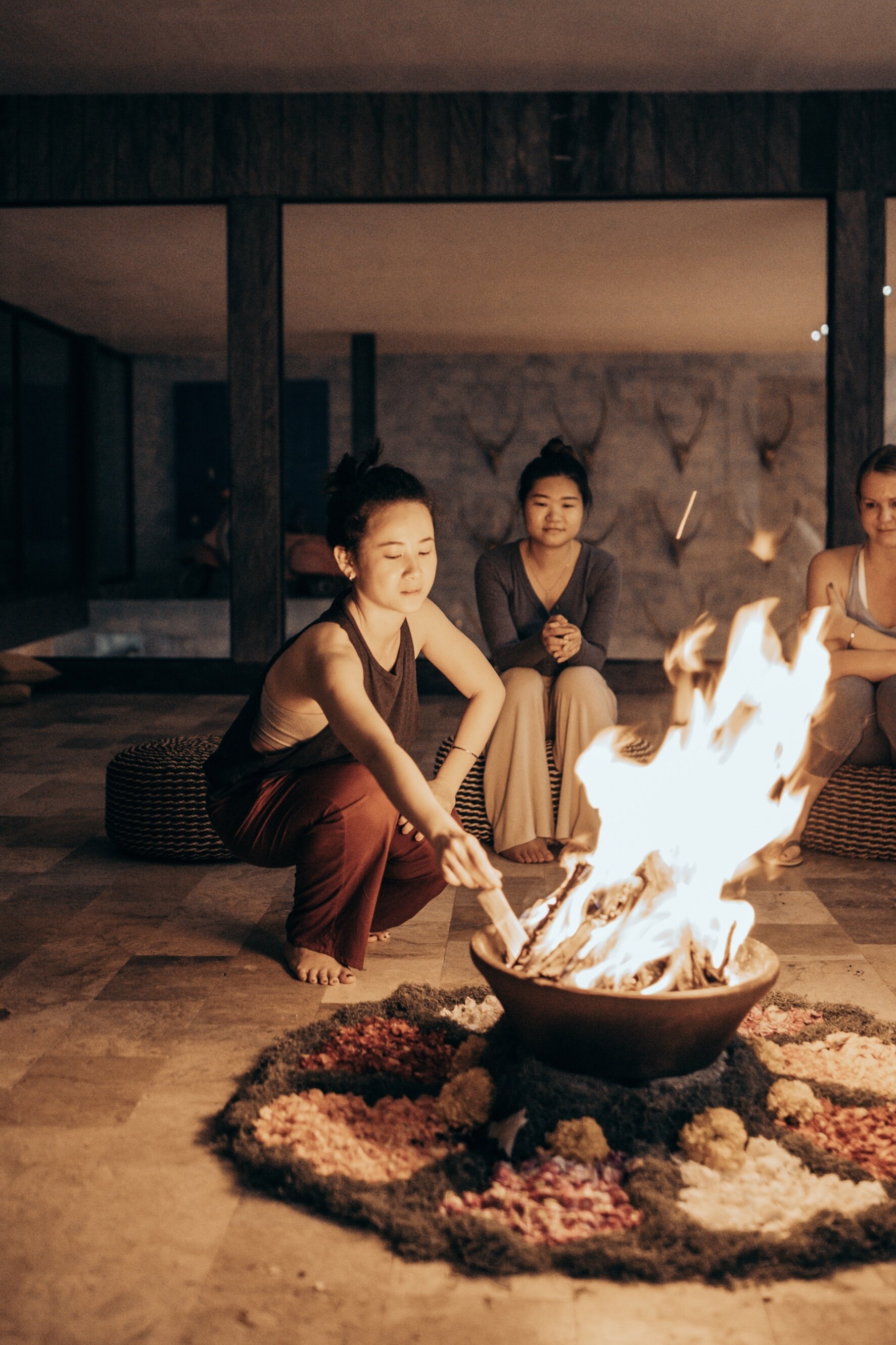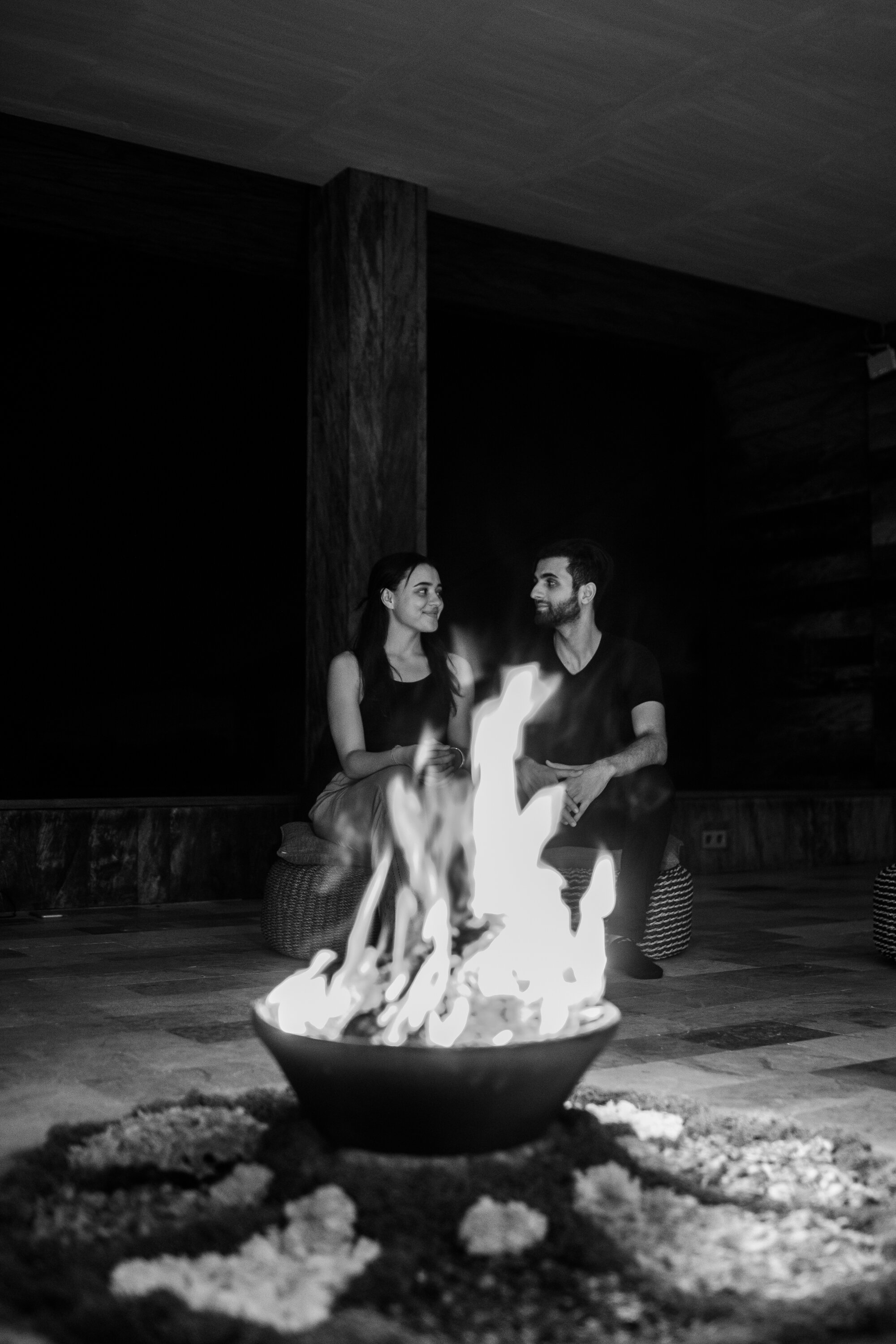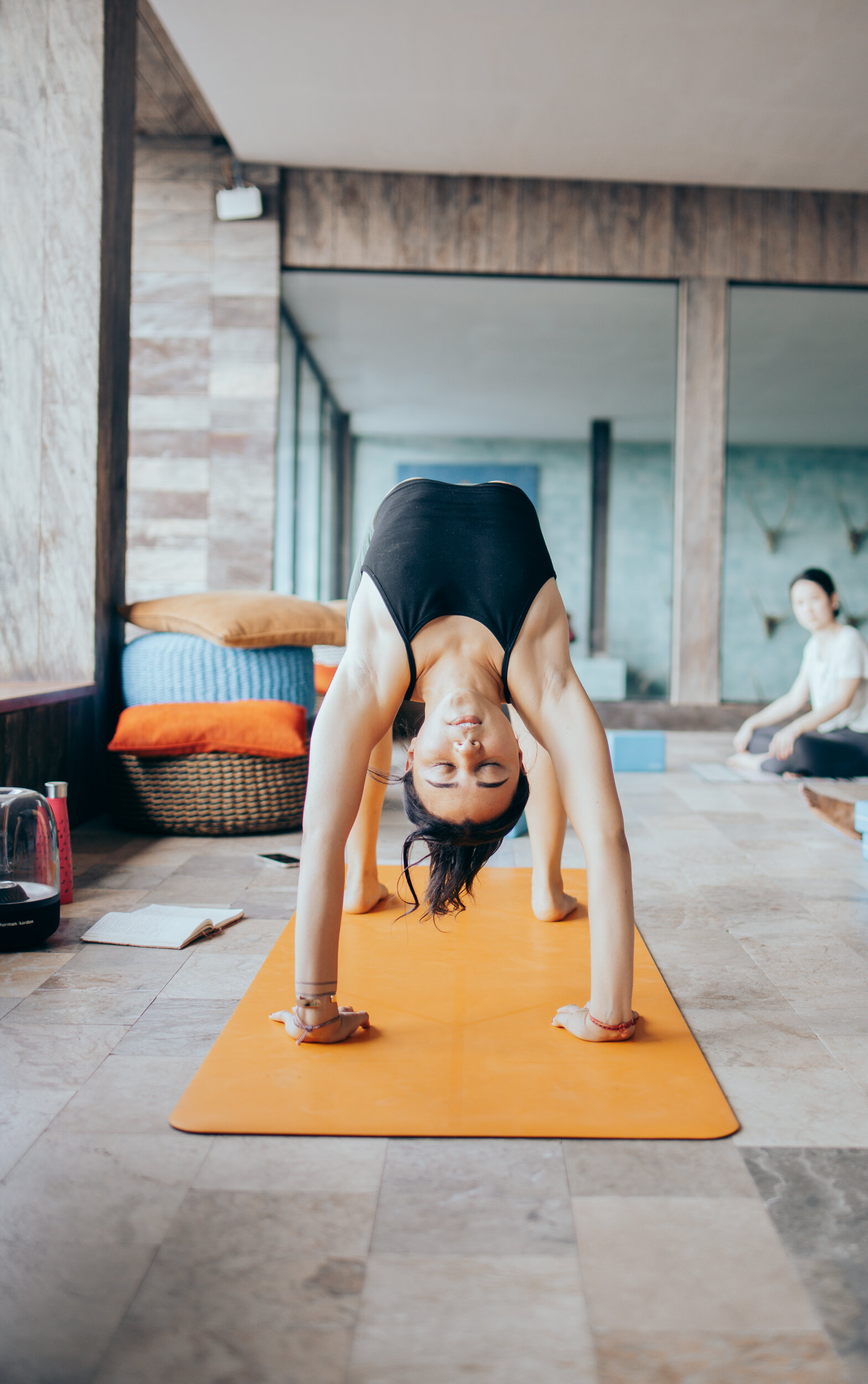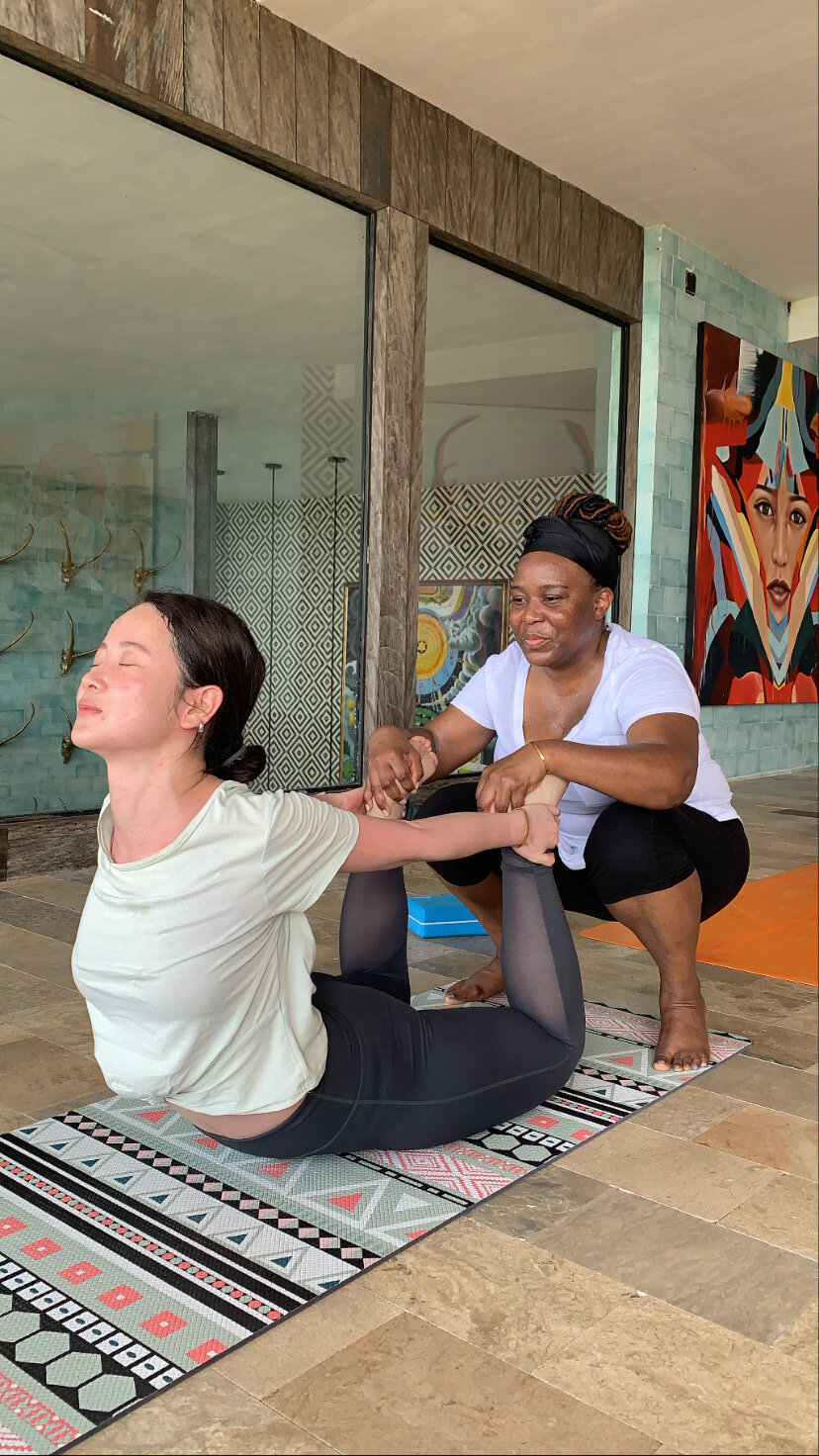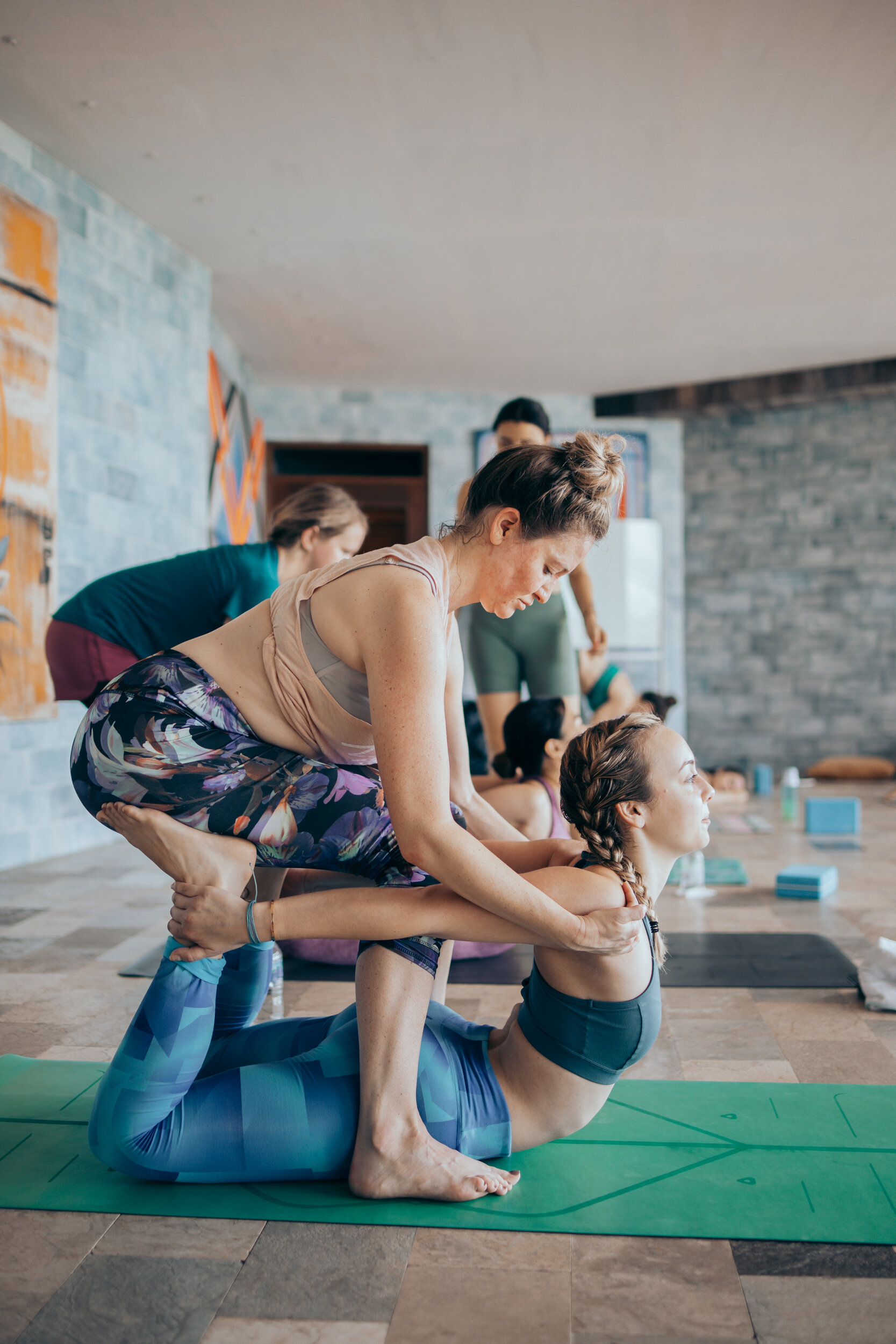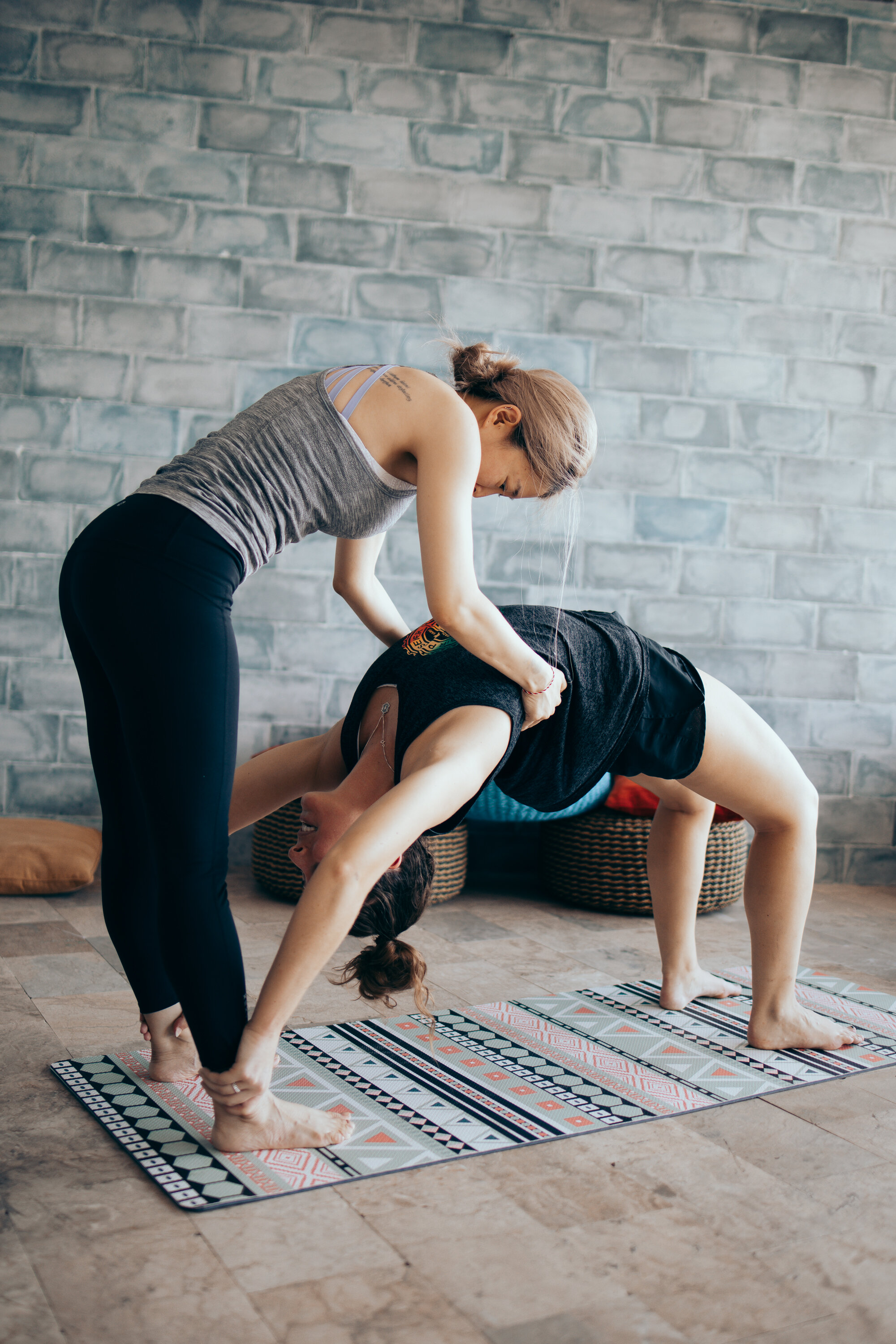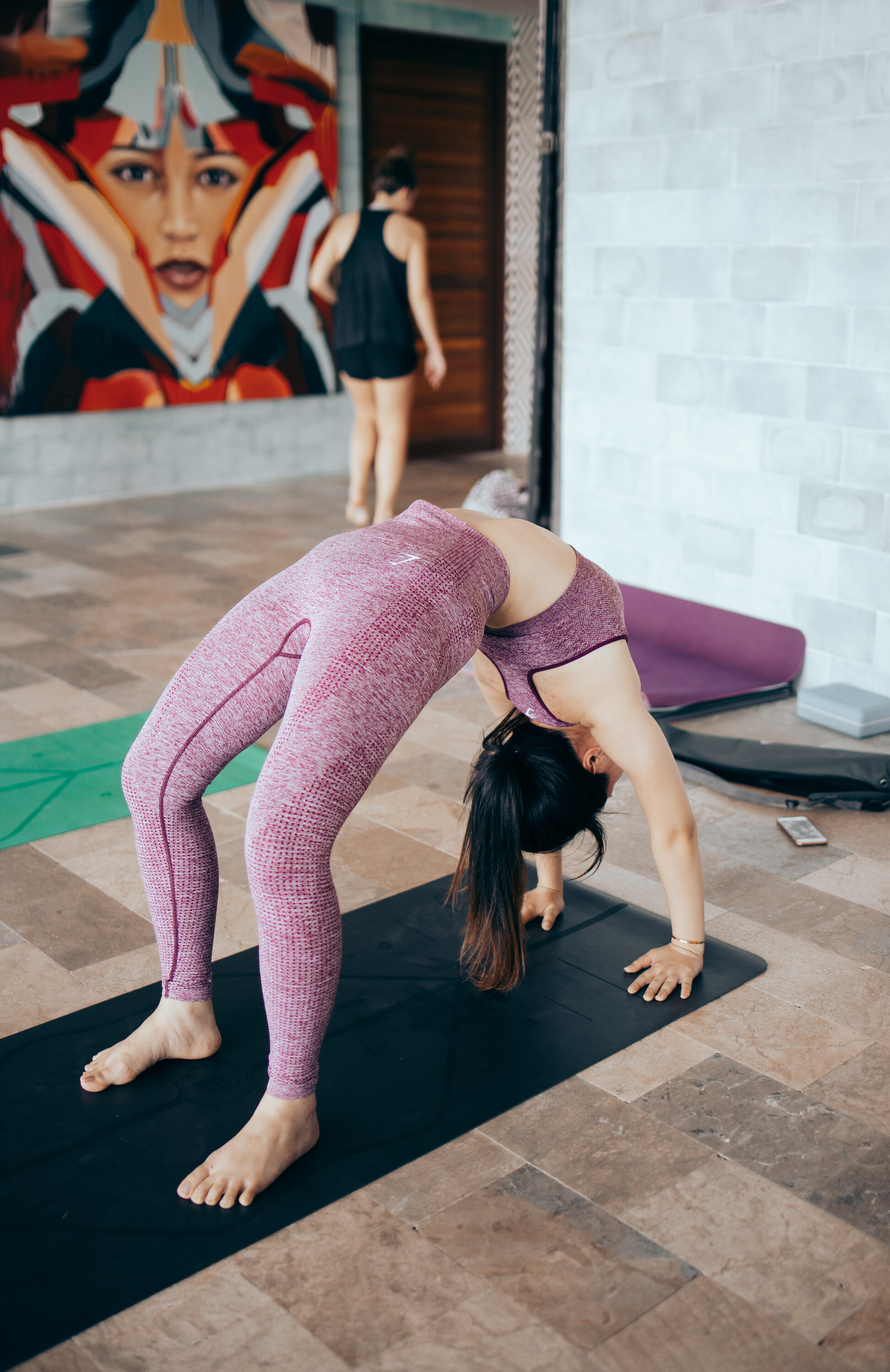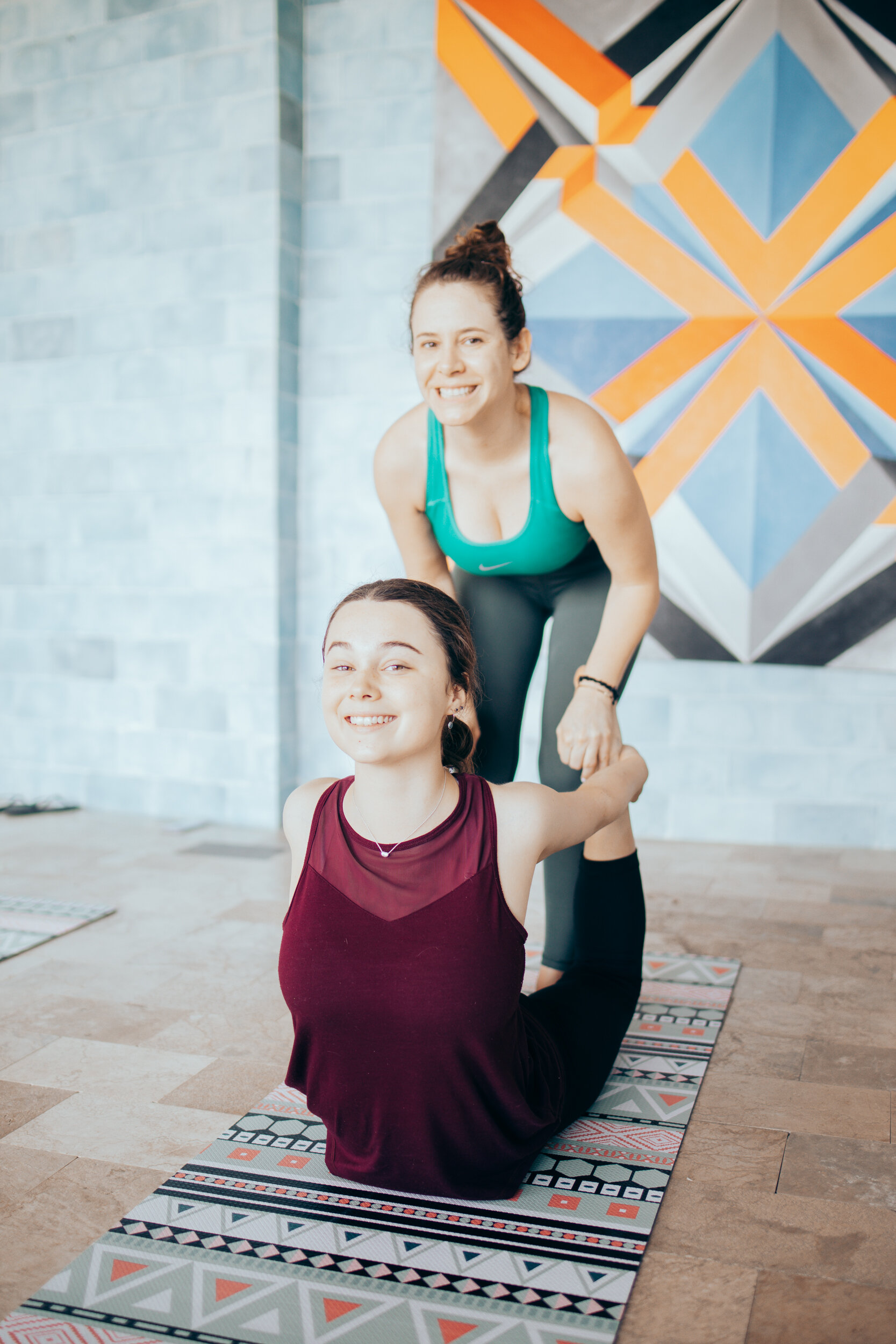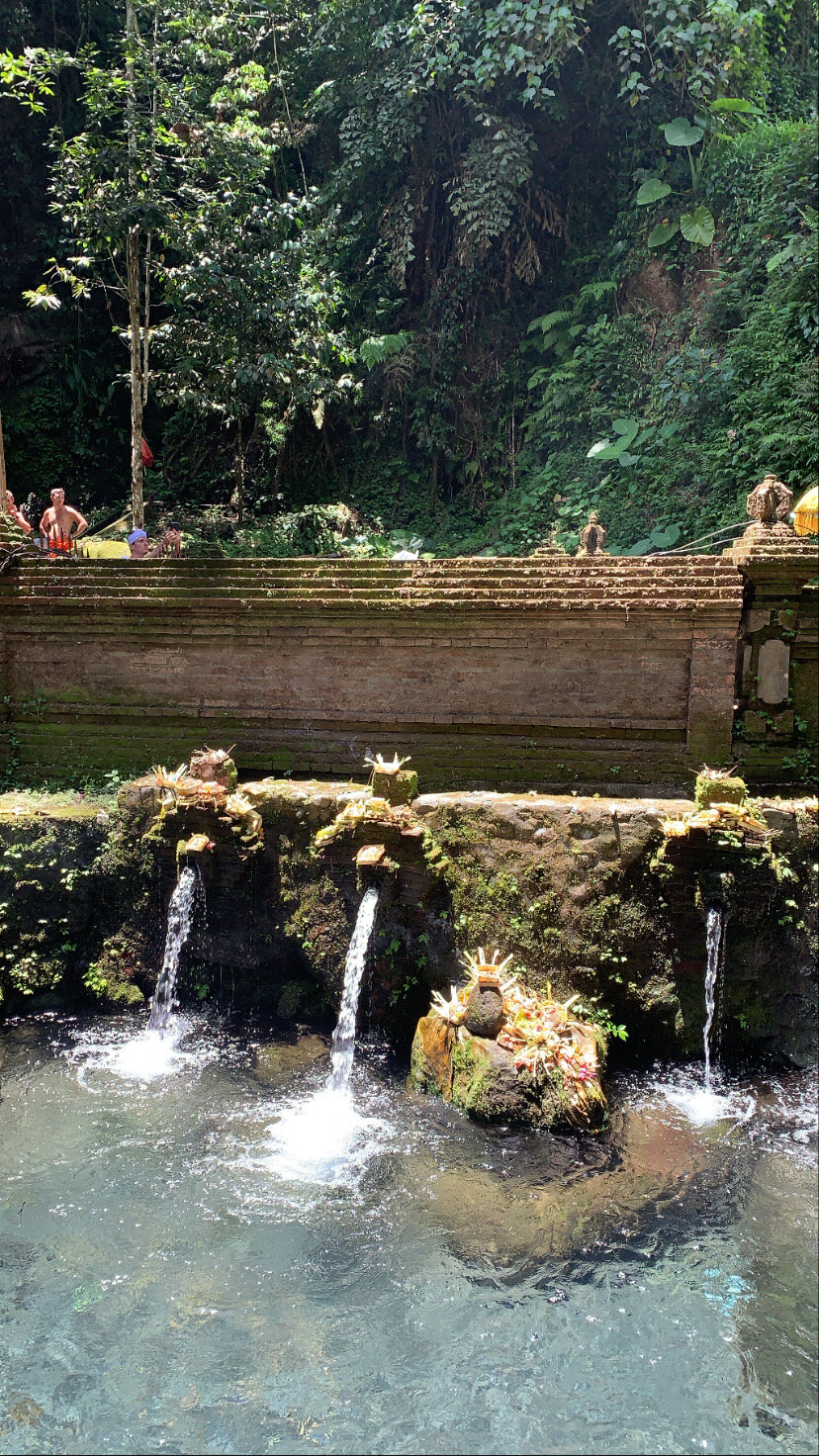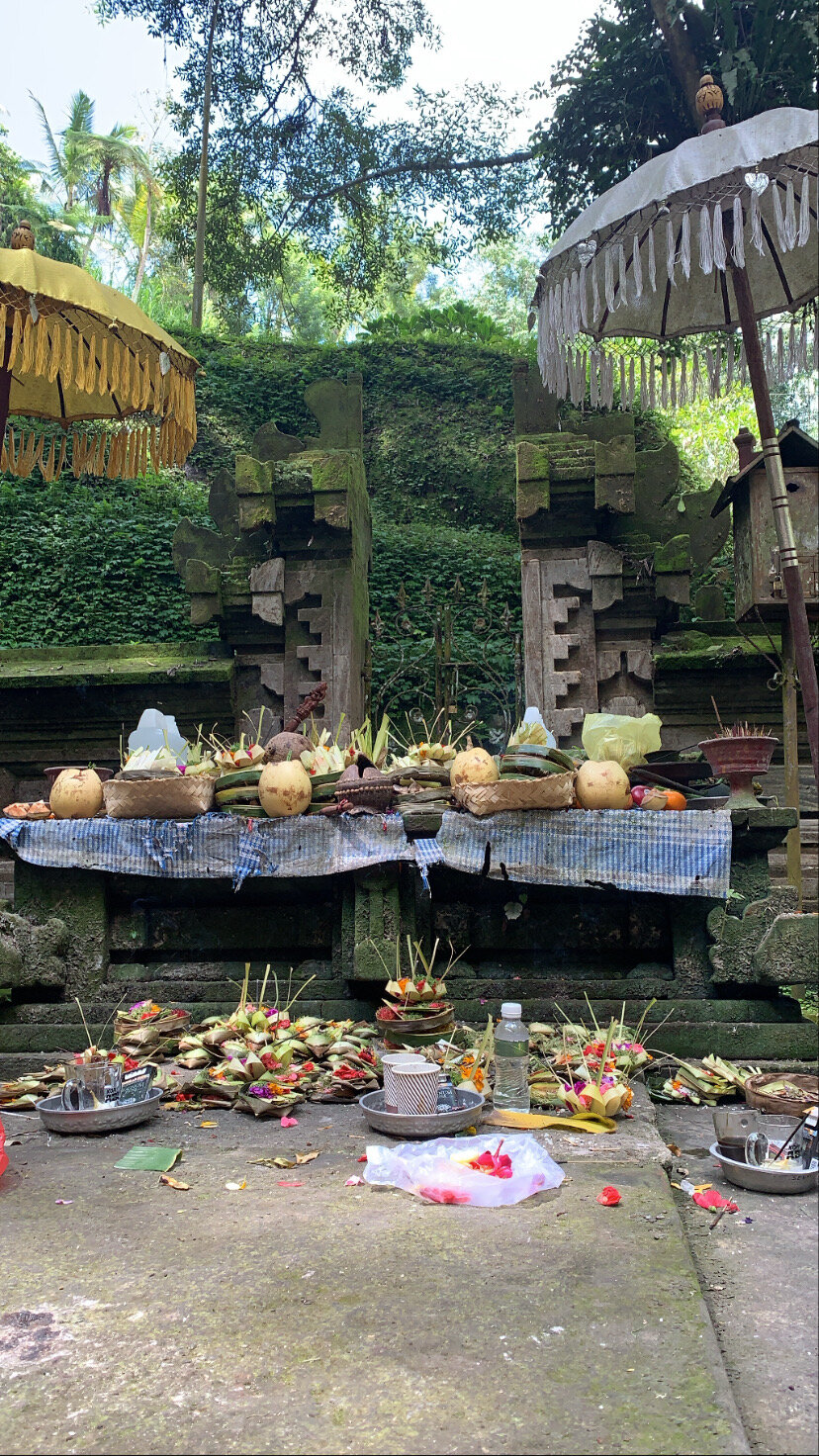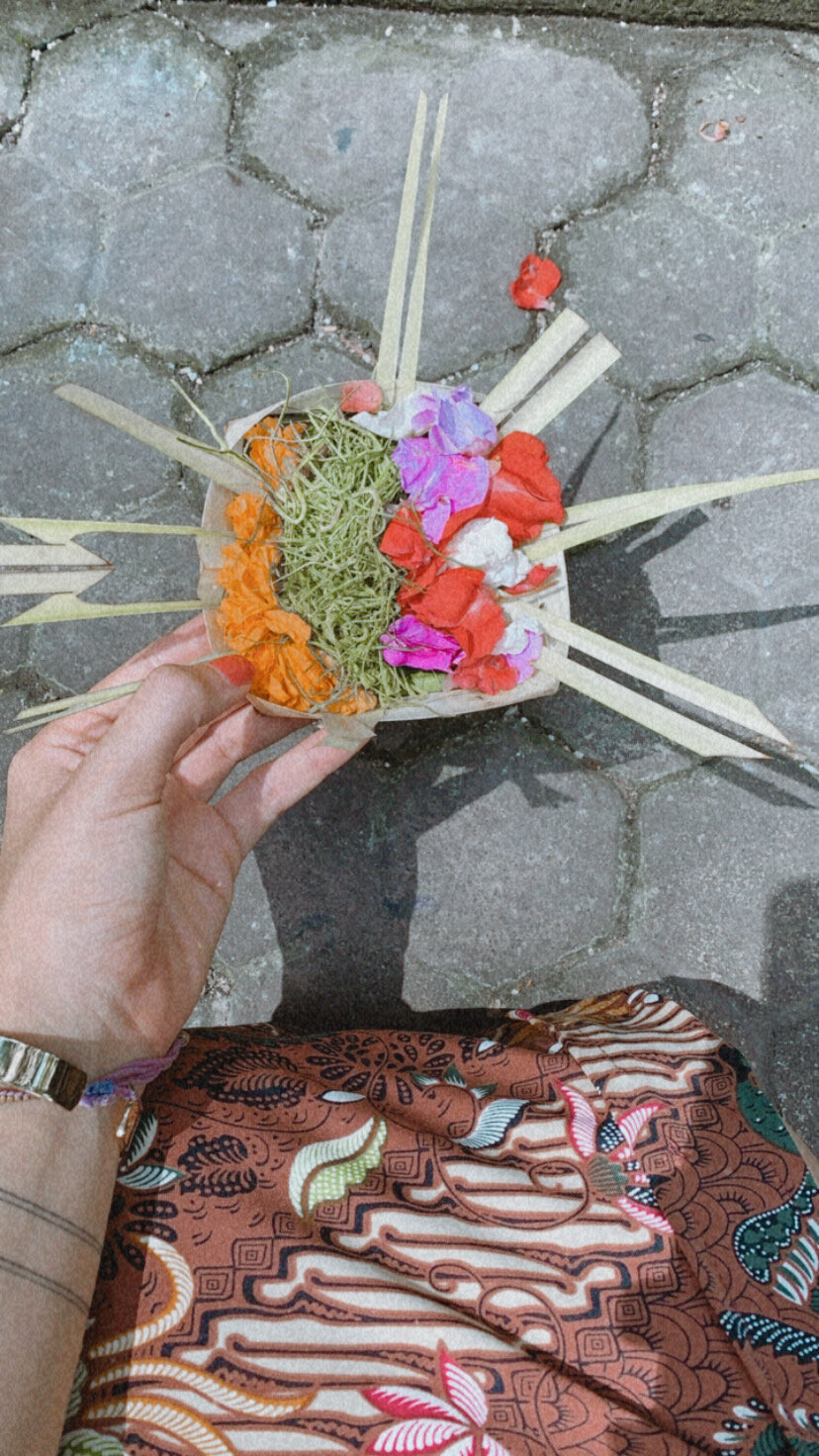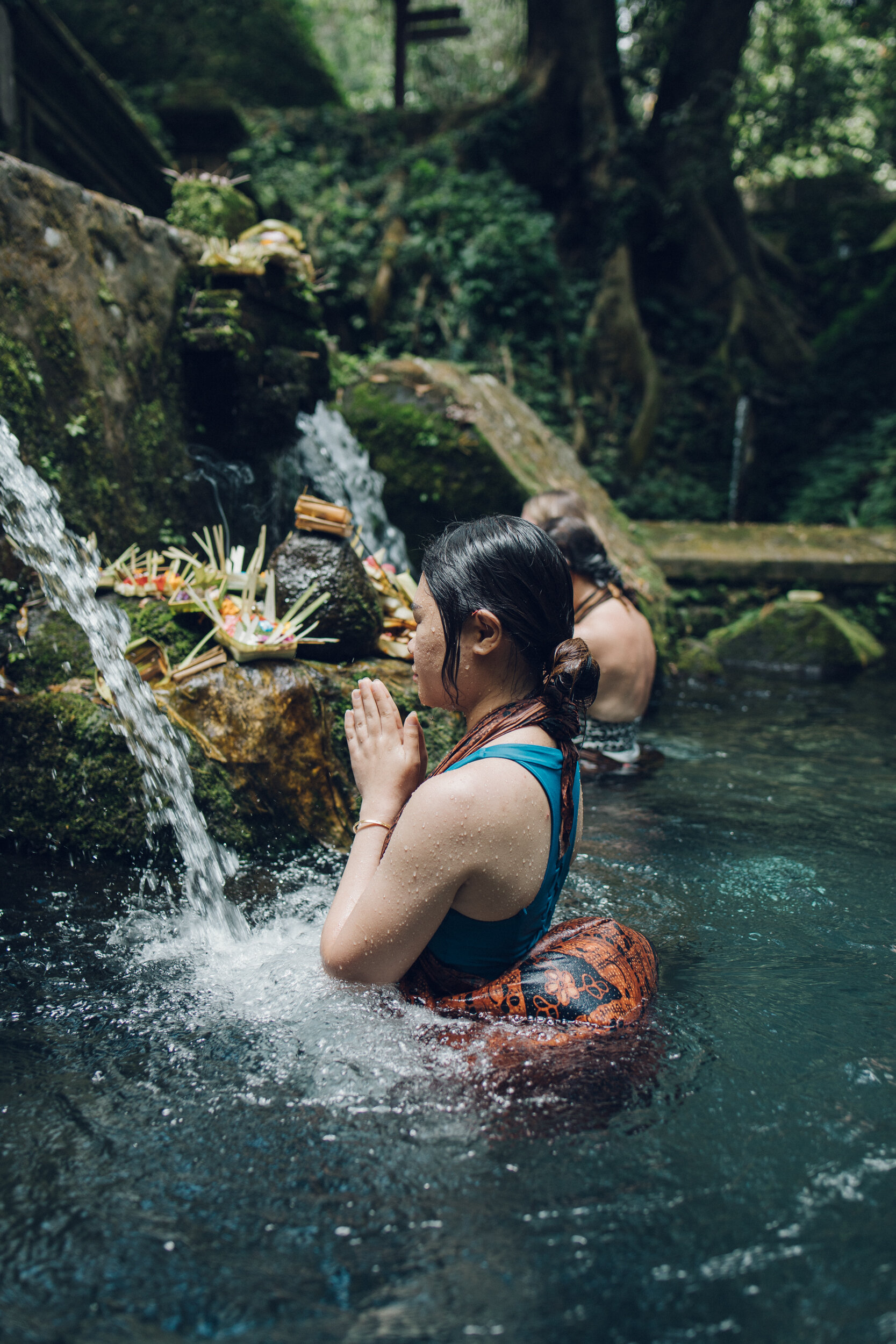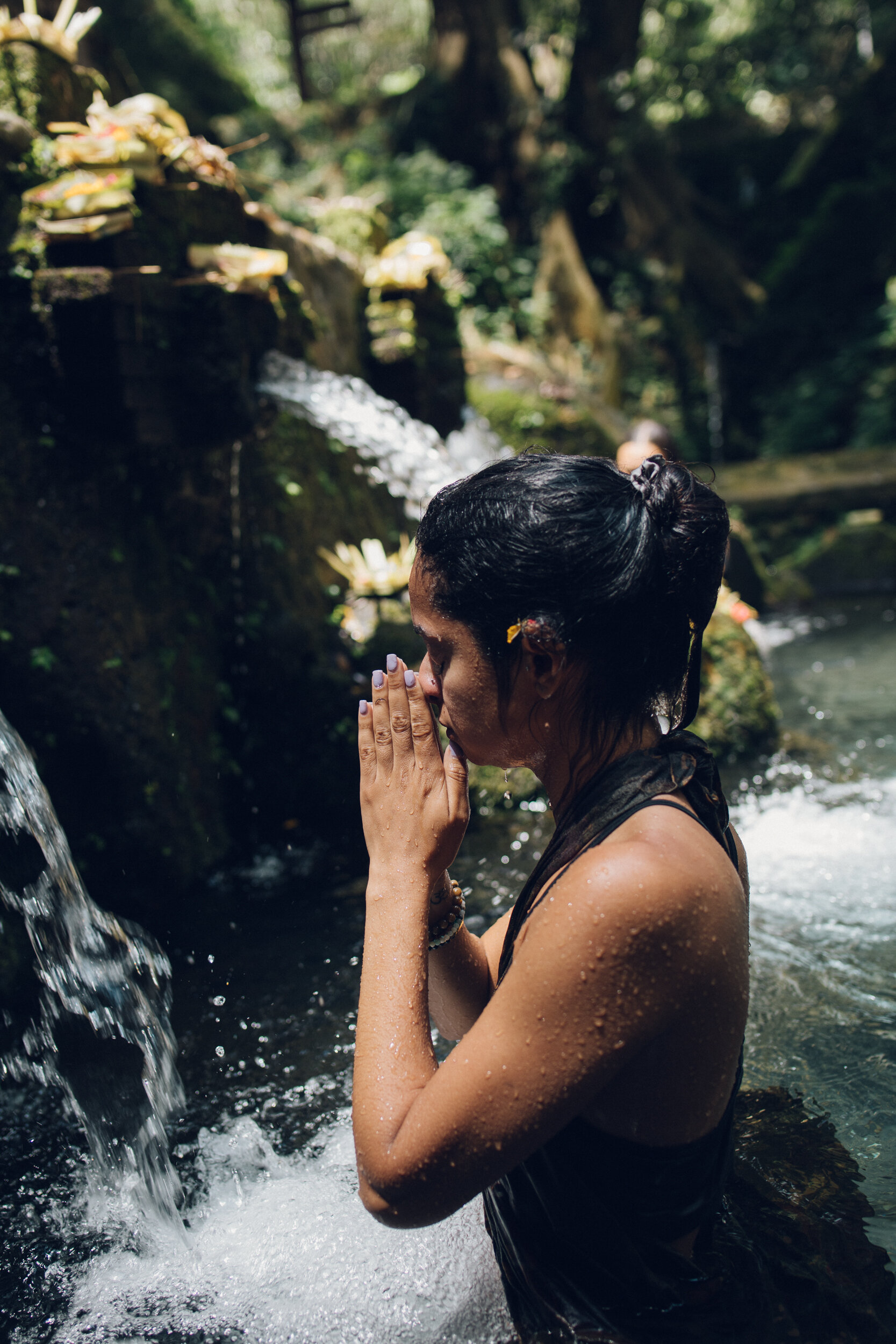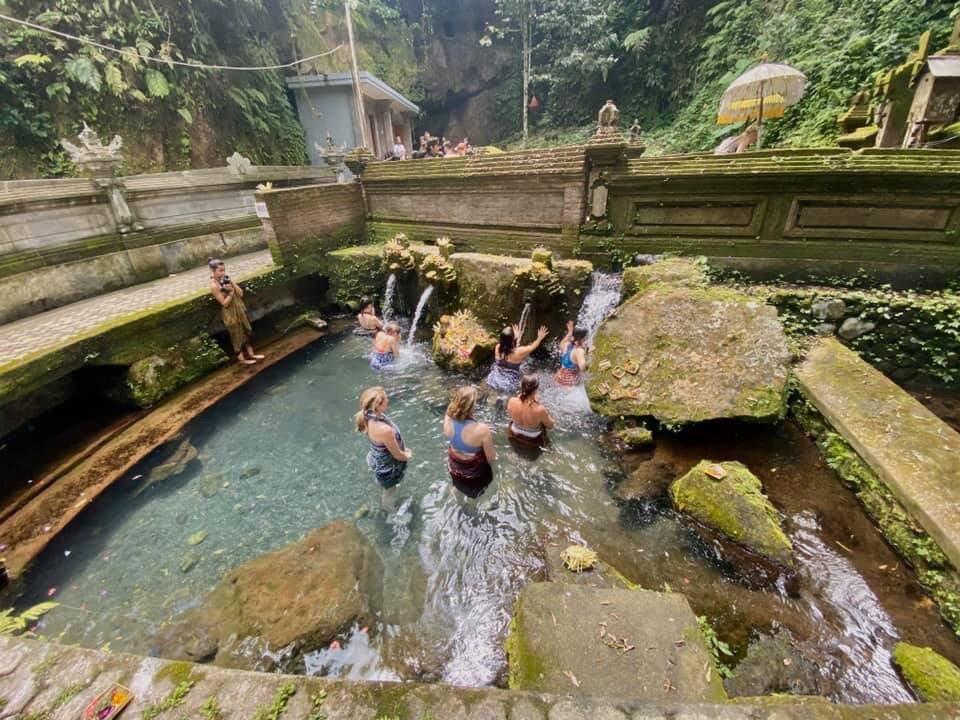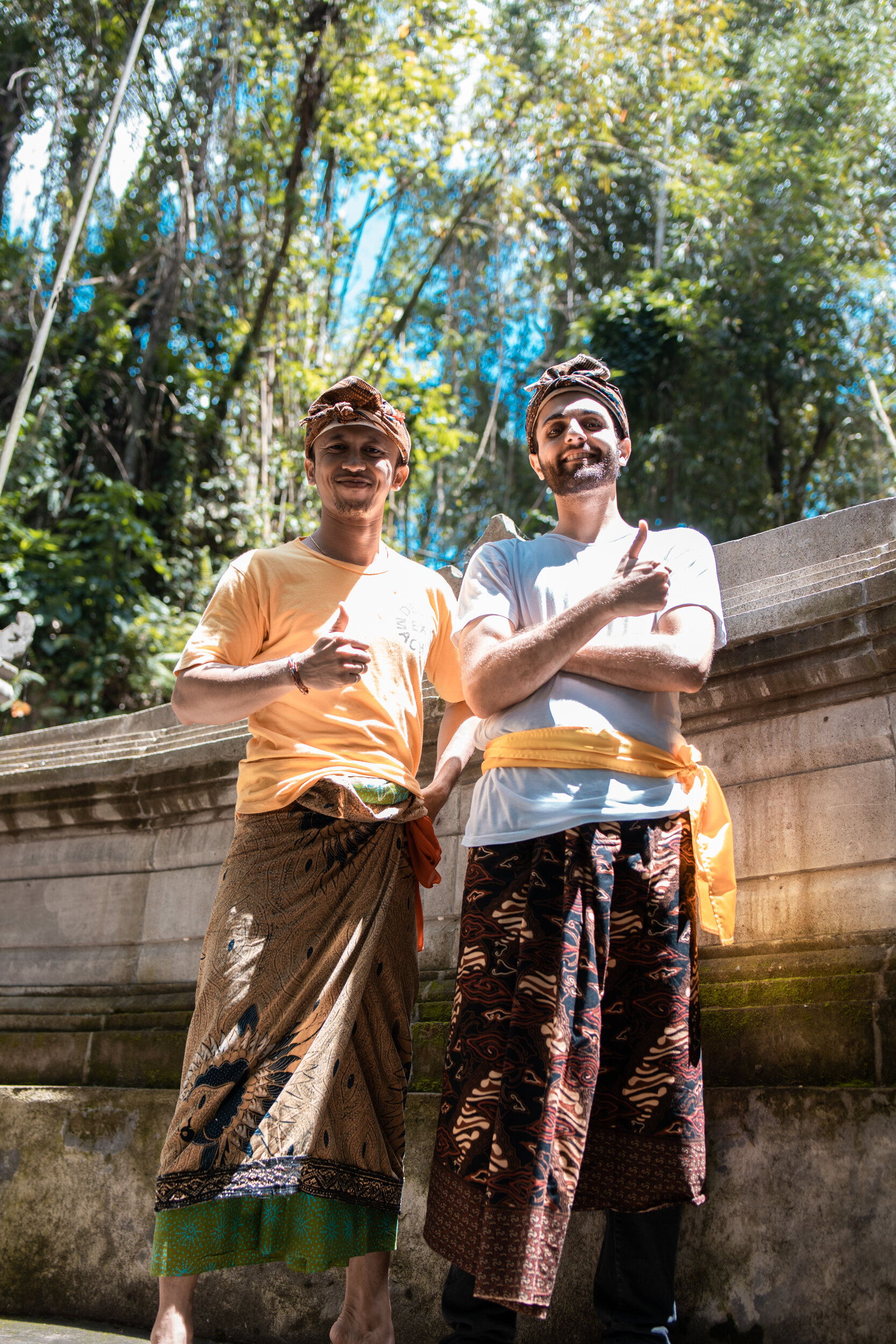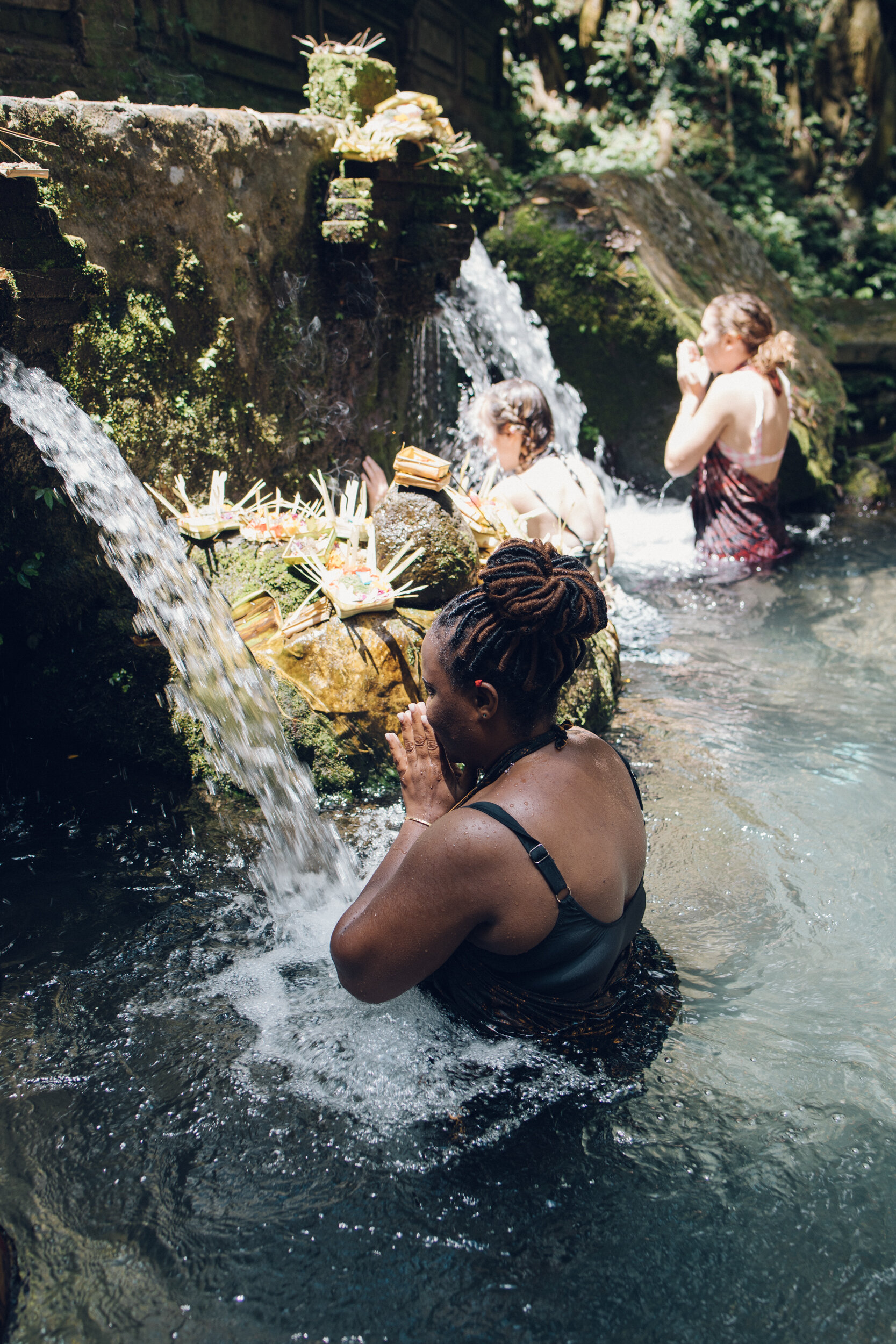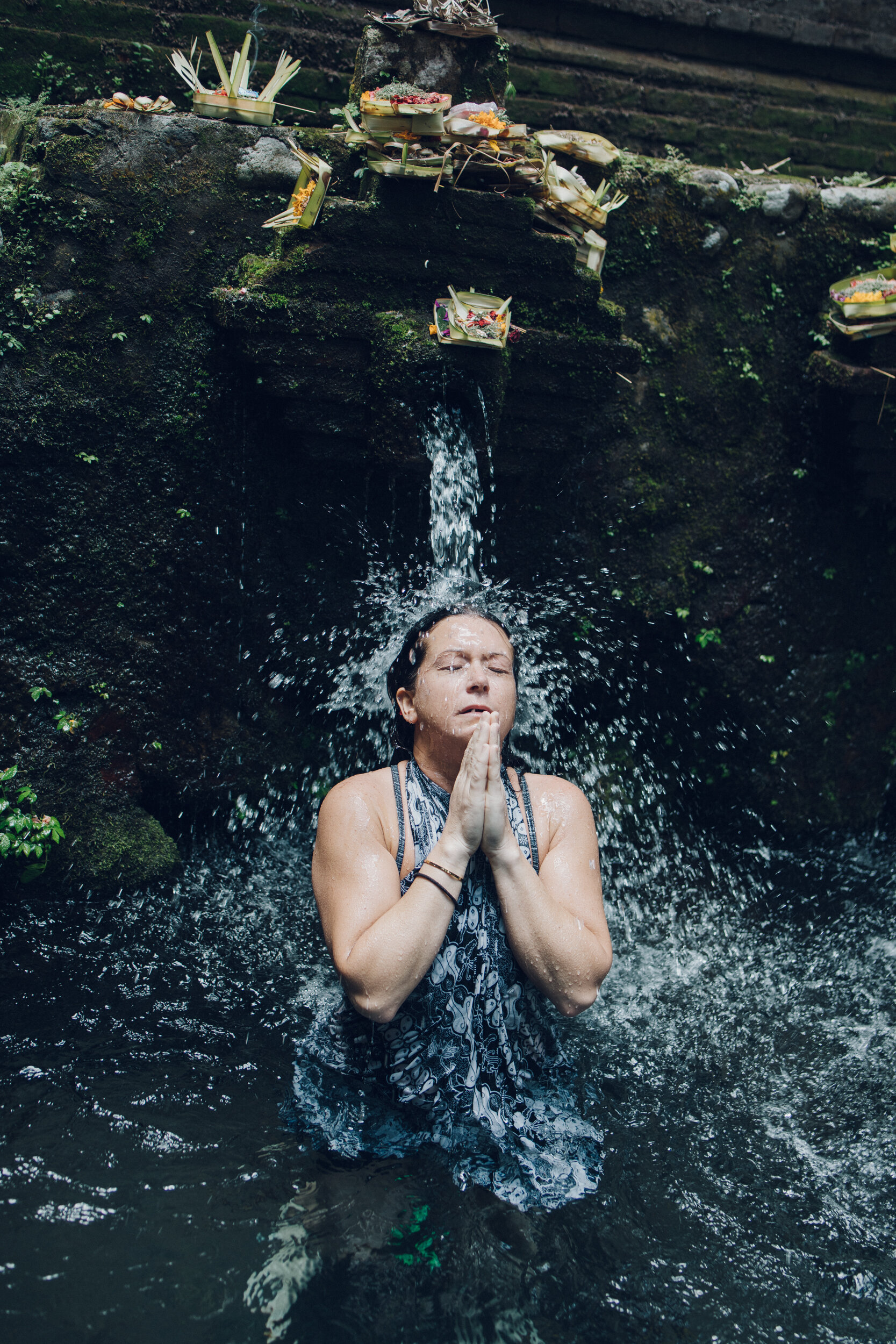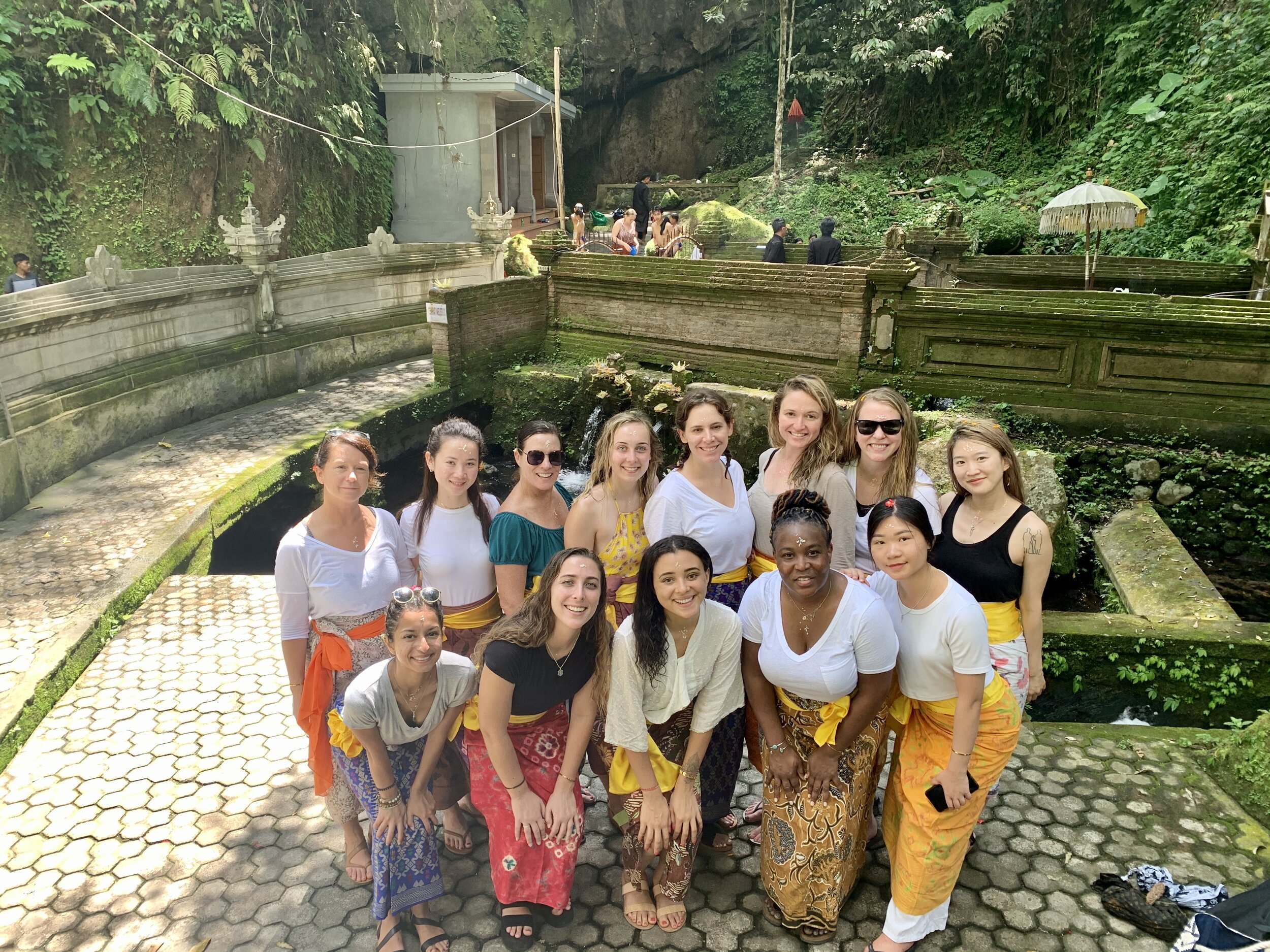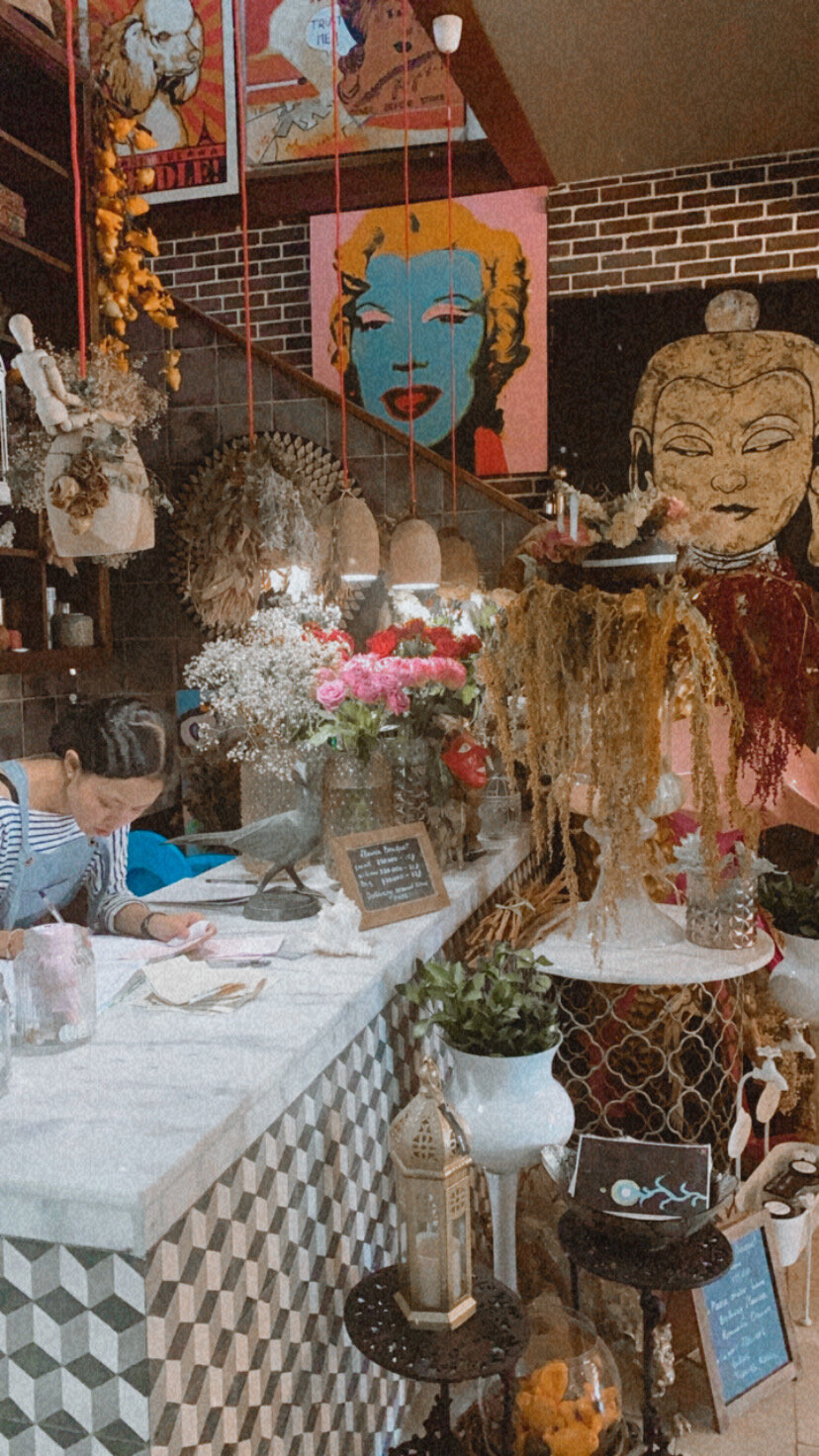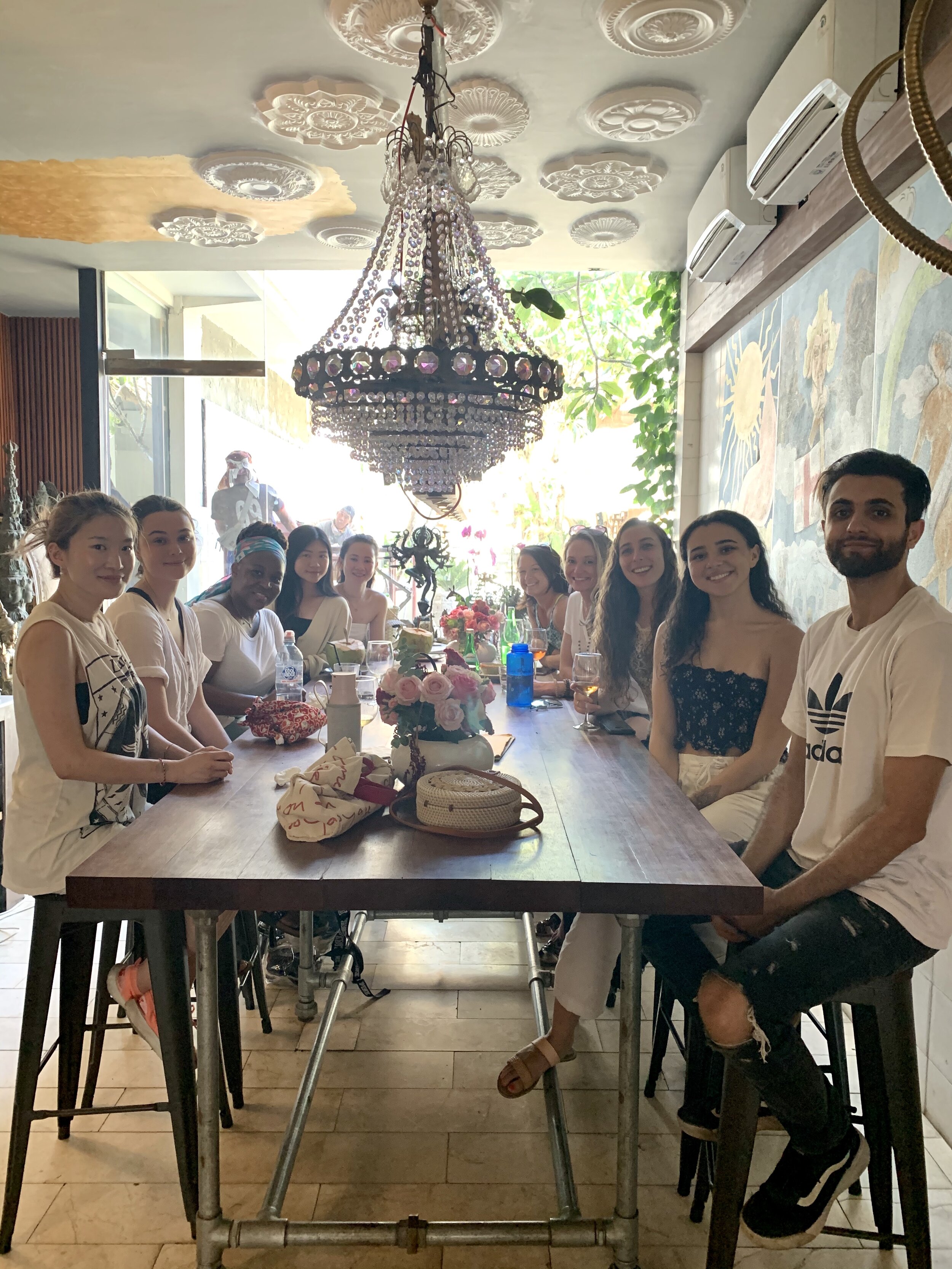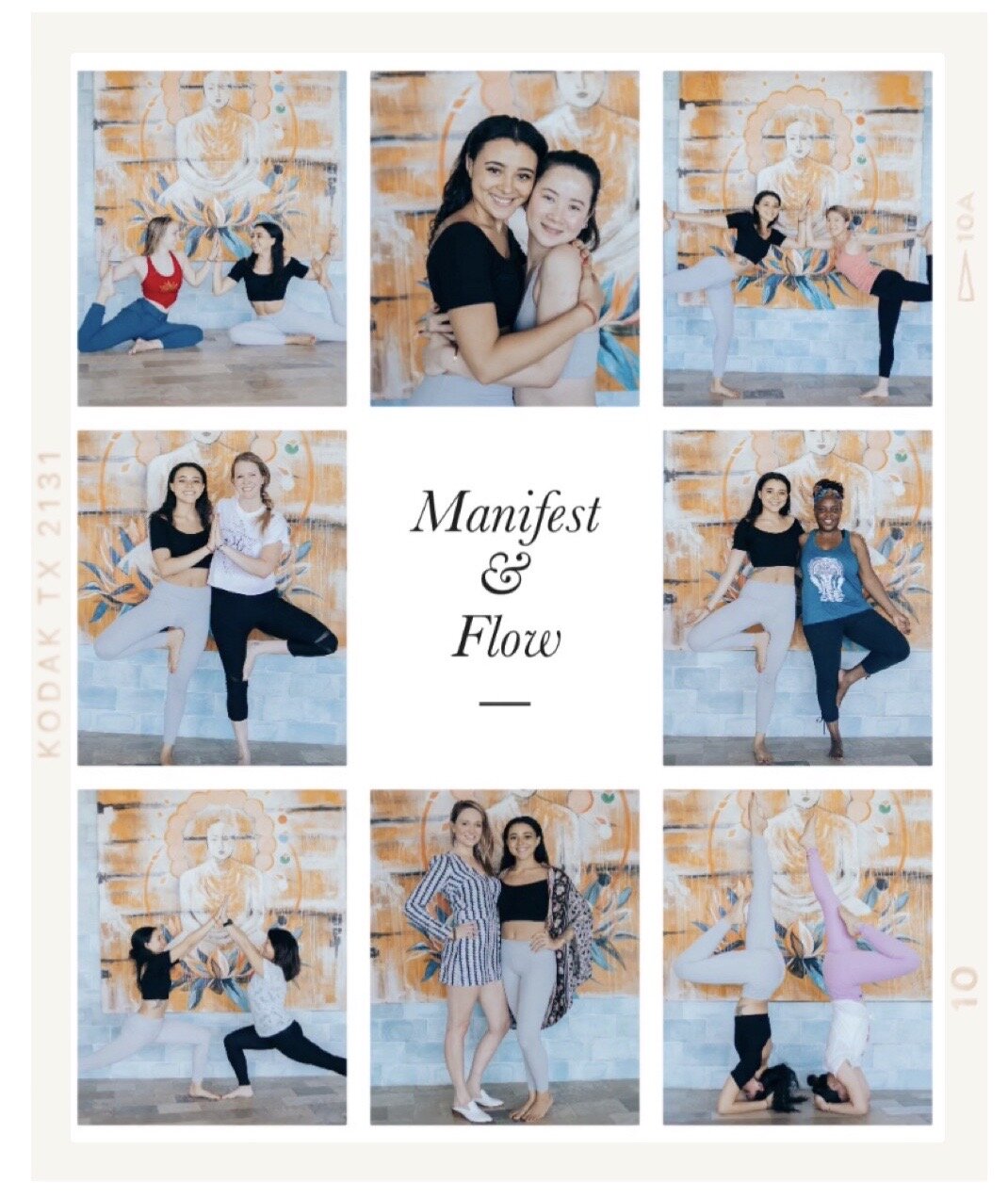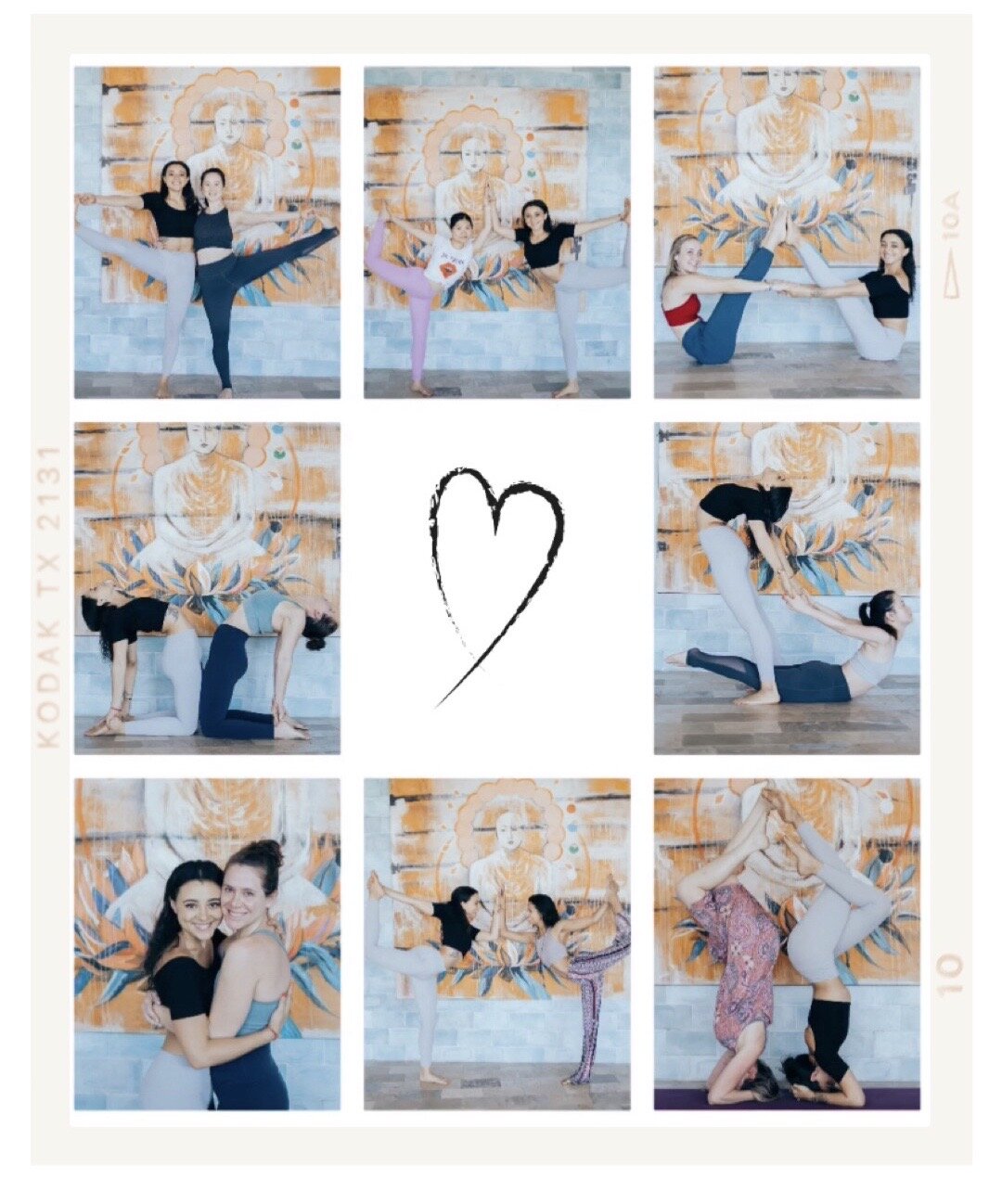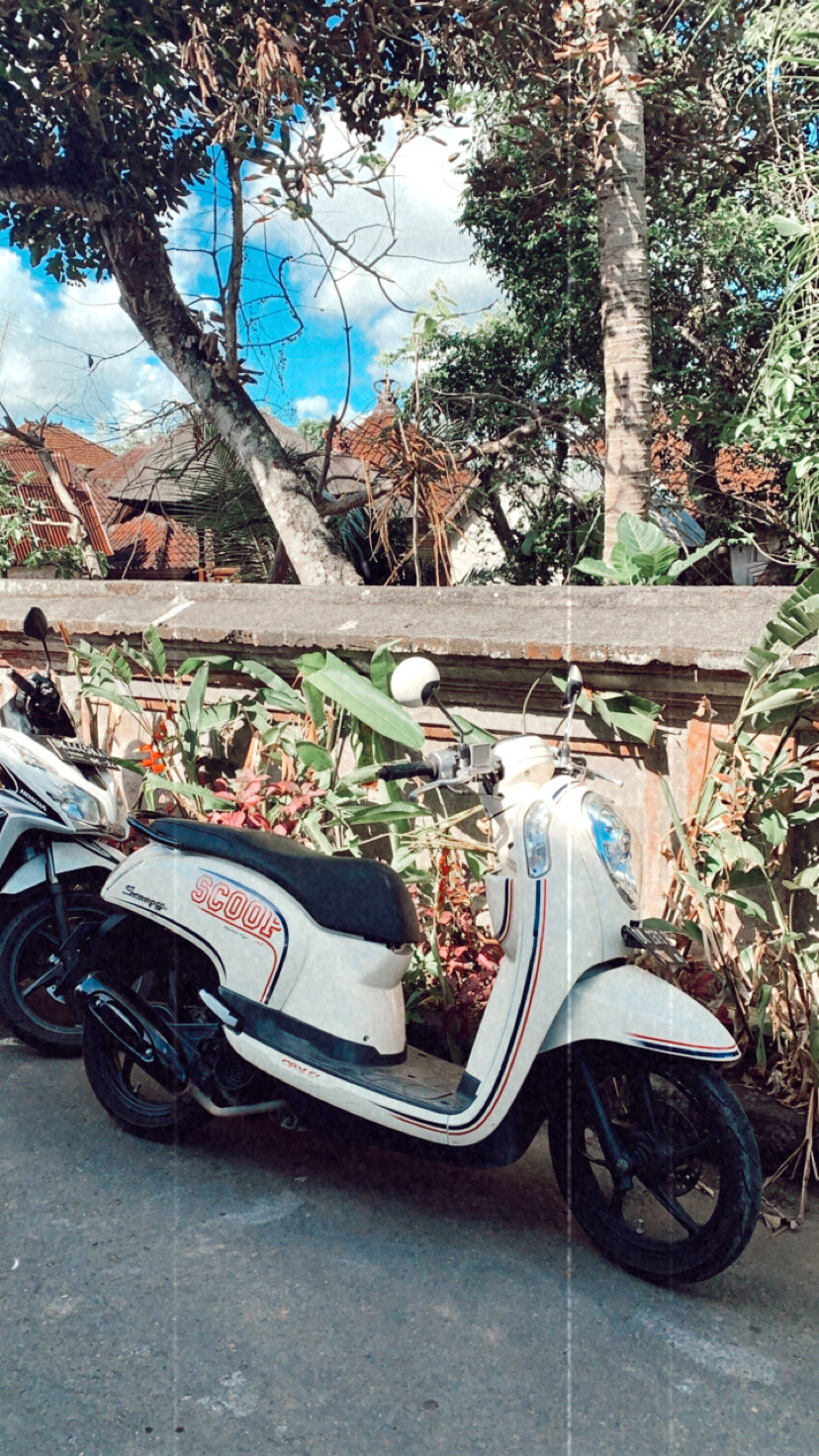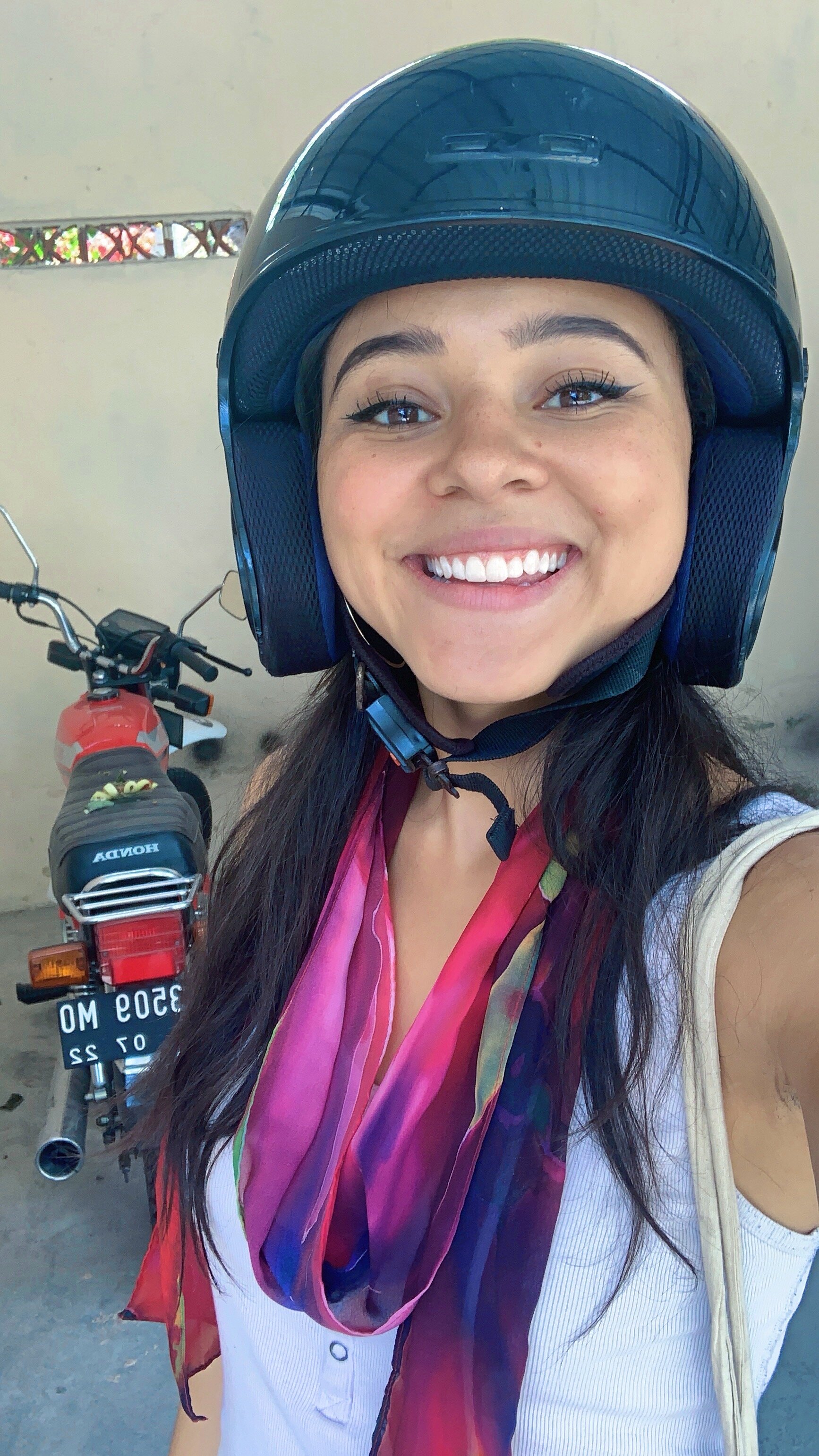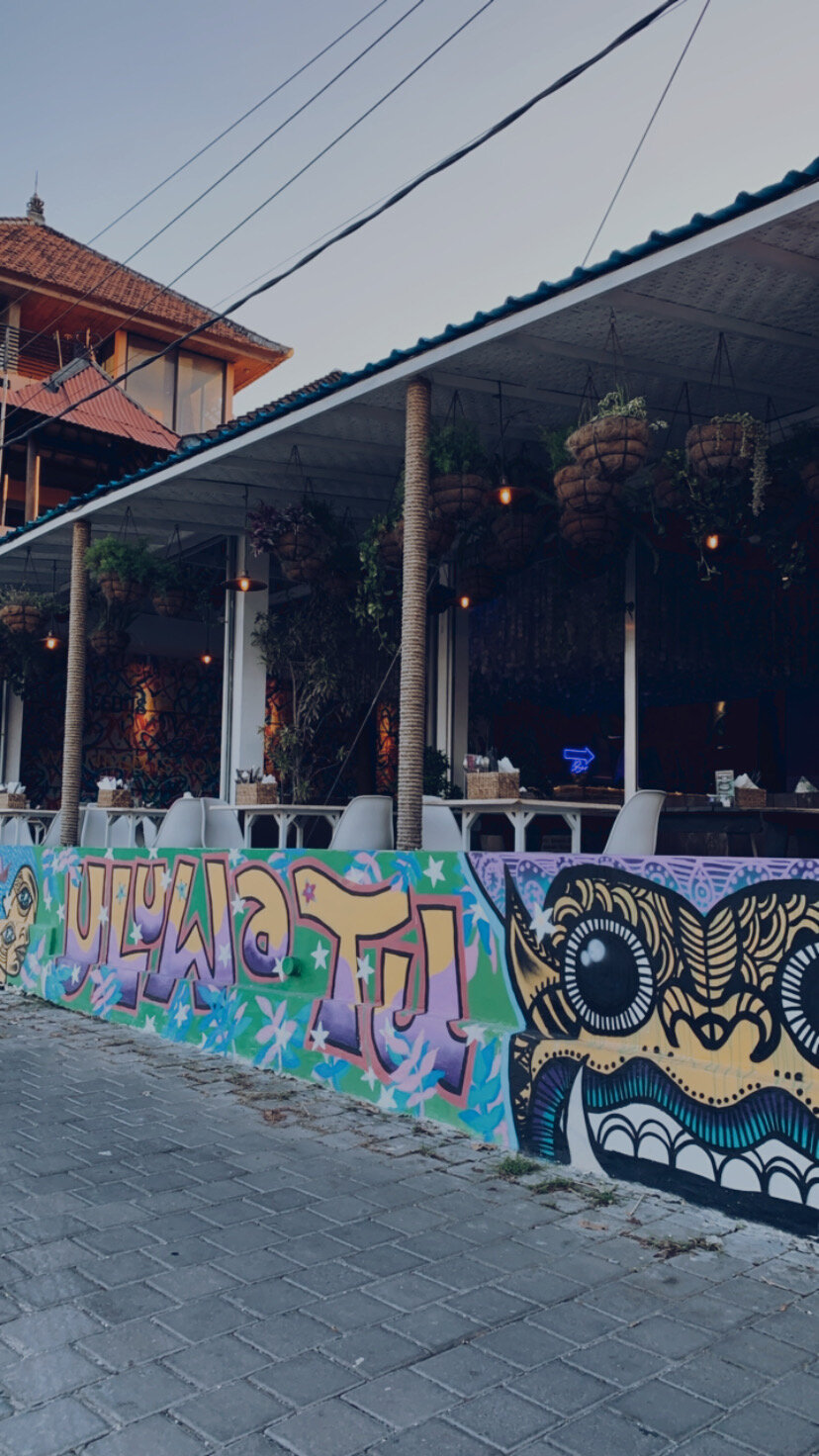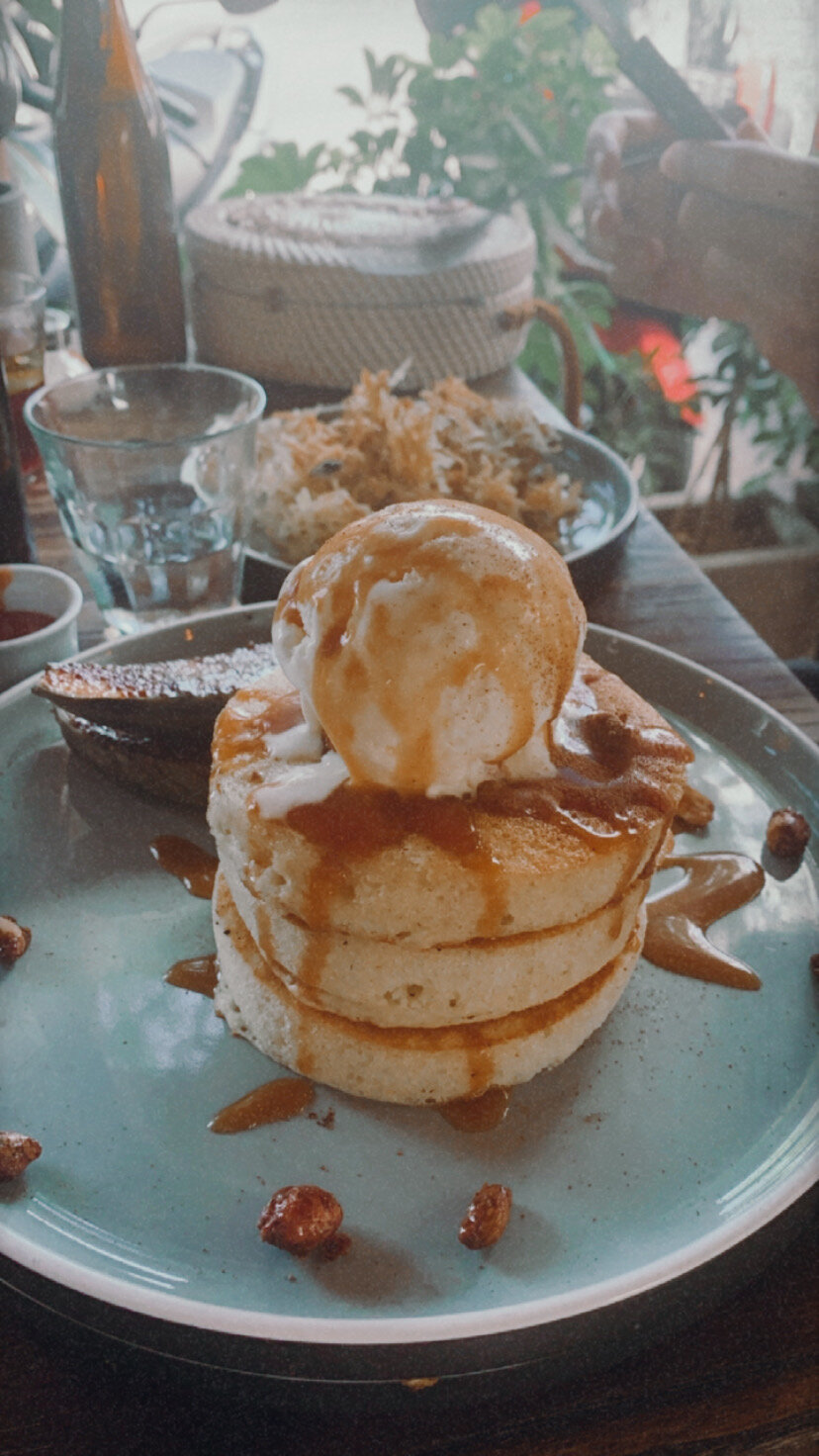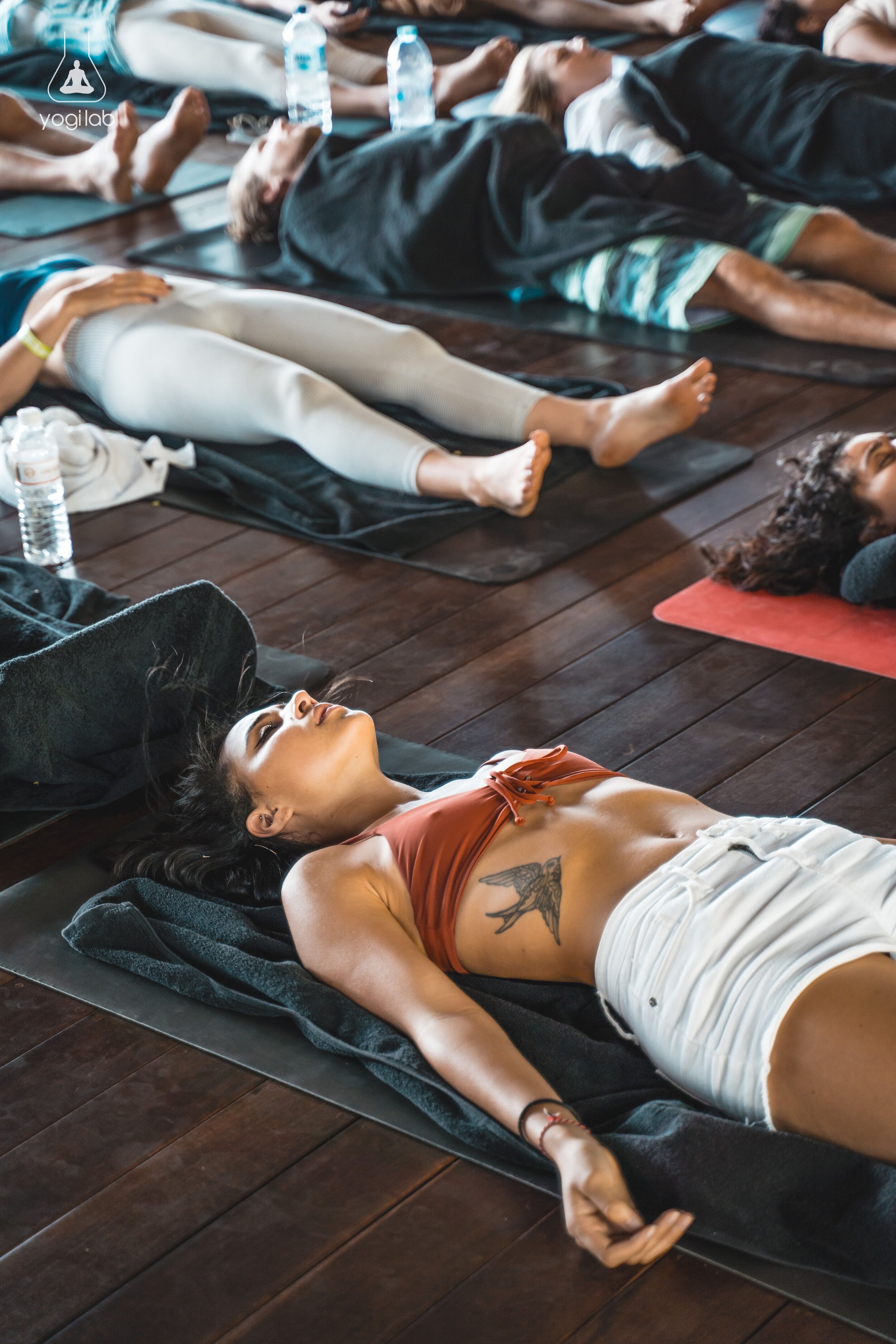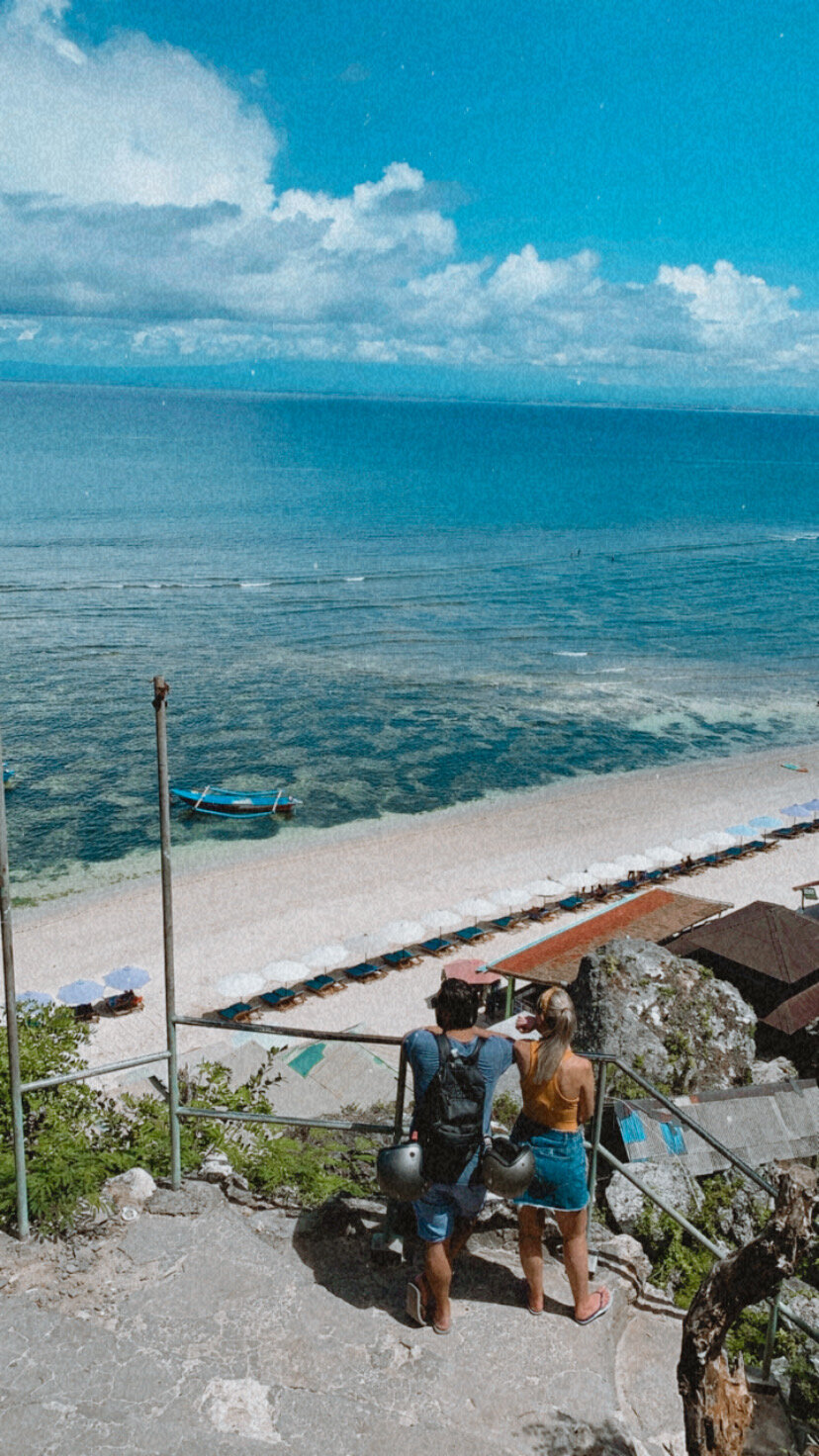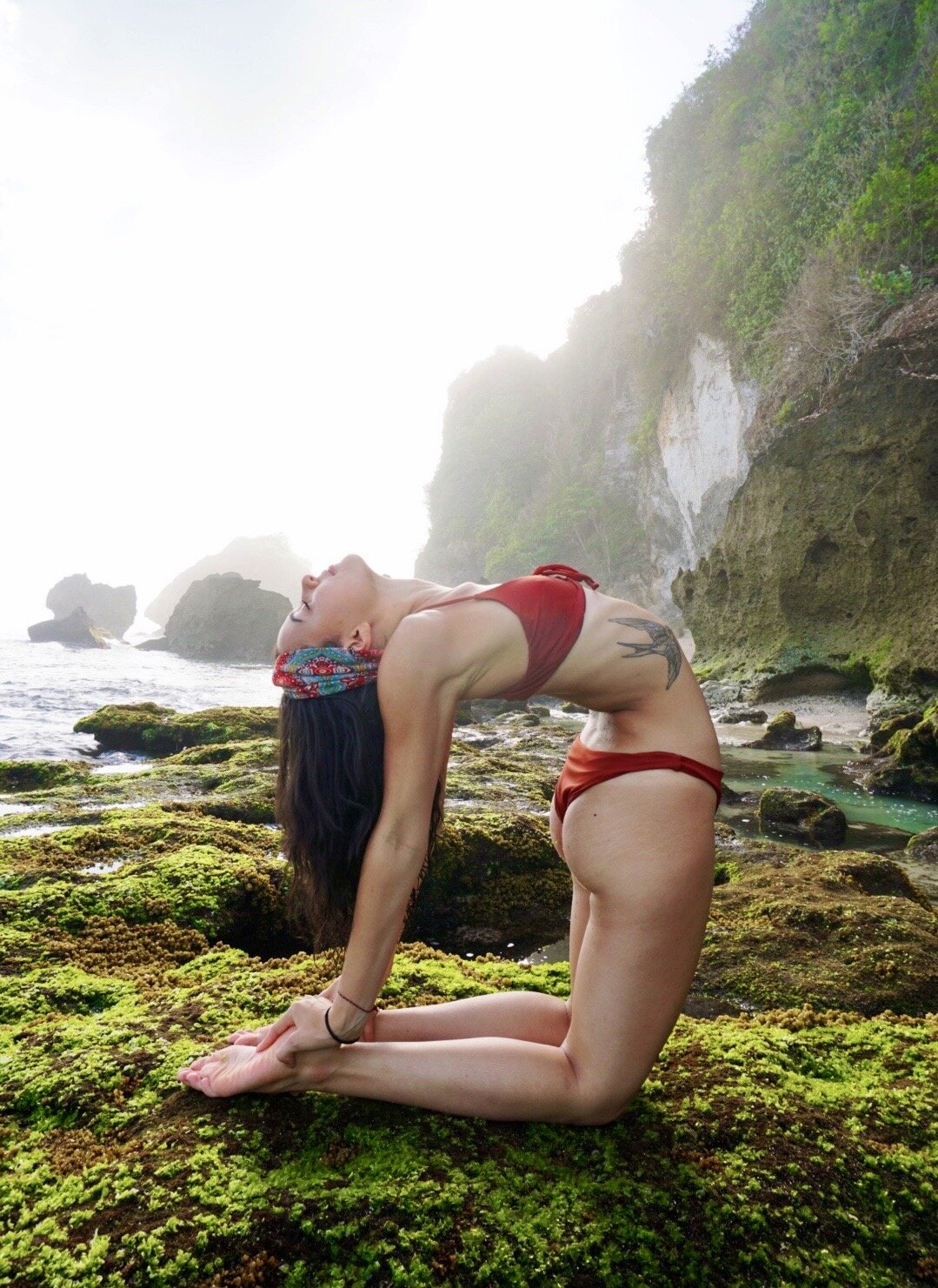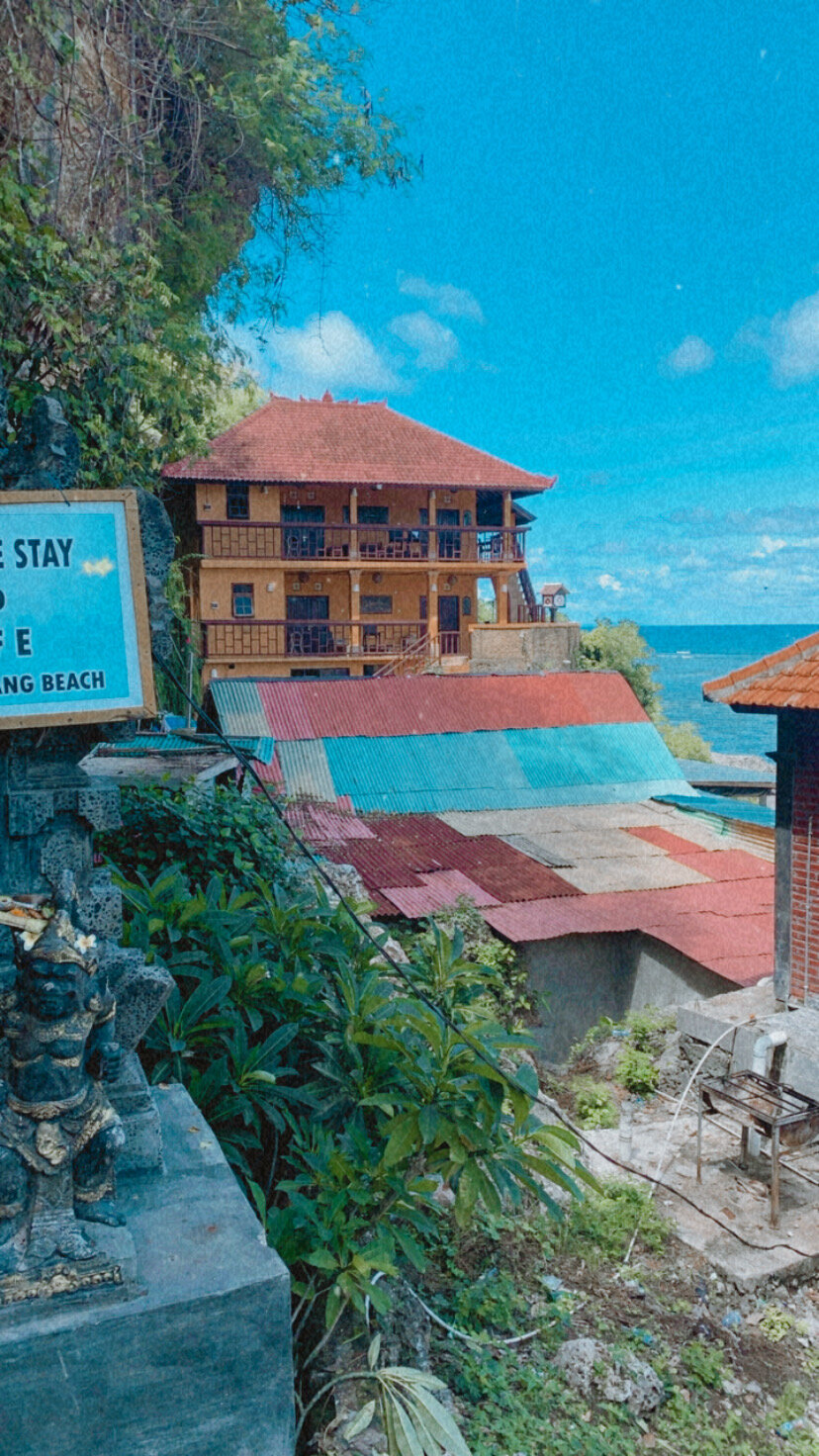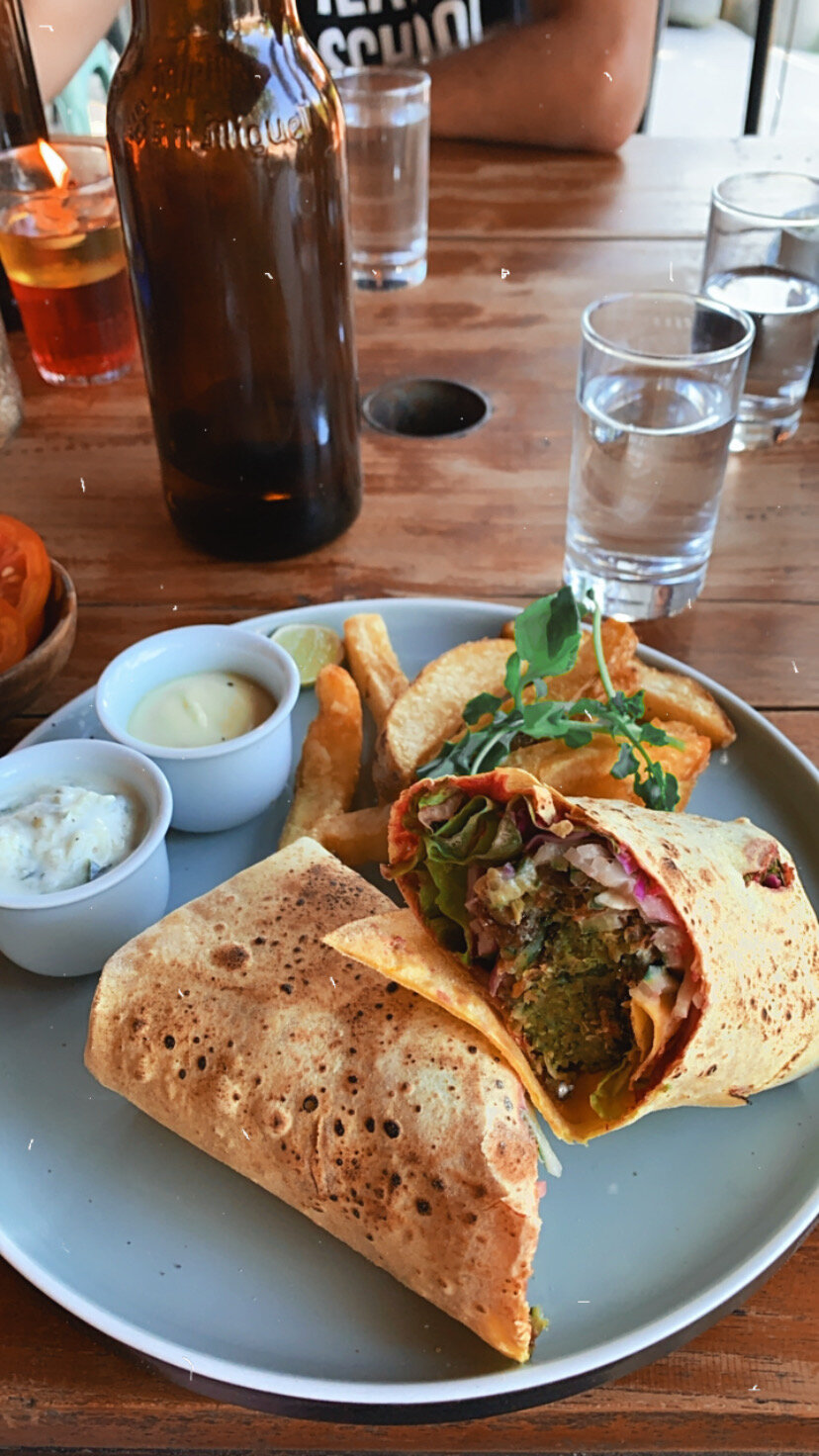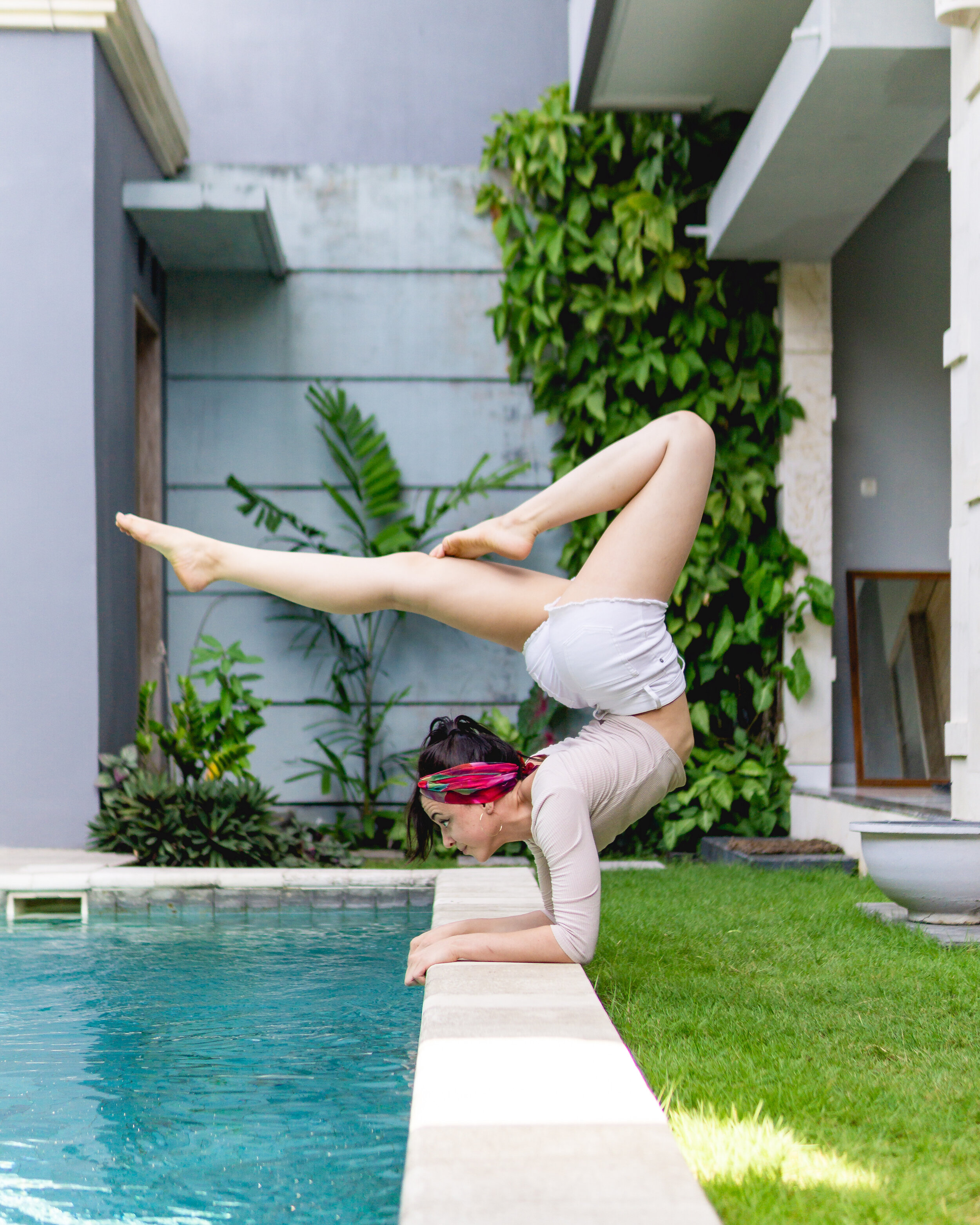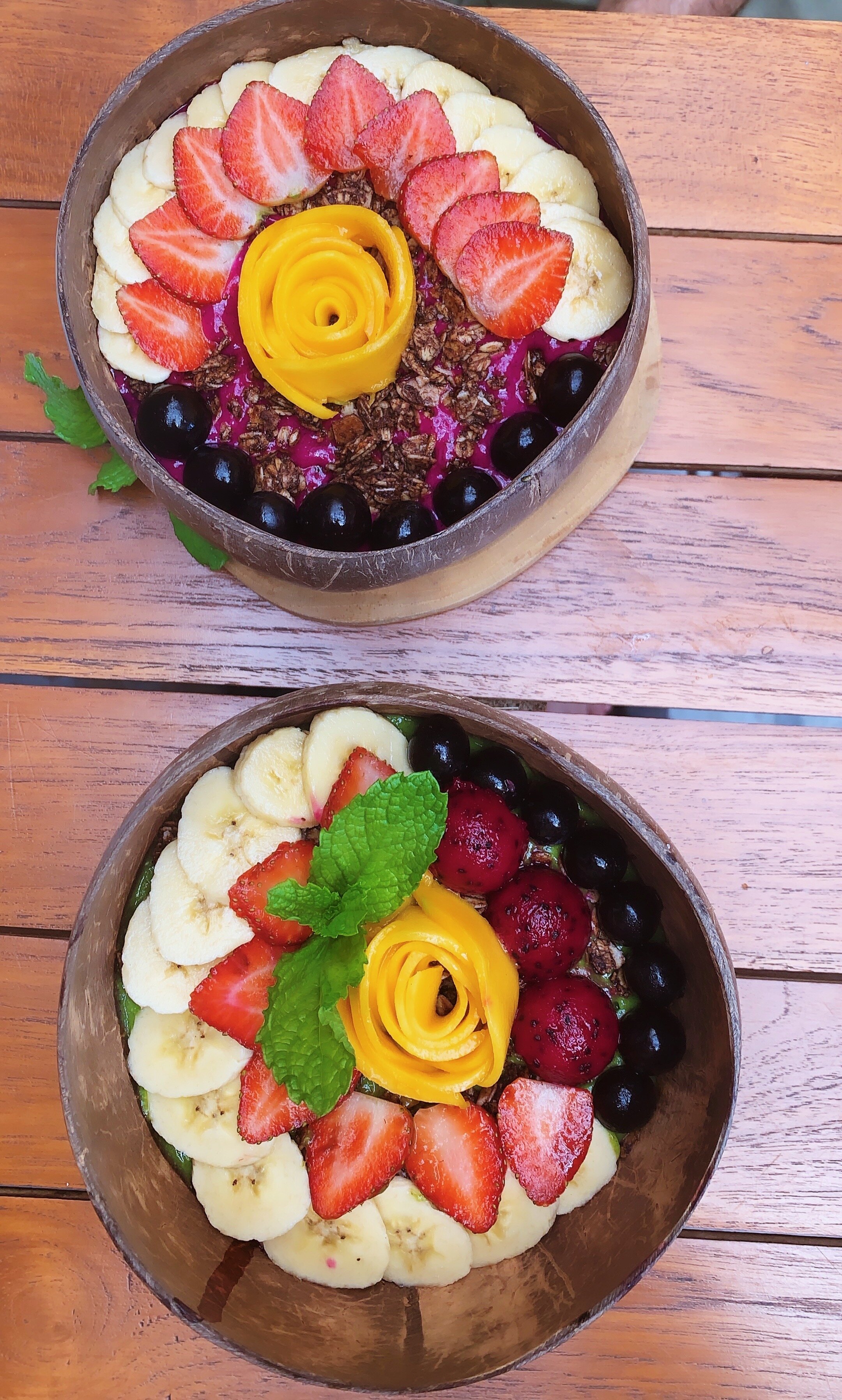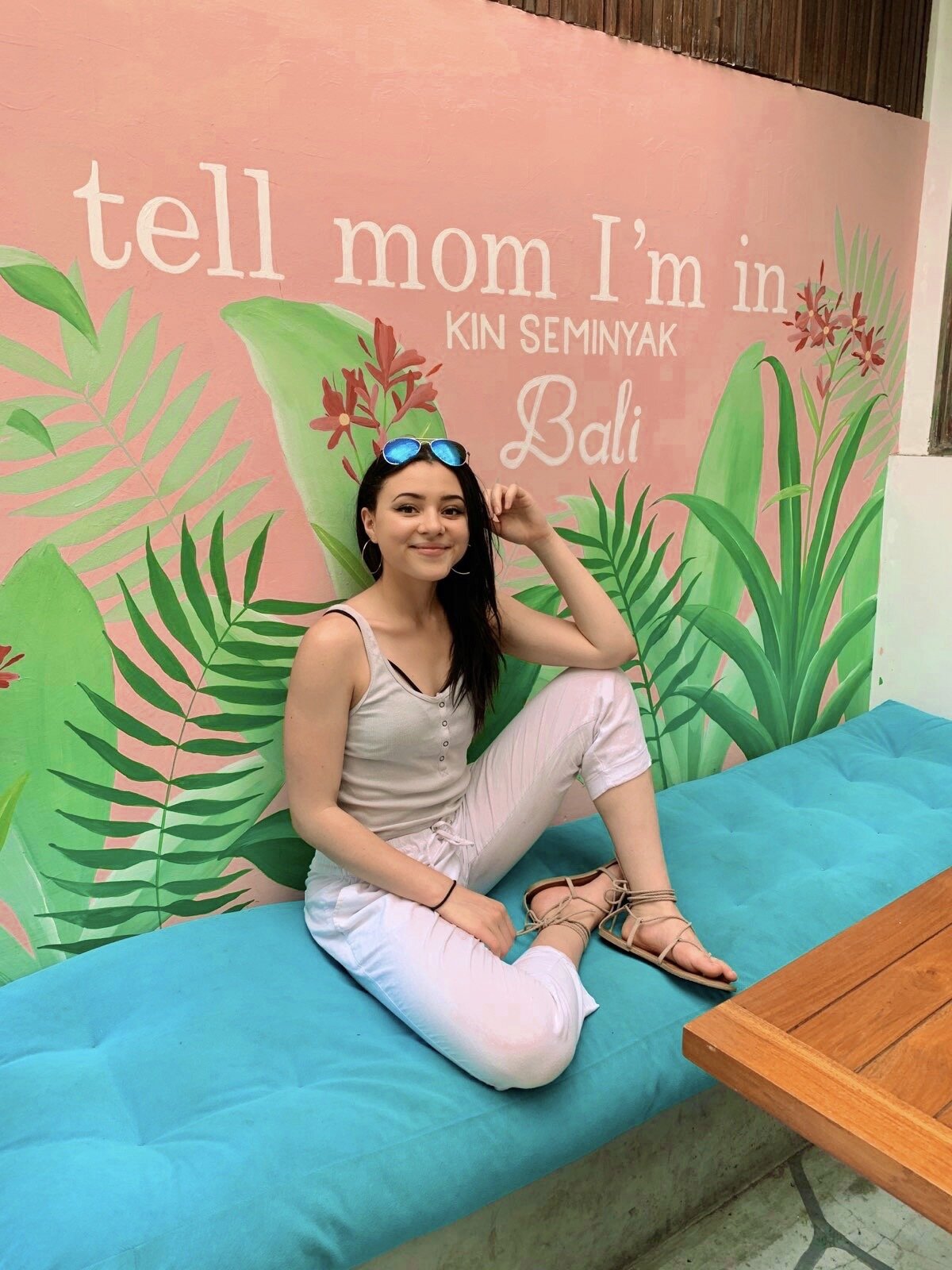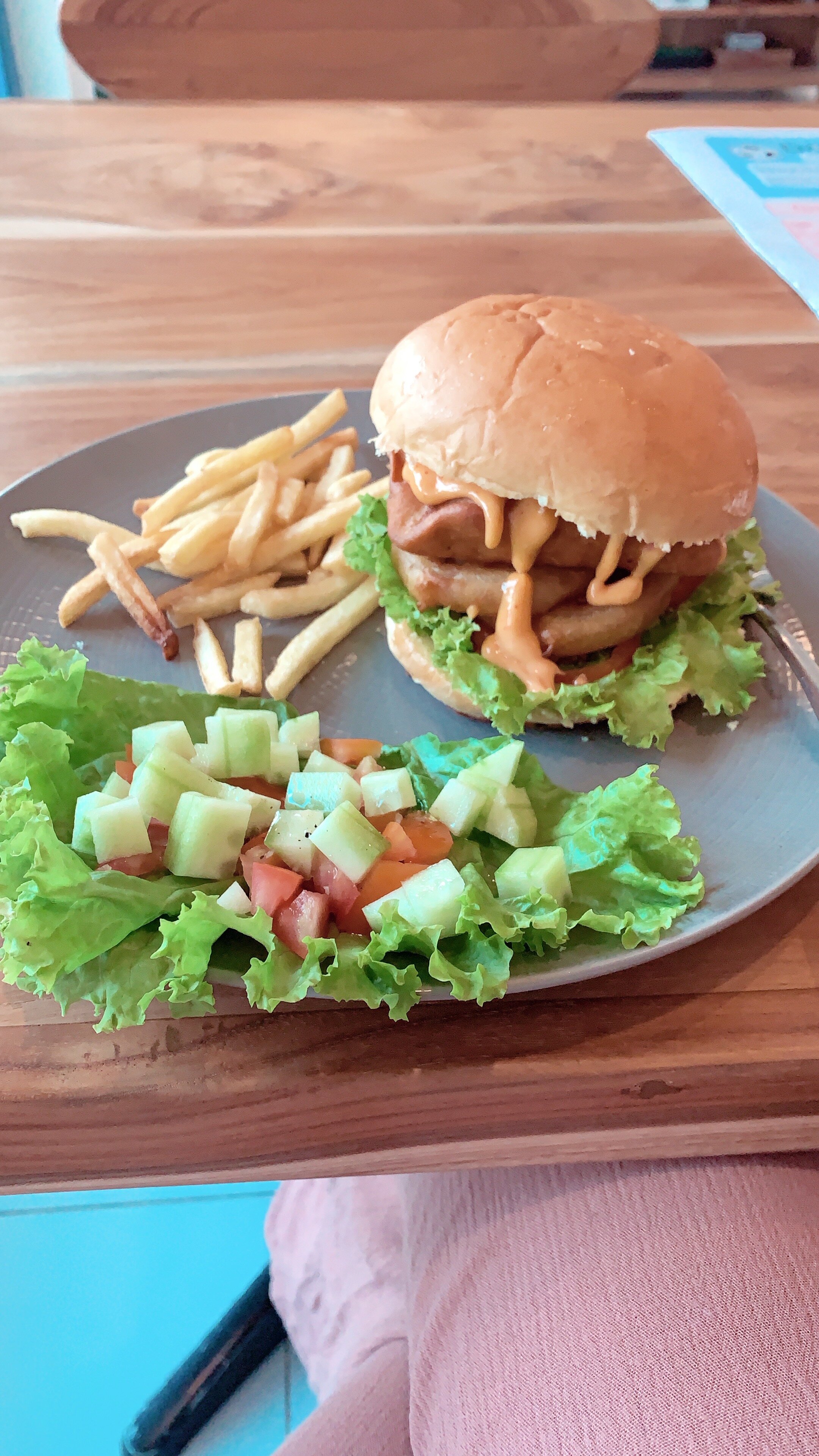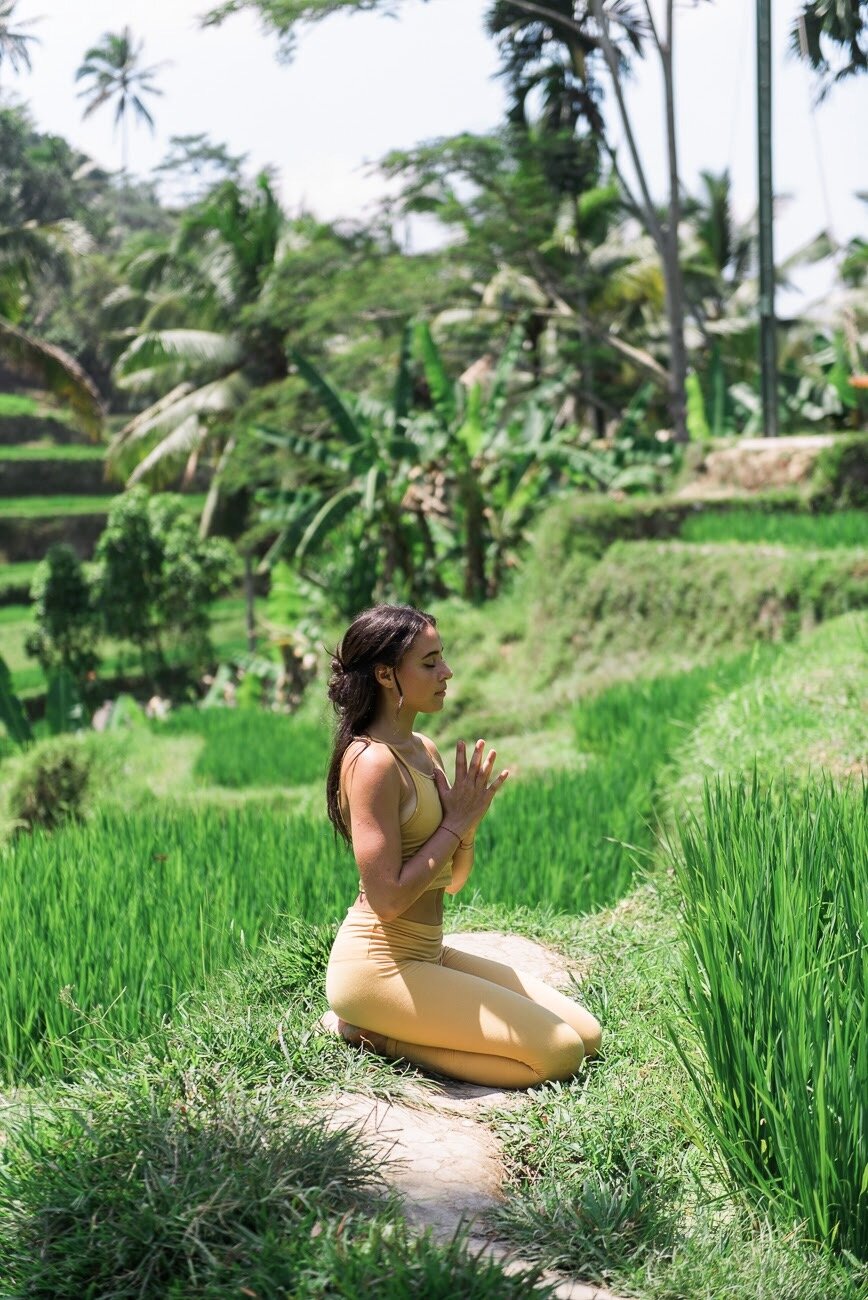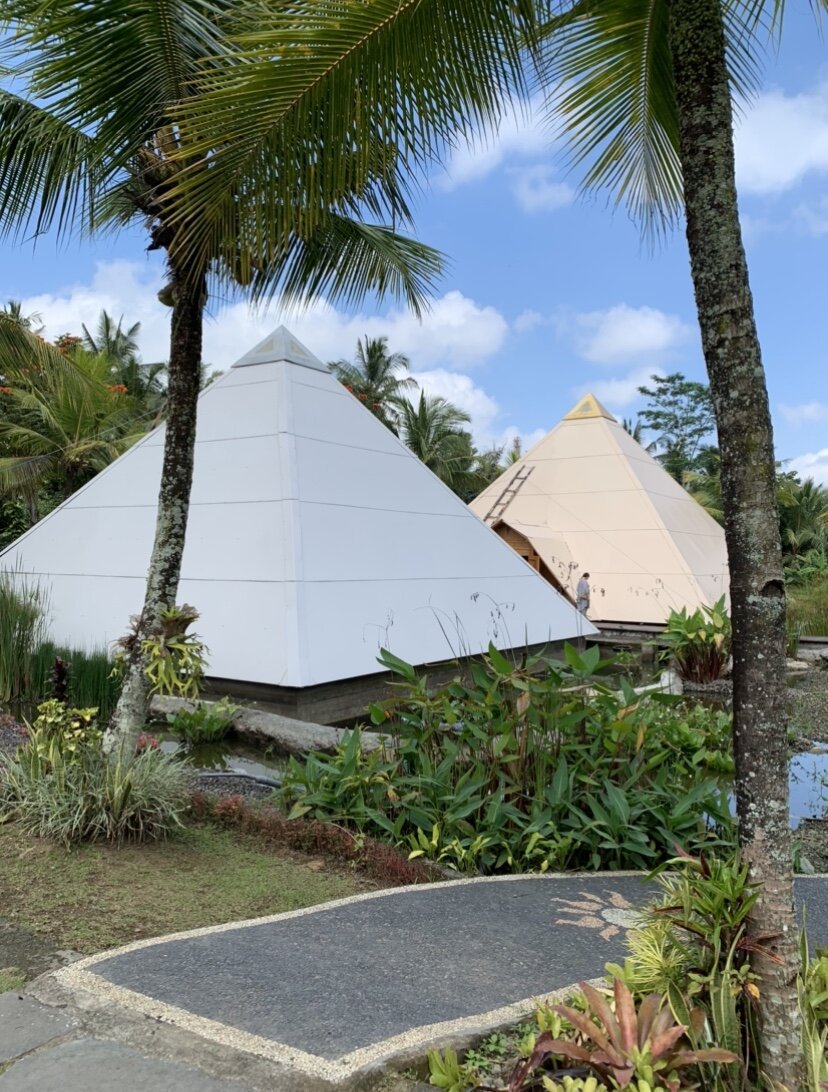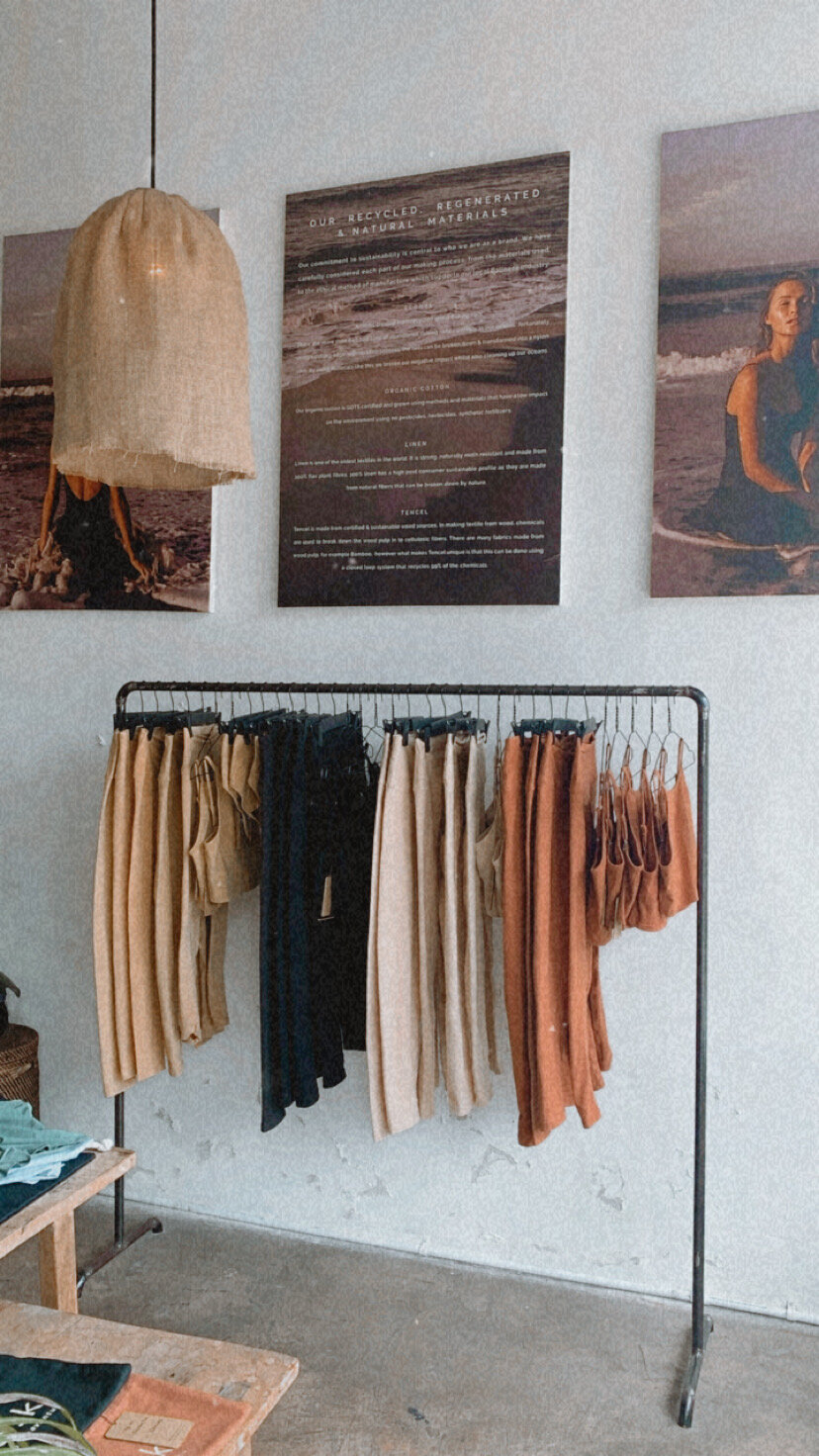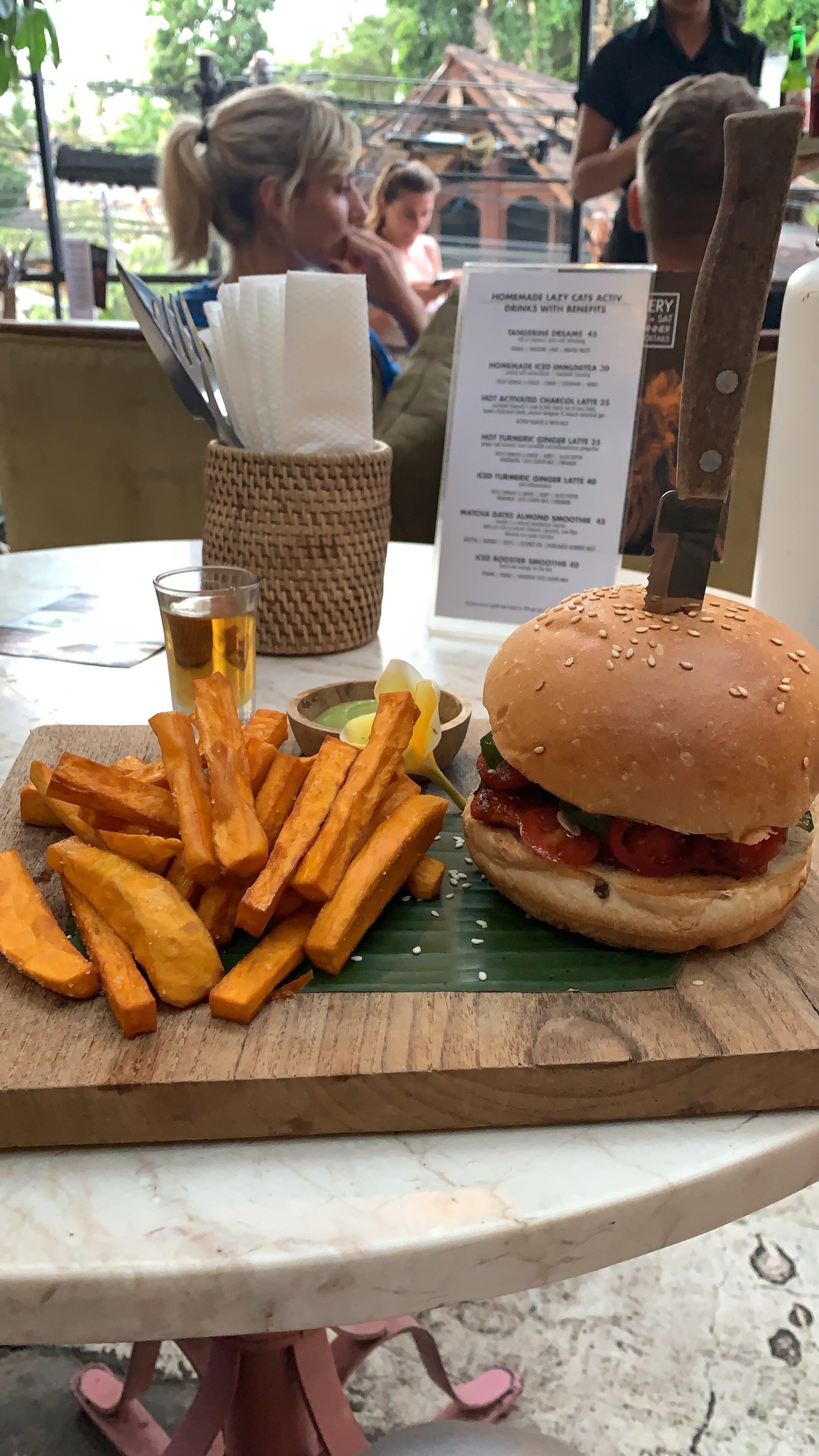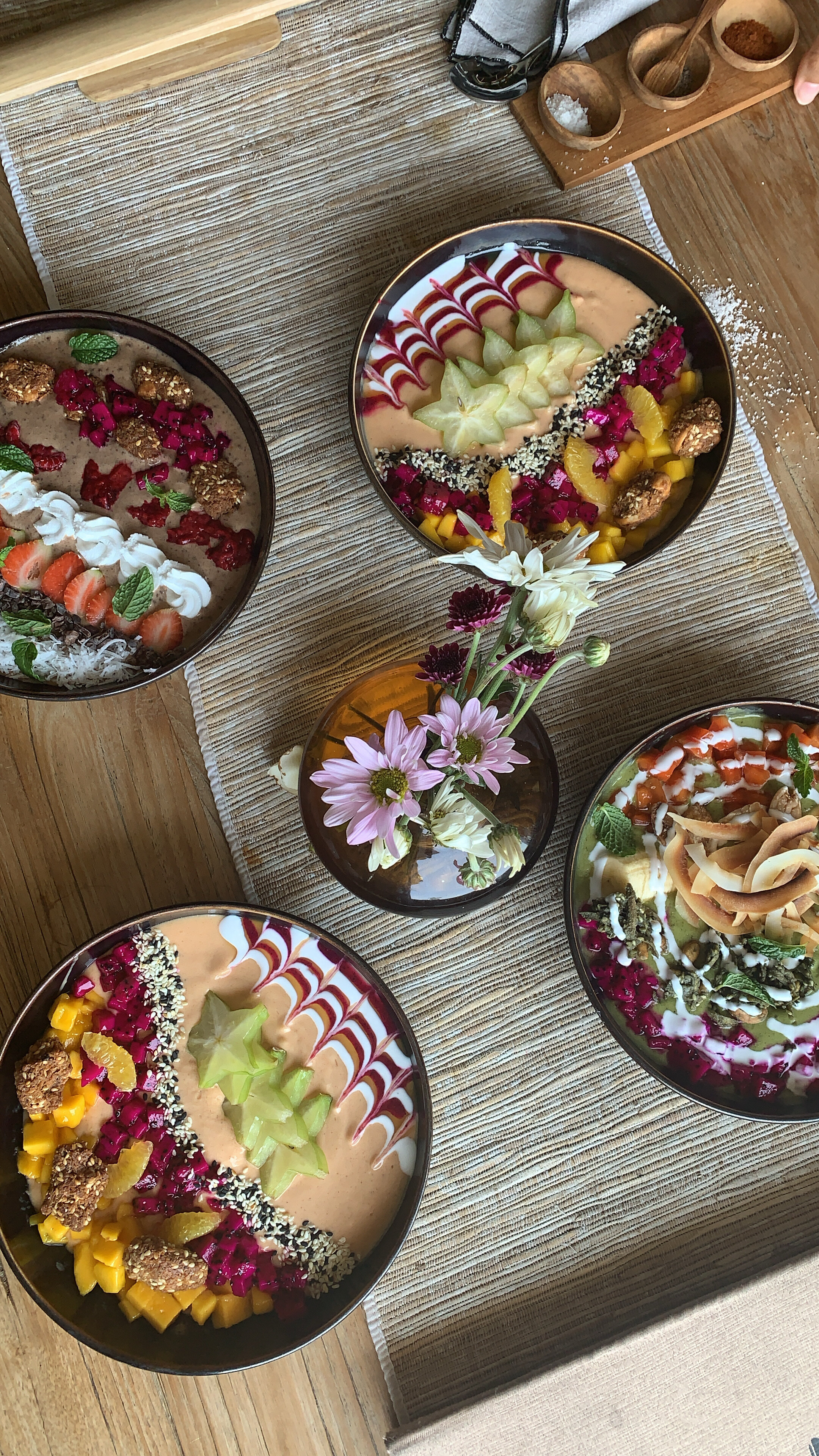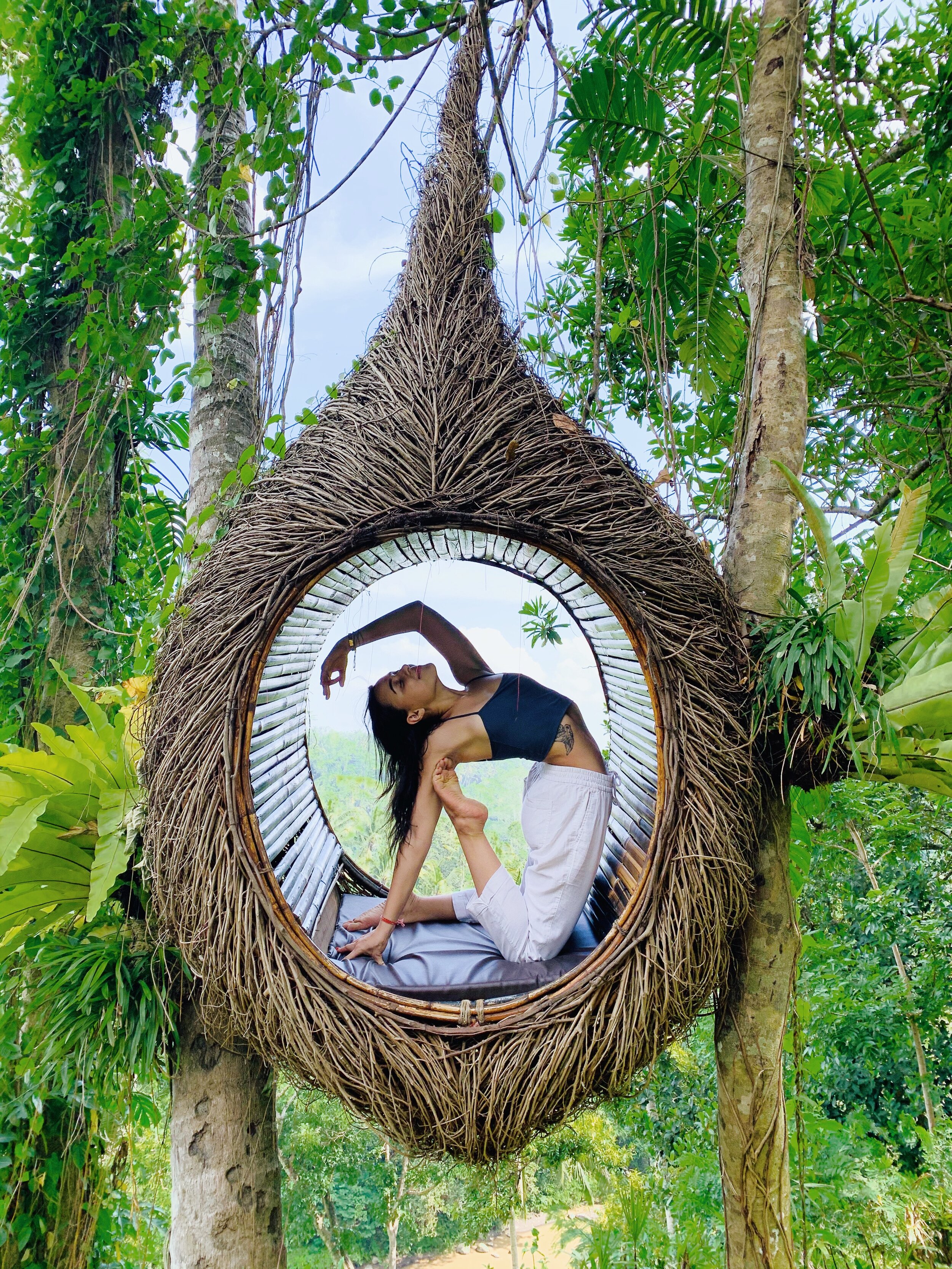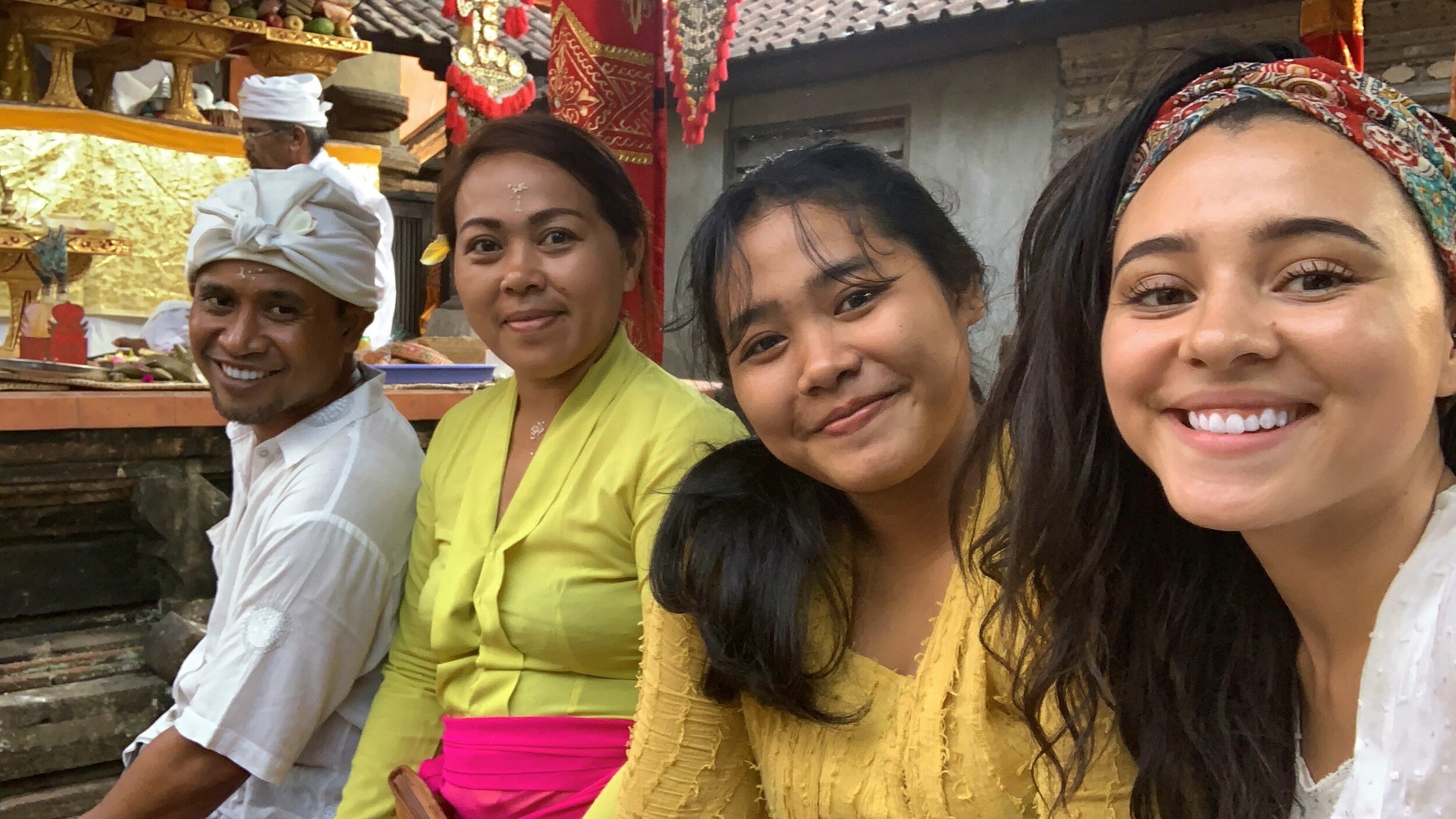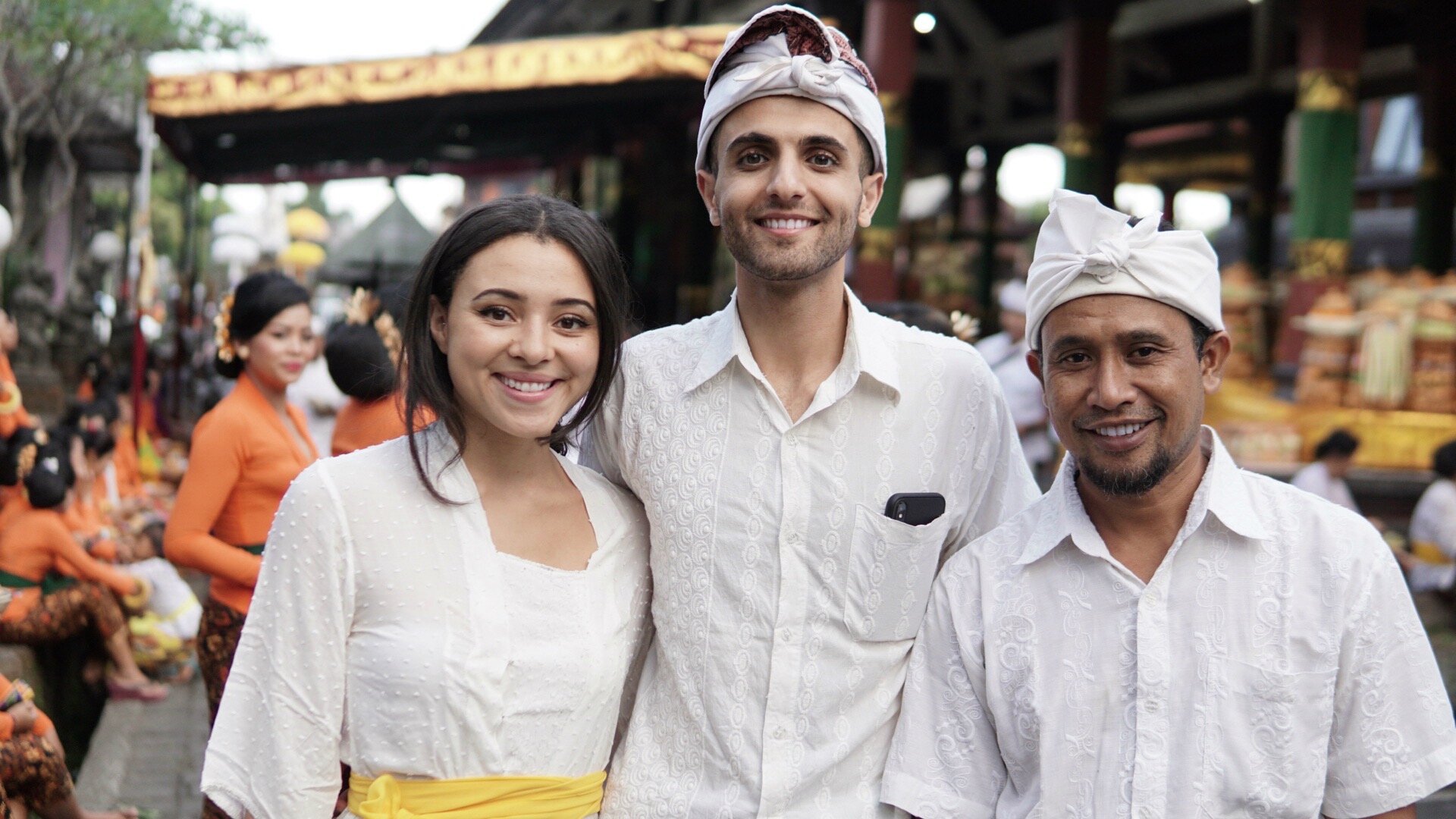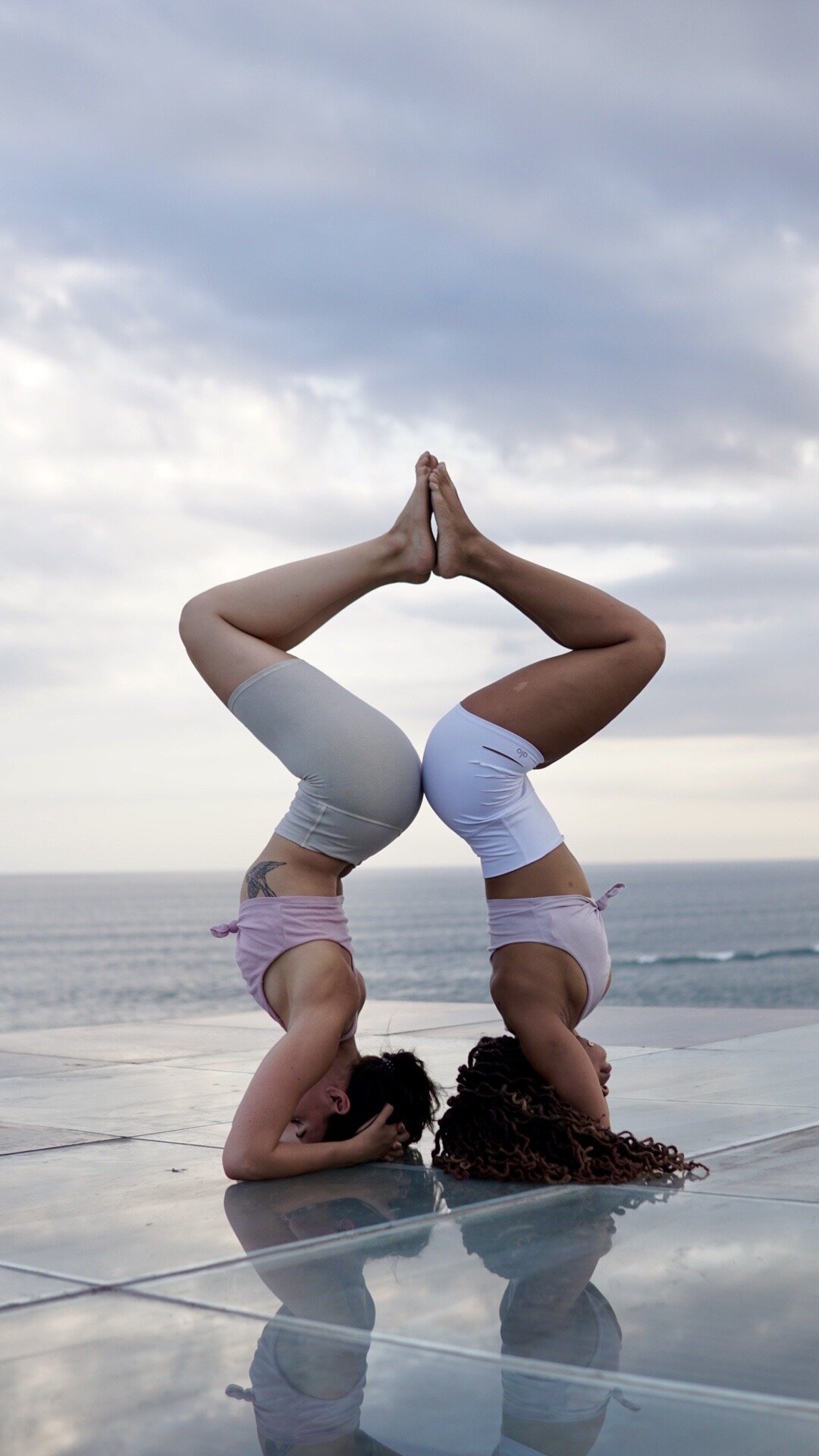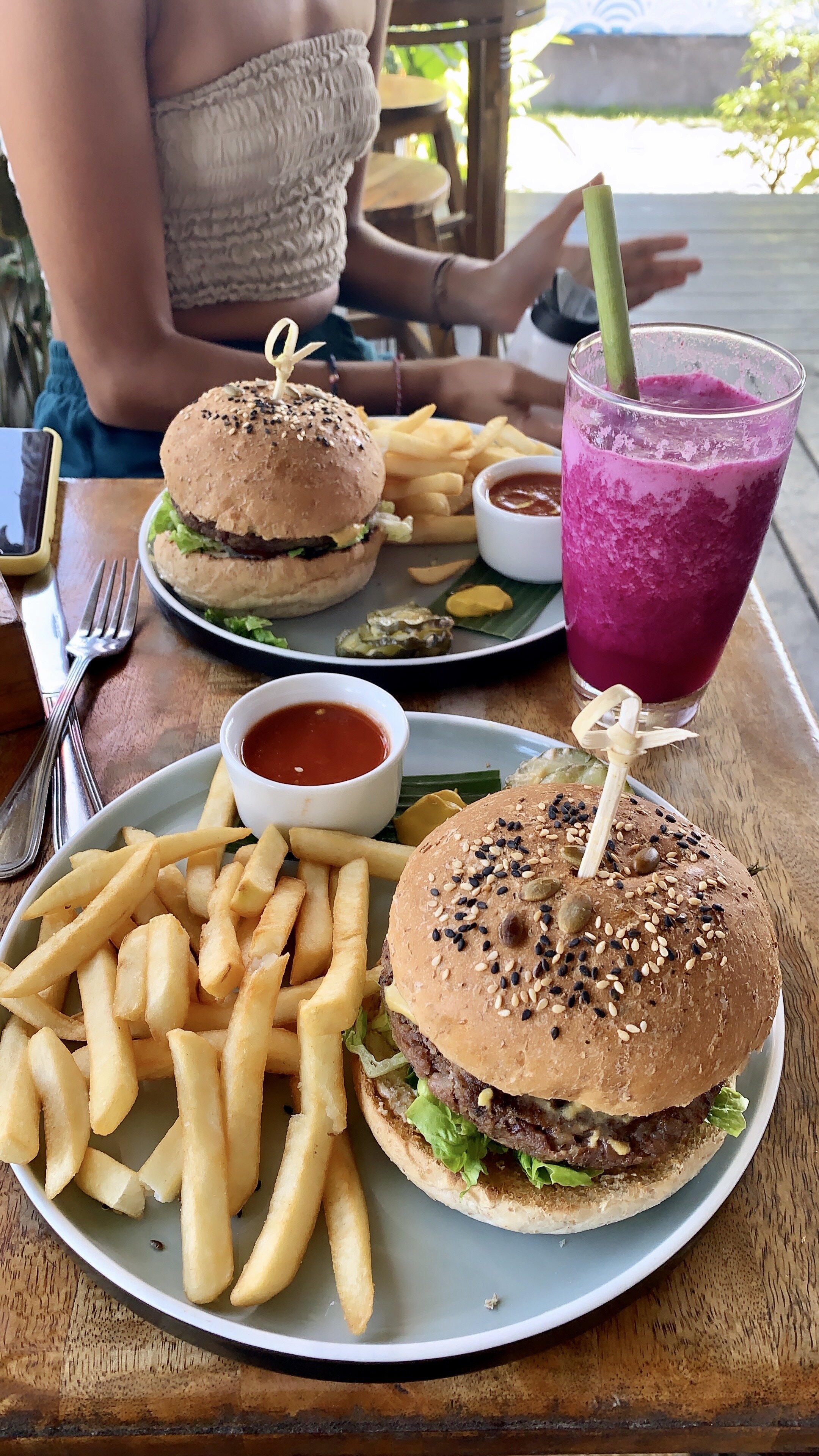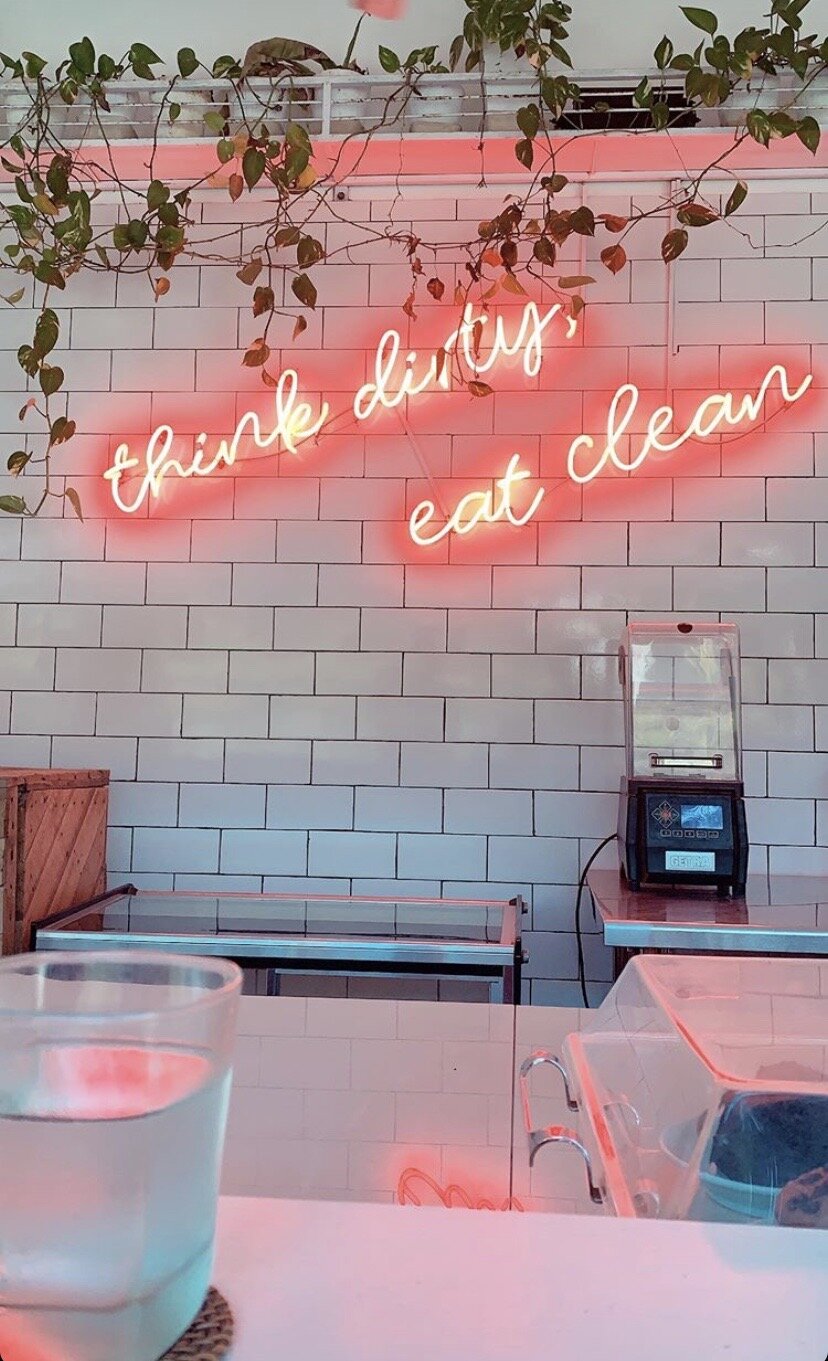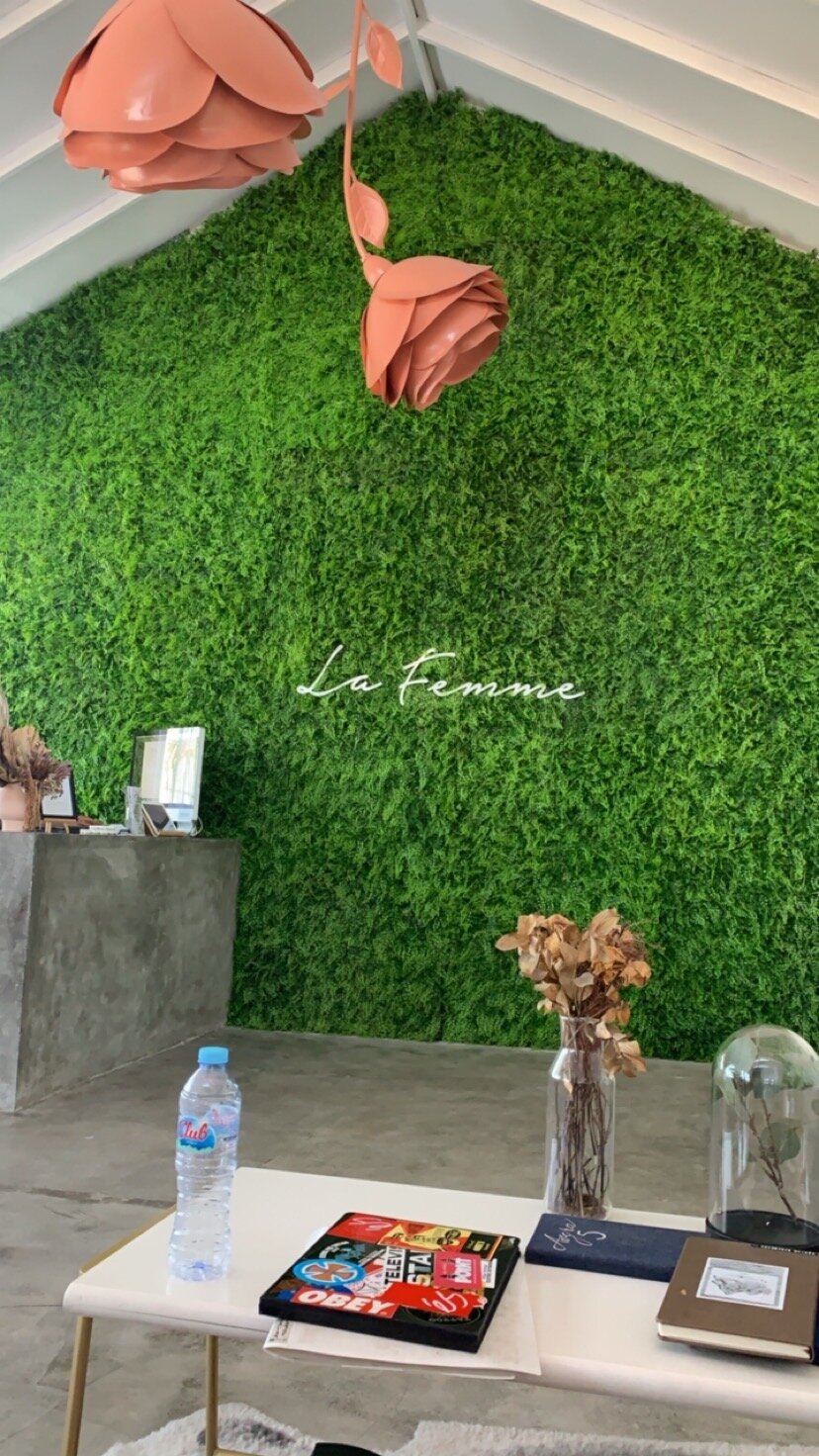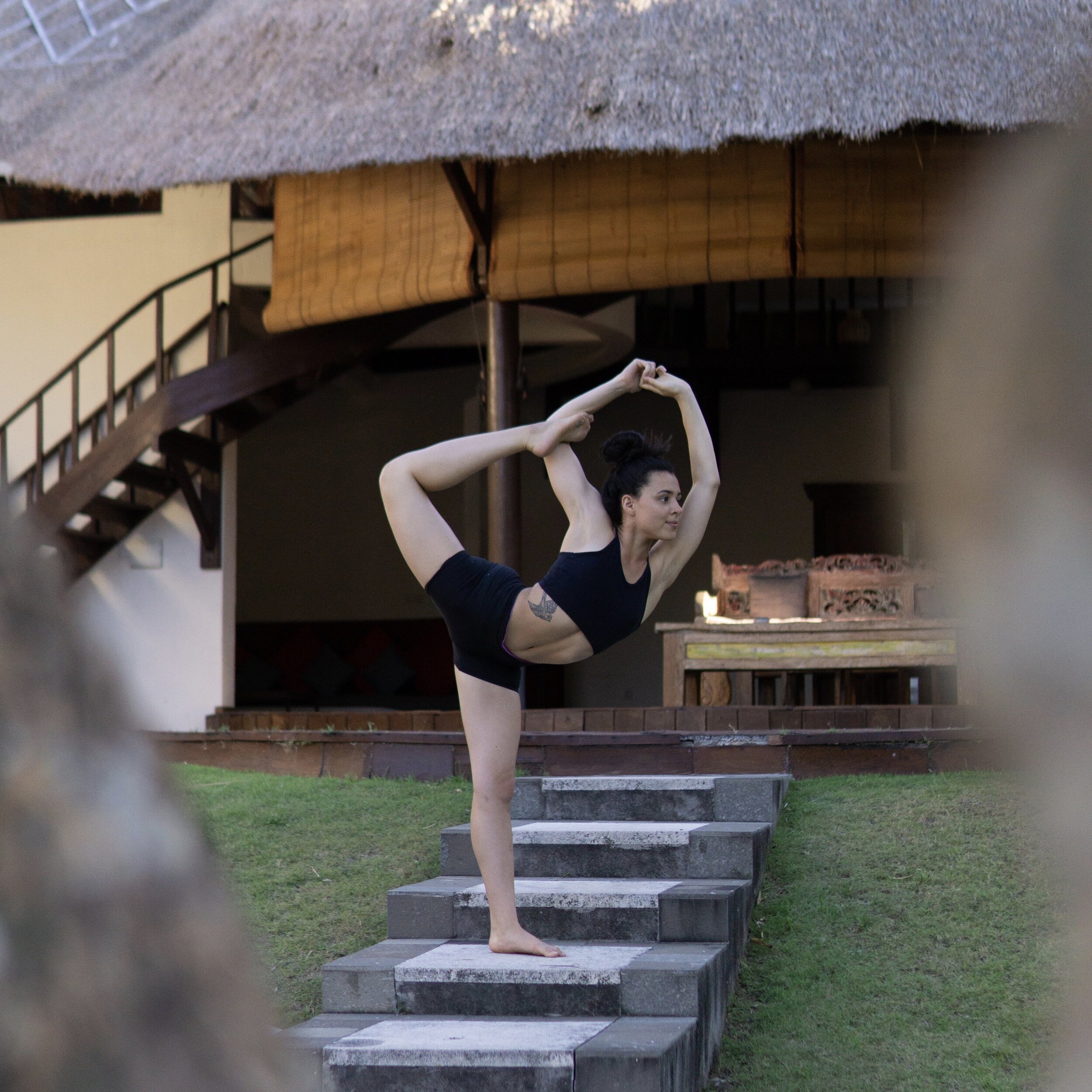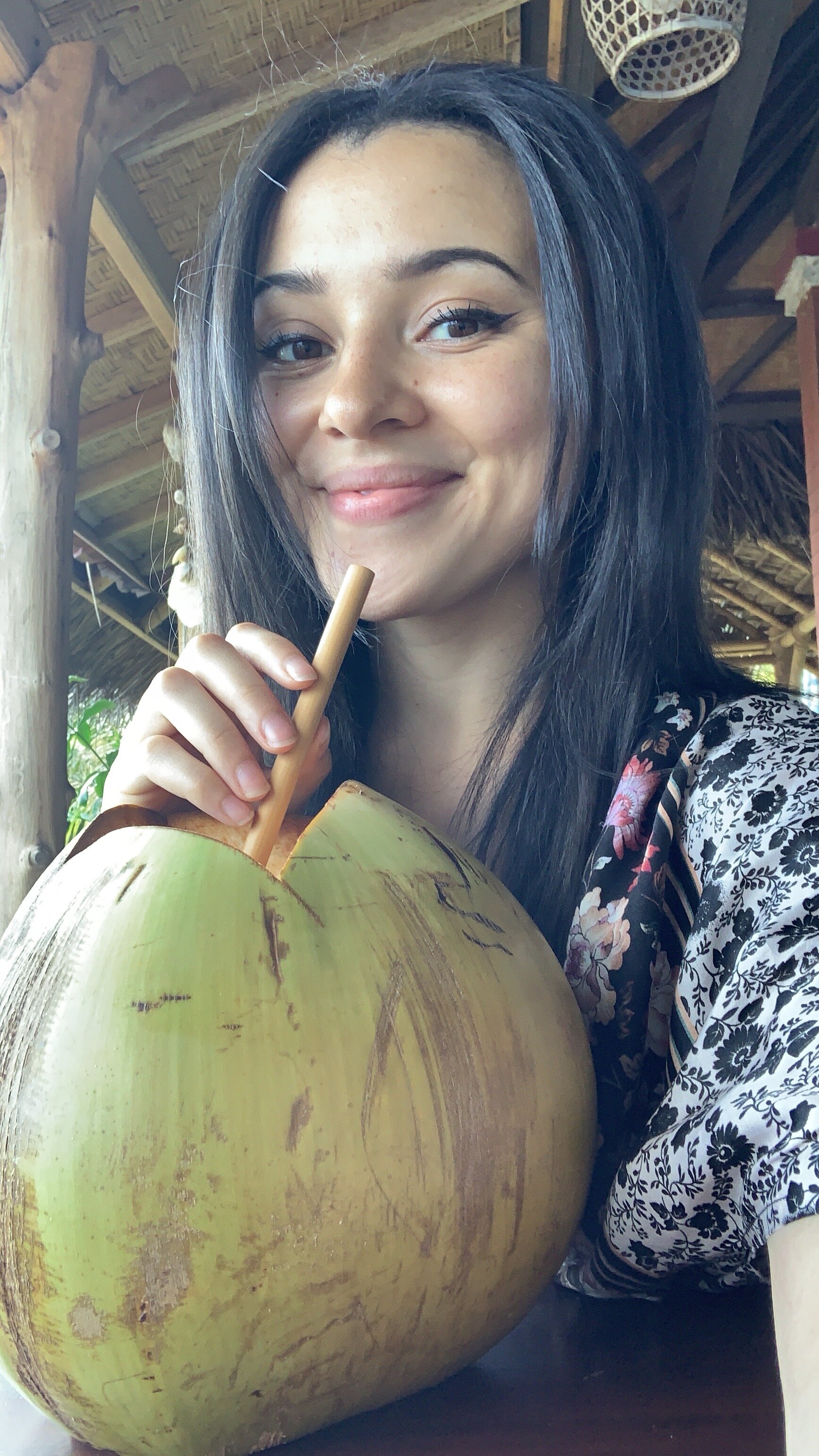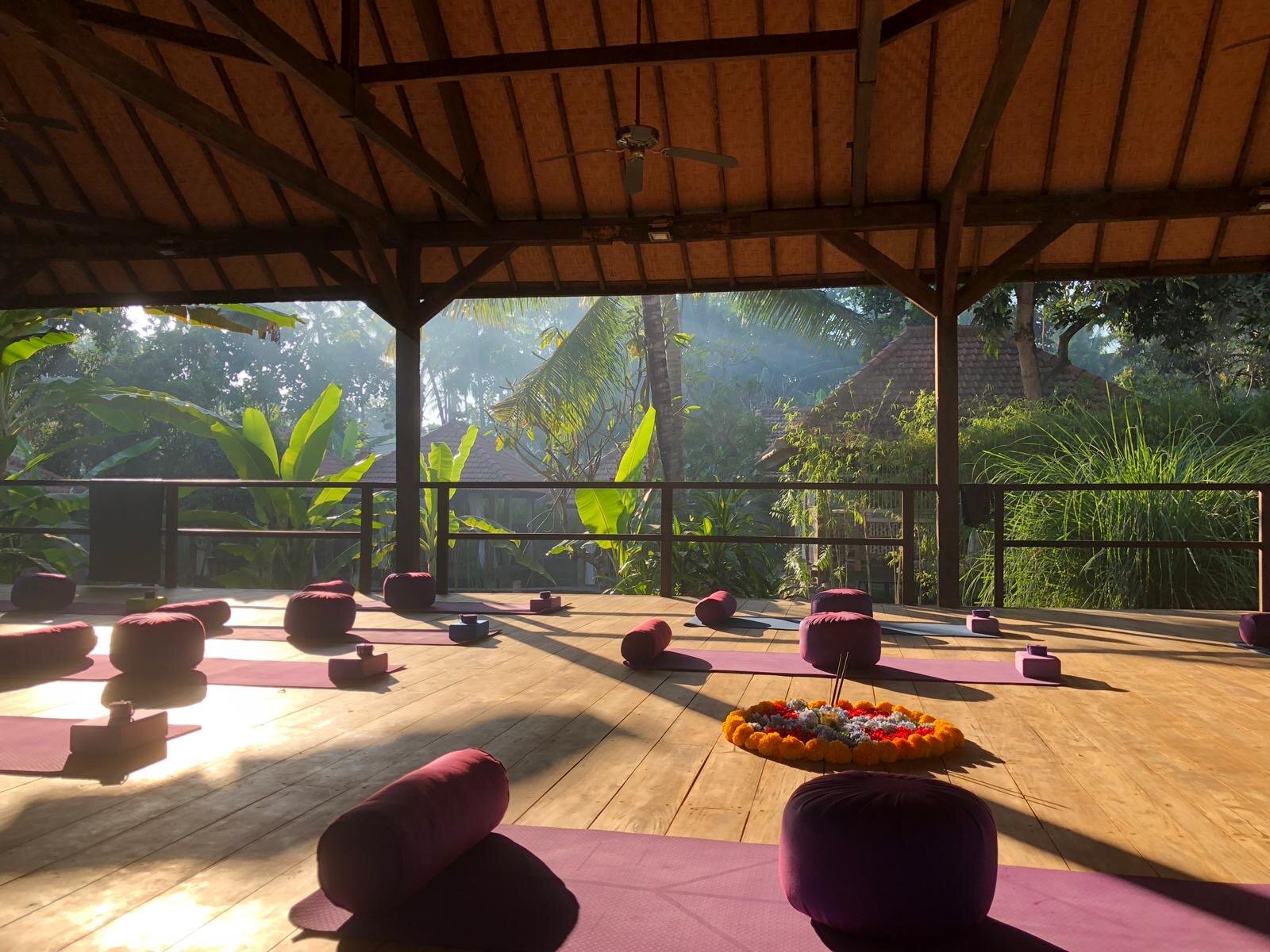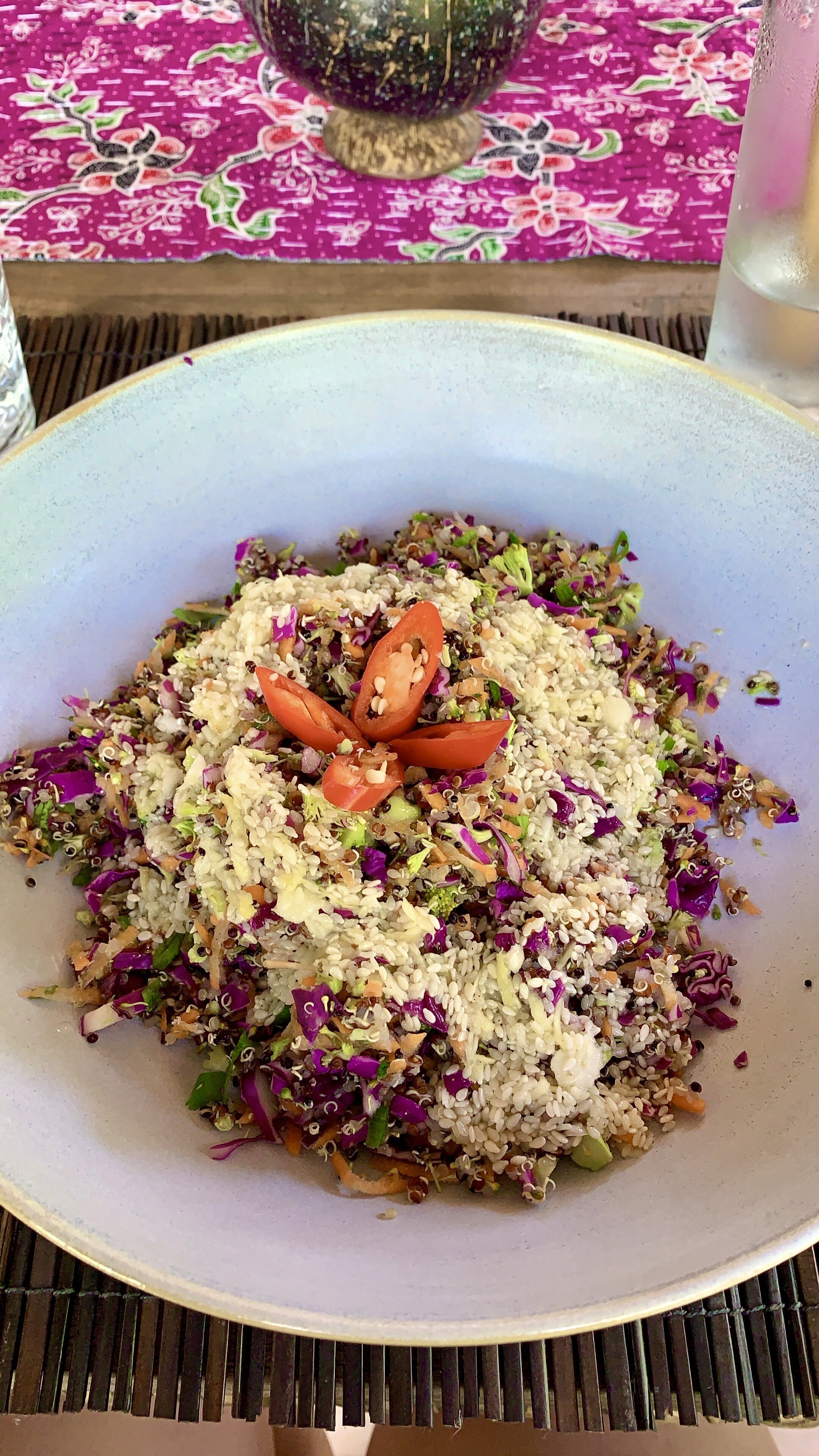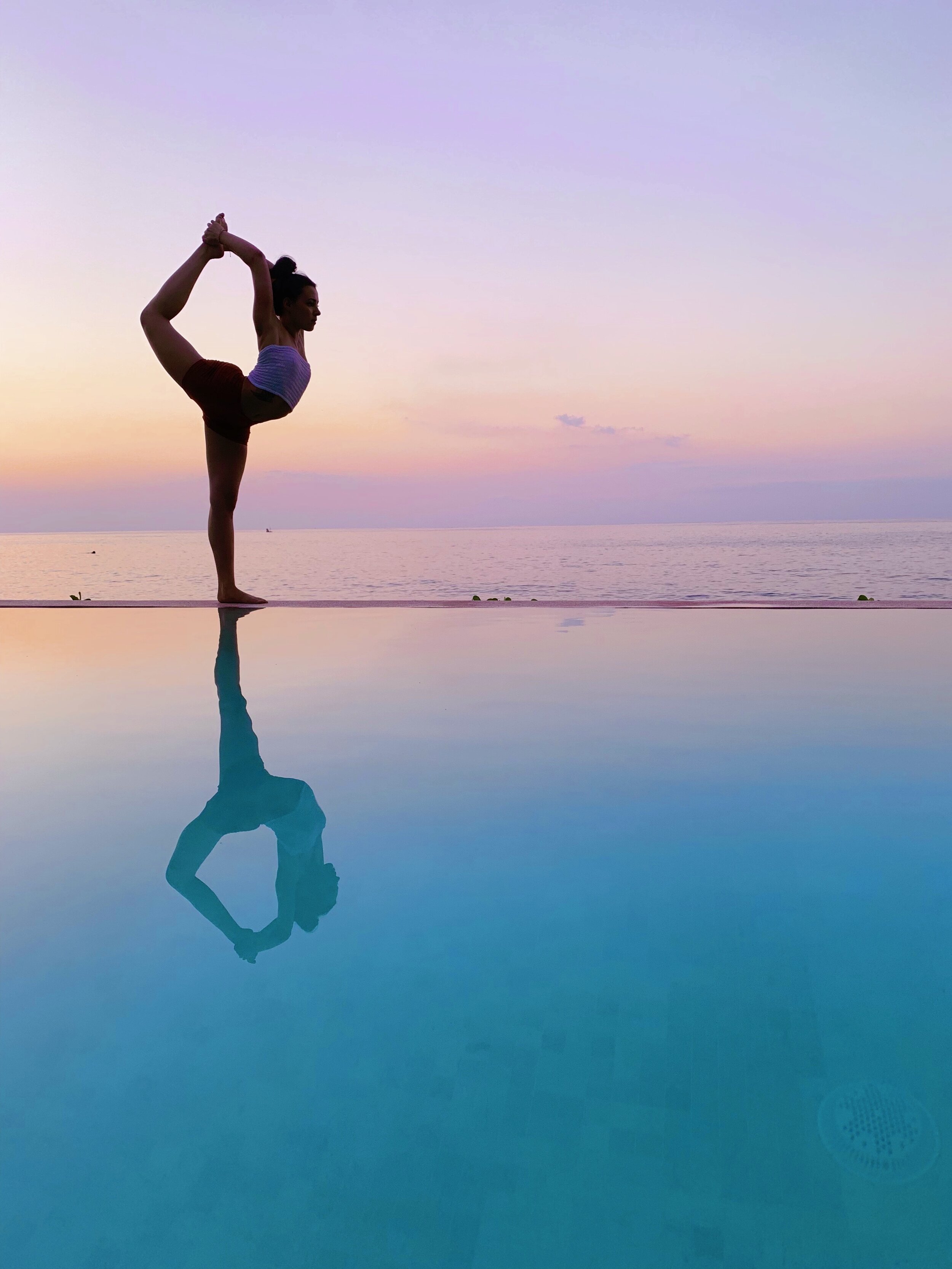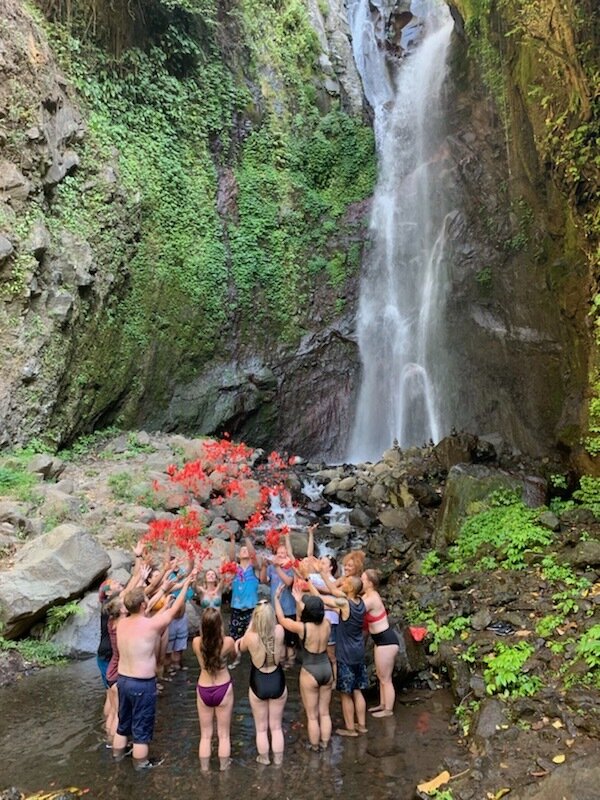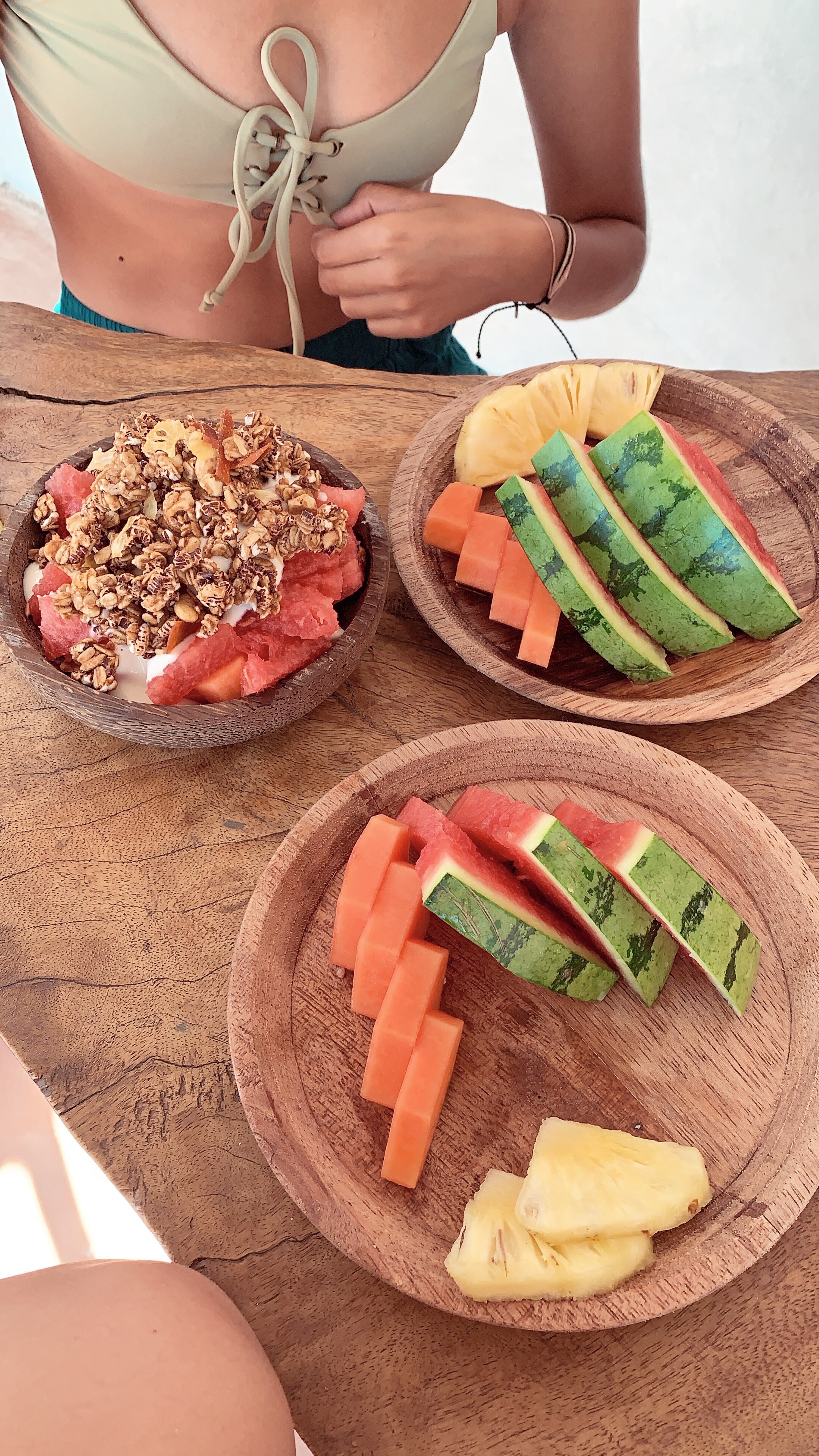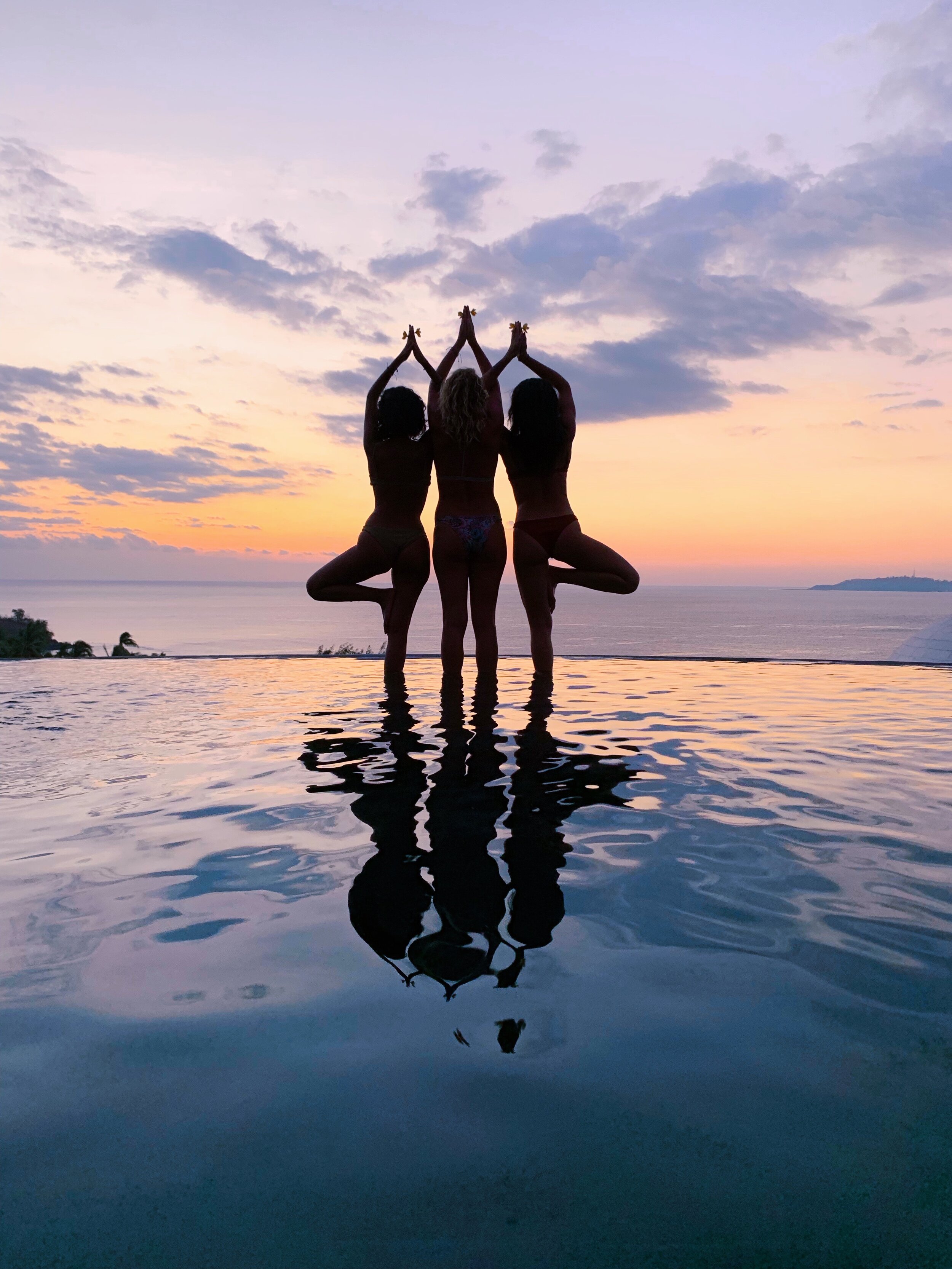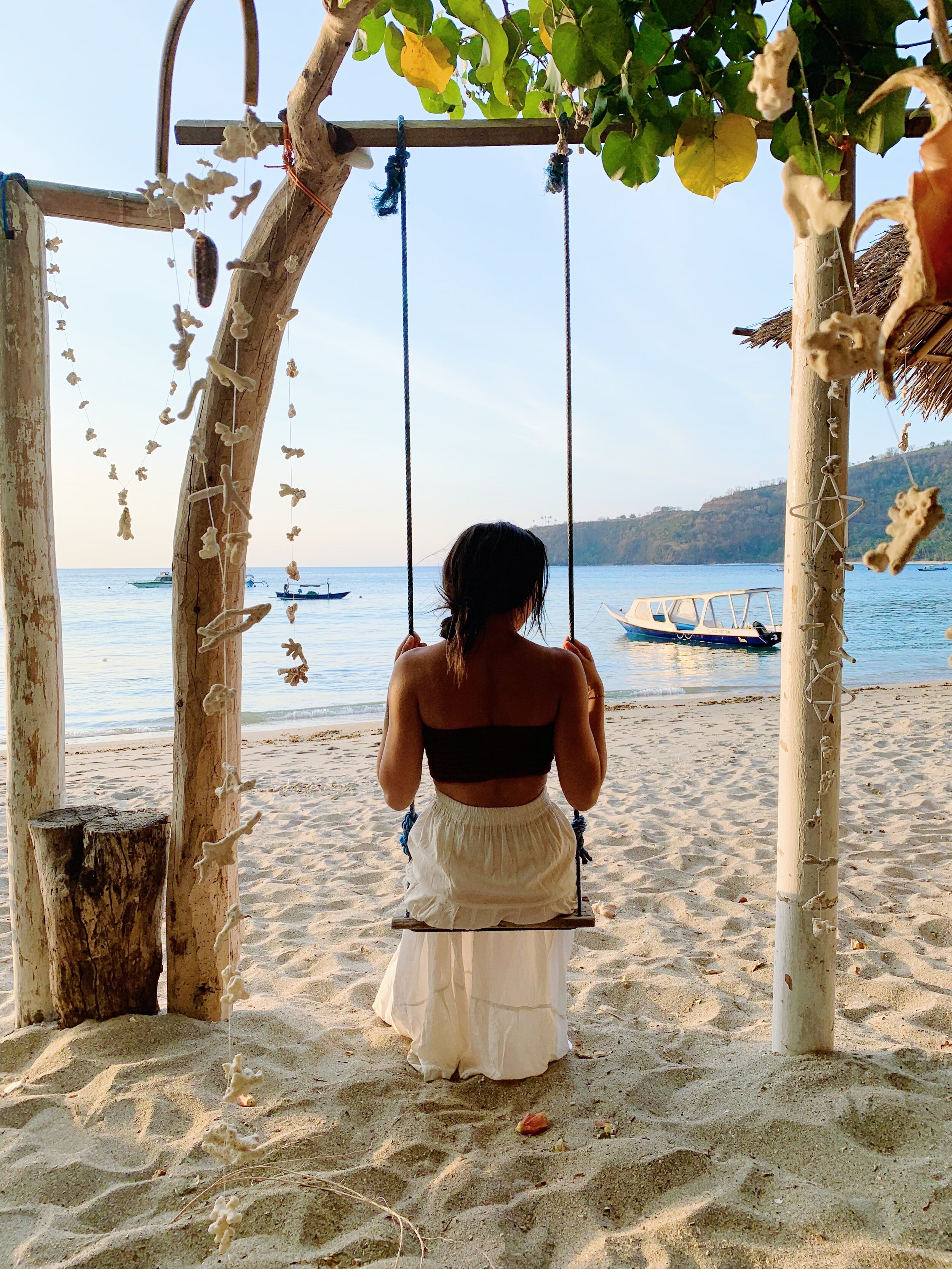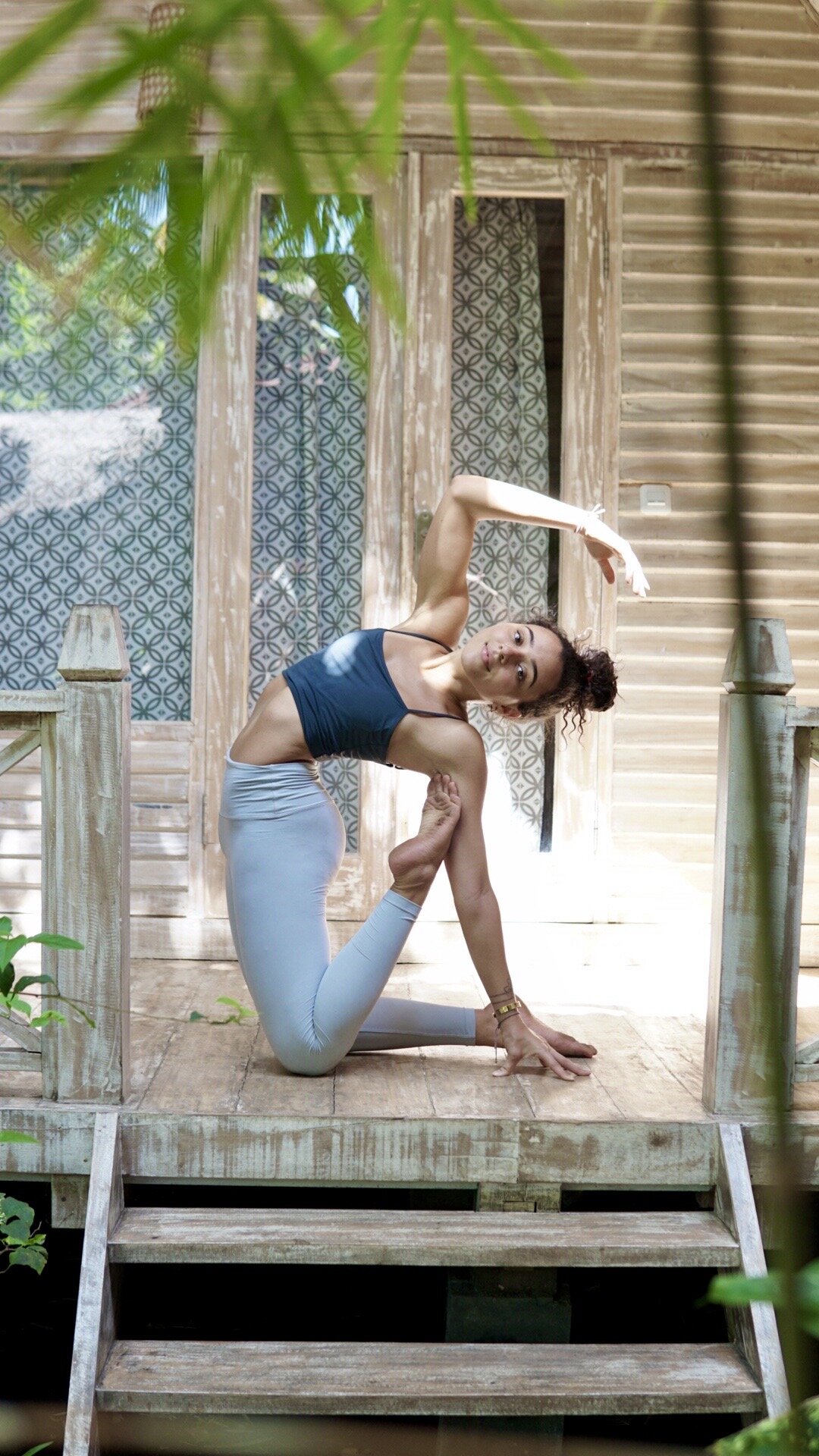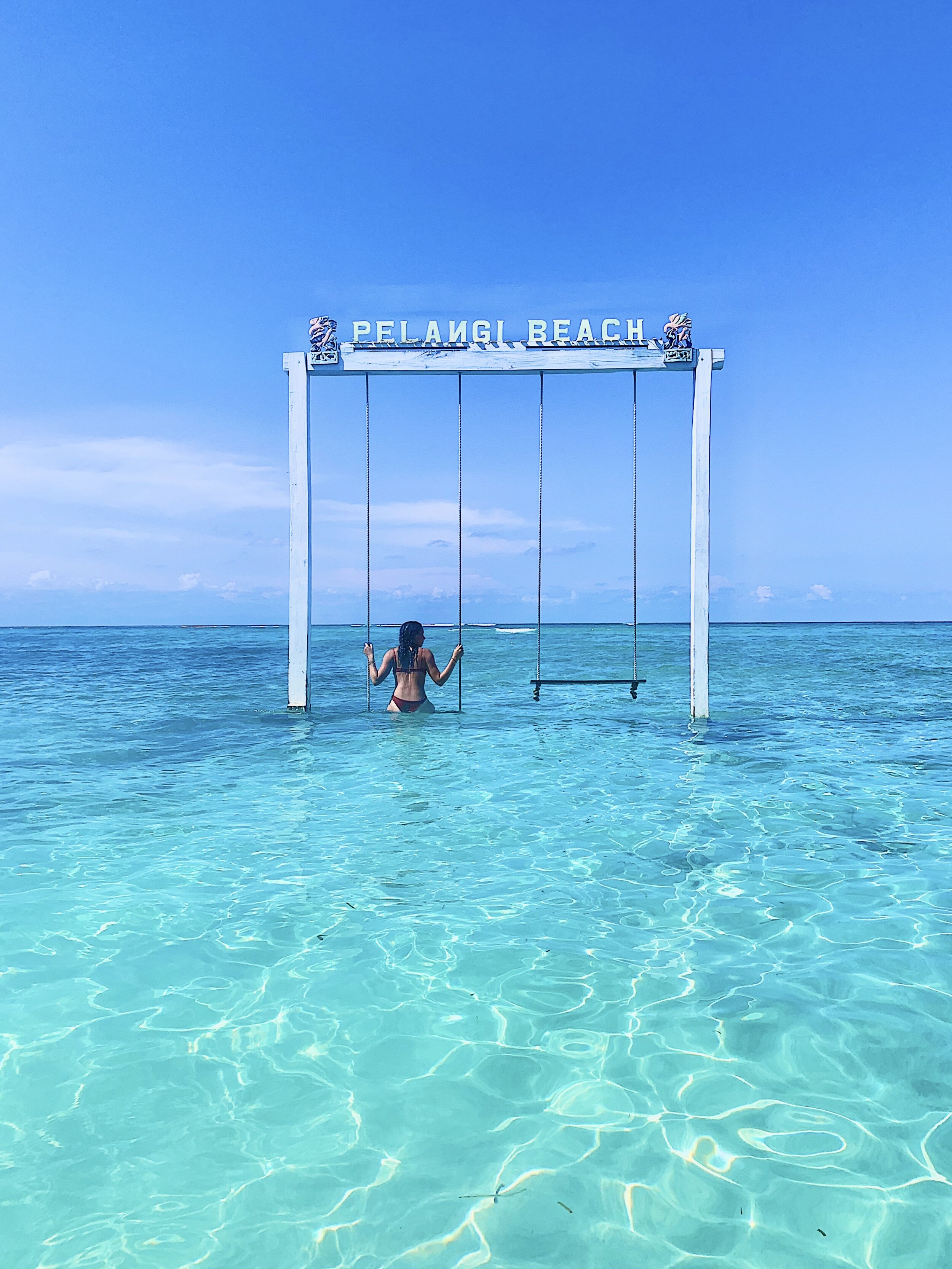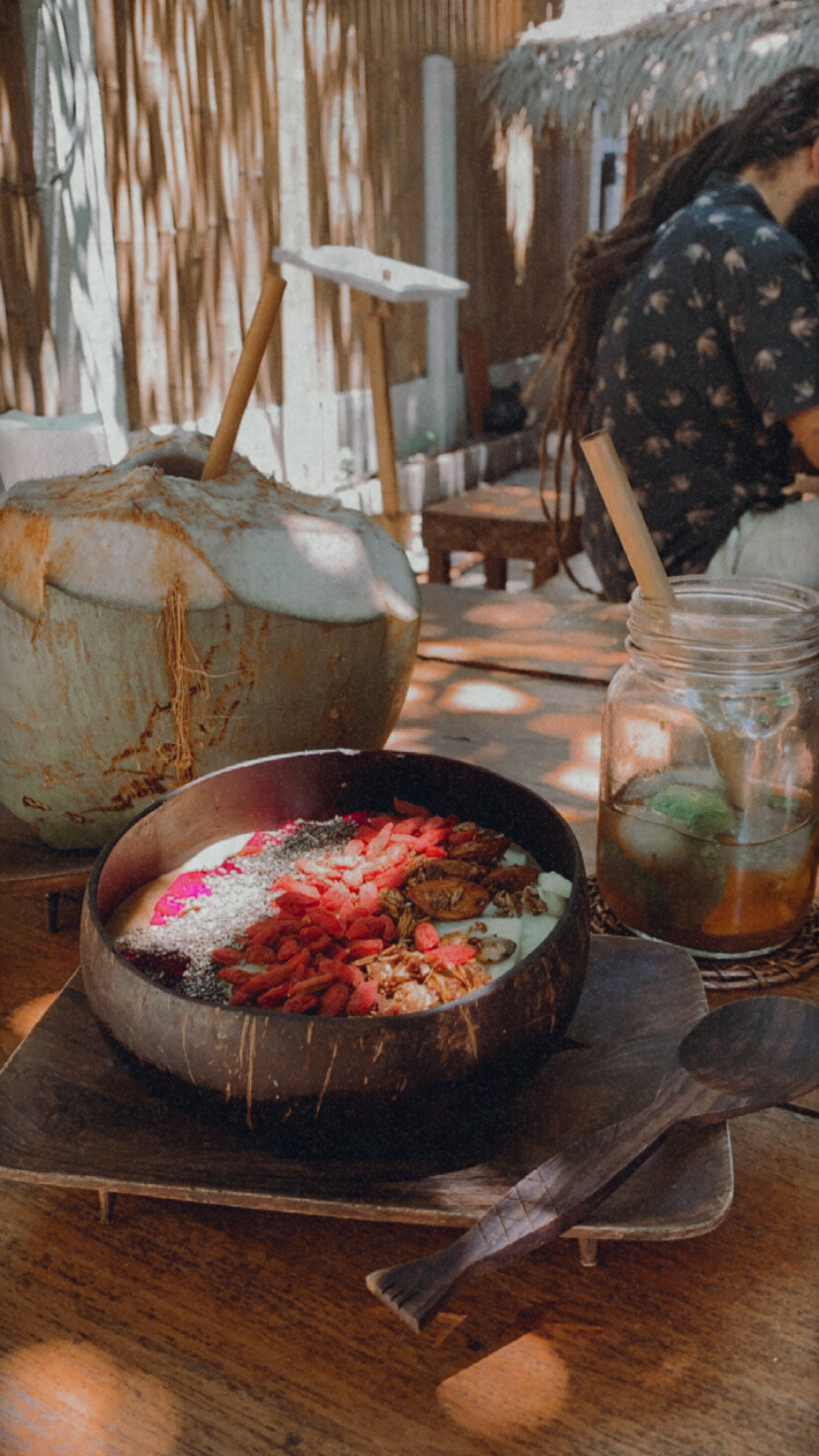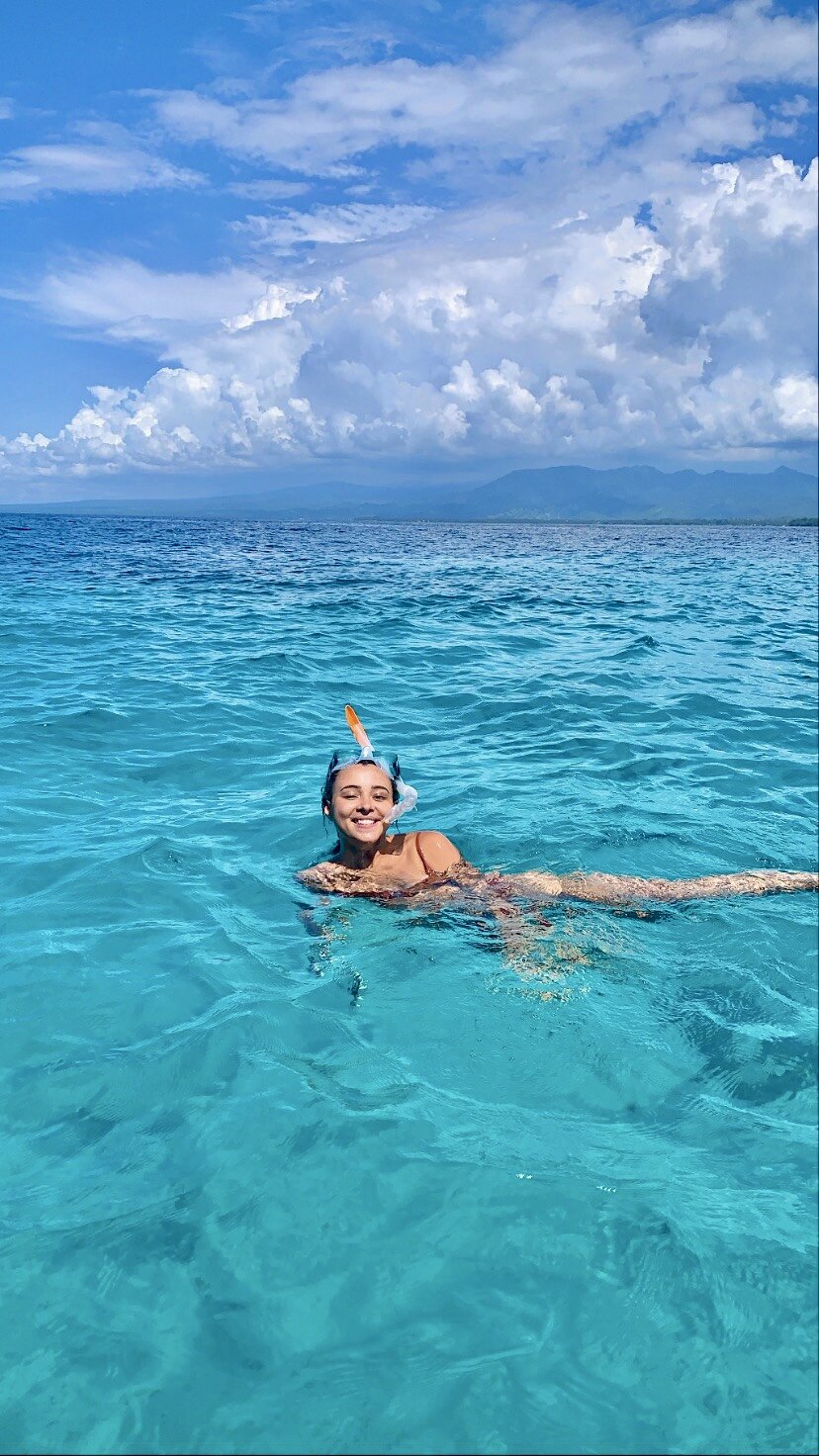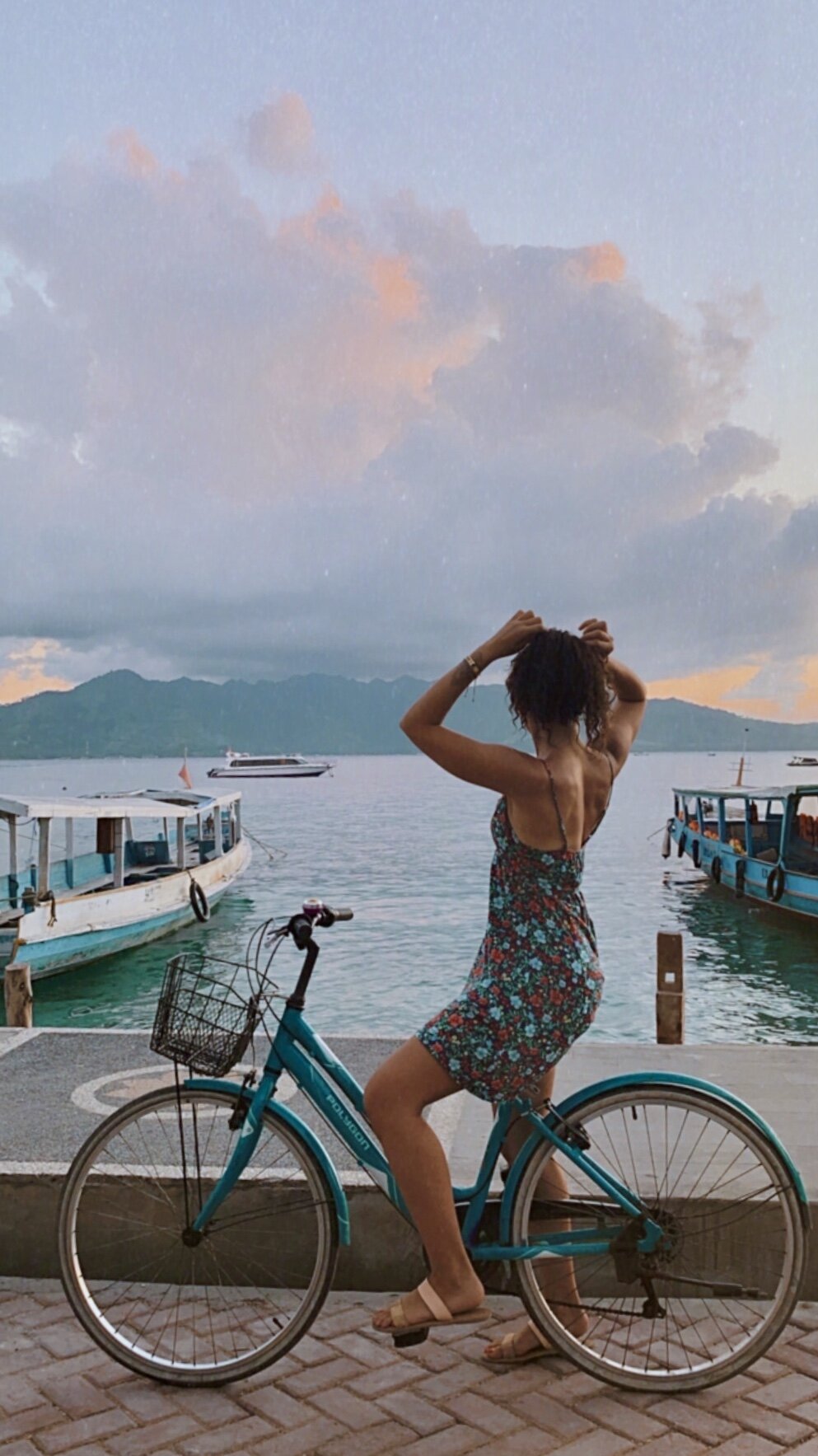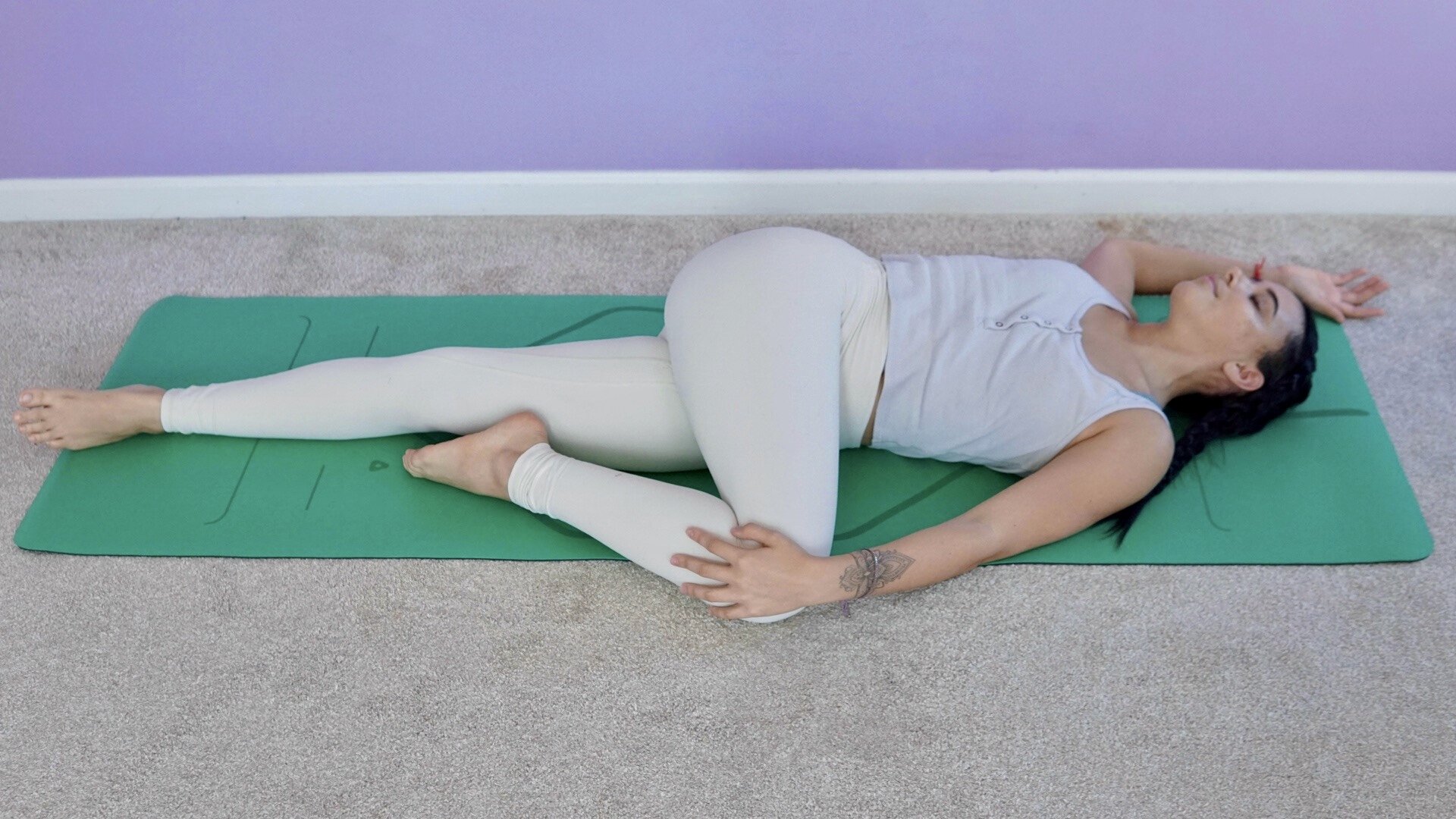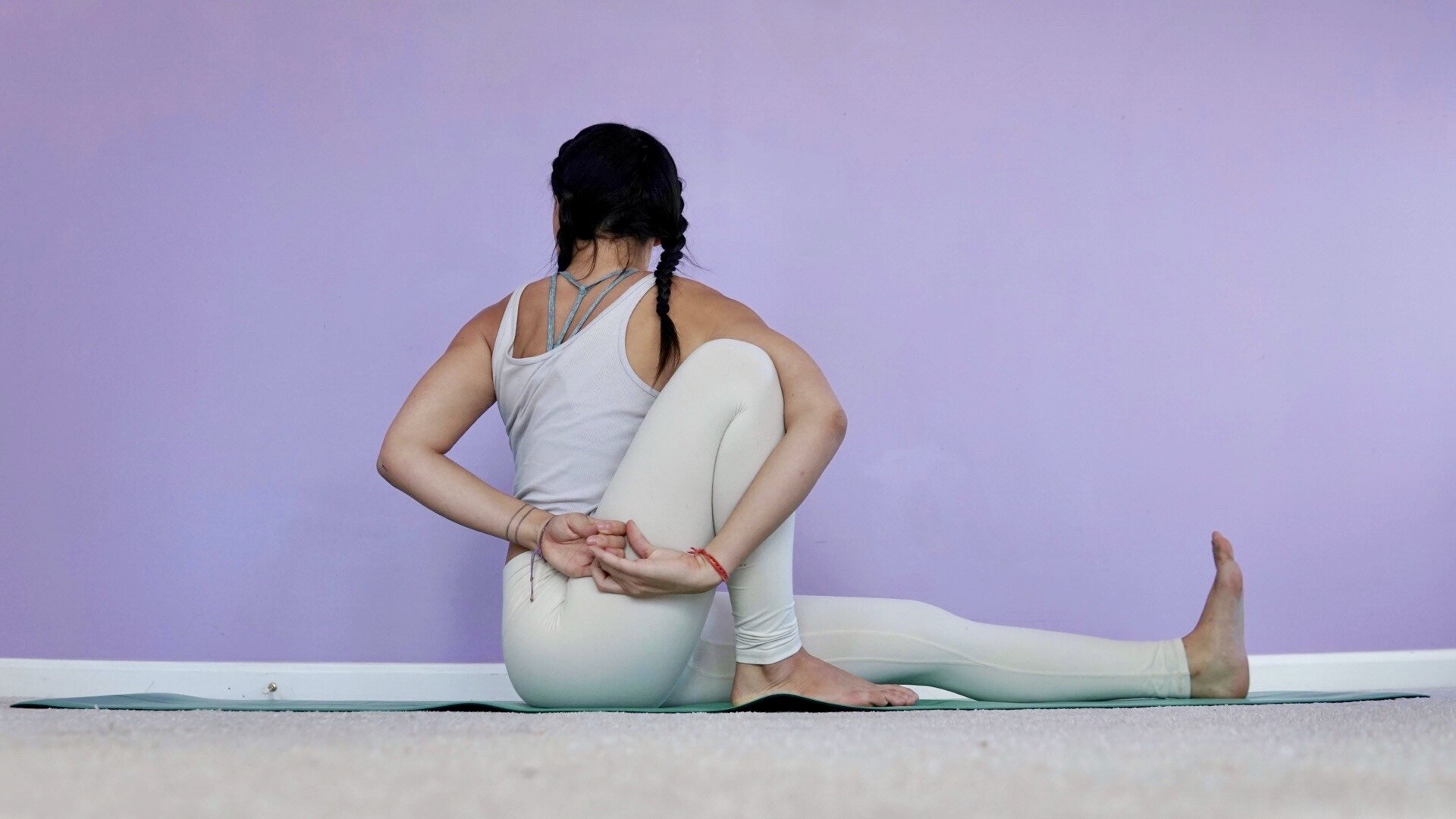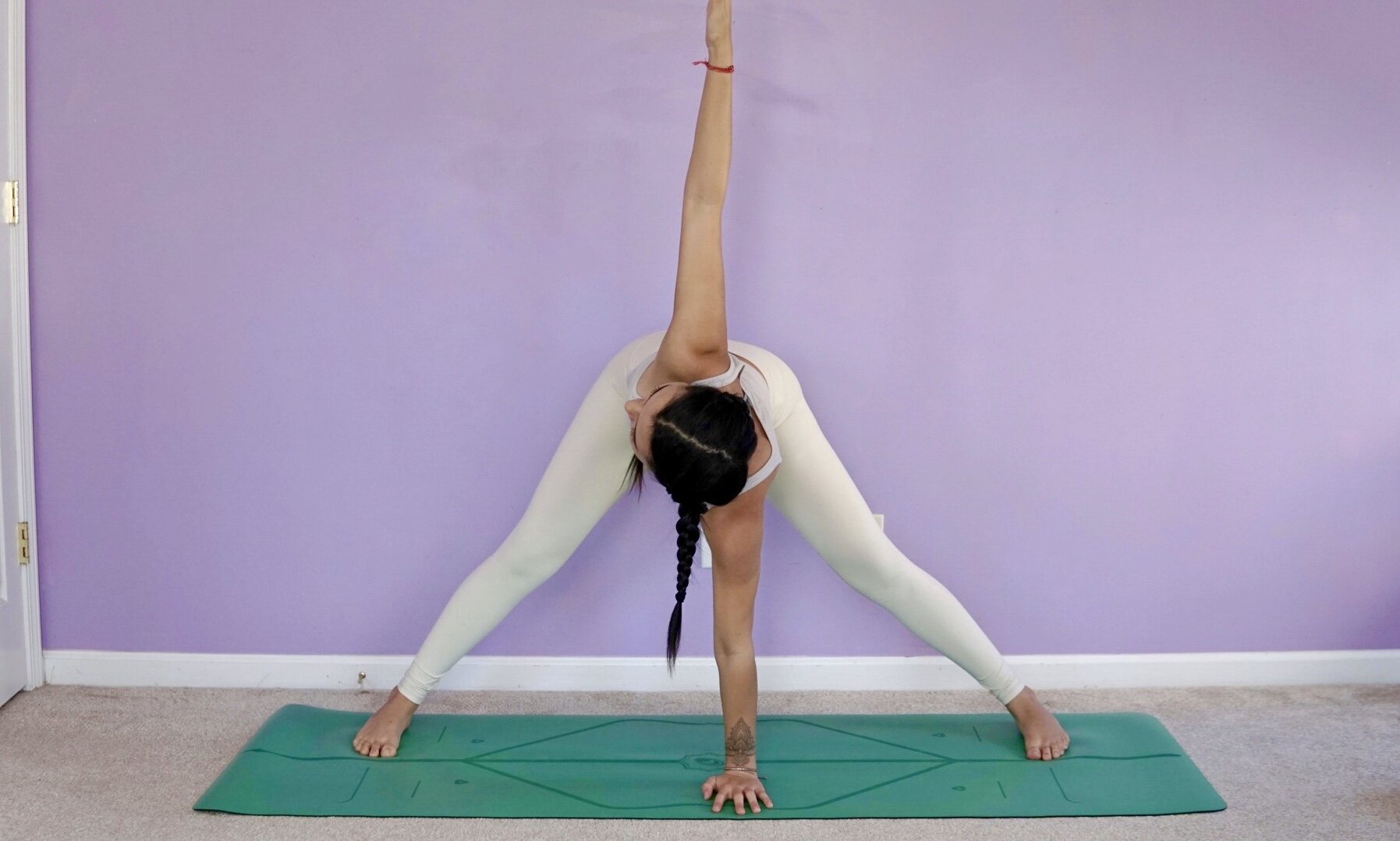HOW OLD ARE YOU?
25
HOW/WHEN DID YOU START YOUR YOGA JOURNEY?
I started practicing yoga at home through an app I downloaded on my phone. It was in February of 2015. At the time I had just left college and was working full time so I didn’t have the time or money to go to a studio (I was also a little intimidated). My parents bought me a mat from target for Christmas and it took me two months to finally unroll it. I slowly started learning some beginner poses and sequences. I used online resources like YouTube to keep up with my practice and continued to for 3 years before eventually going to a local studio for classes. Read more of my story here.
WHAT’S YOUR SIGN?
Sun: Sagittarius / Moon: Cancer / Rising: Cancer
WHAT DO YOU DO AND HOW DO YOU MAKE MONEY?
My main job is teaching yoga, I mostly teach online, privates and retreats. I also create content on social media by working with brands and I make money through affiliate marketing.
WHAT TIPS WOULD YOU GIVE SOMEONE WANTING TO BECOME A YOGA TEACHER?
I’d recommend having a consistent yoga practice before diving into a yoga teacher training (it’s a big investment)! Do your research on different styles and programs and try to find a teacher that you resonate with. After your training, keep practicing! Get clear on your intentions and goals as a yoga teacher. Decide if you want to start teaching at a studio, private classes or maybe both. There isn’t a right or wrong choice. If there’s a certain studio you like, see if you can start assisting by doing adjustments in classes or auditioning so that you can start subbing on the schedule. Get involved with the community, meet new people and don’t be afraid to use social media to help grow your brand or business! I think some teachers are afraid to use social media or teach online because it’s ‘untraditional’, but yoga is changing and constantly evolving, just as technology is, and I think it’s important to use that to your advantage.
Read this blog post I wrote for tips on choosing a yoga teacher training.
HOW TO BUILD CONFIDENCE IN STARTING TO TEACH?
Practice, practice, practice. A great way to practice teaching as a new instructor and to build confidence is to offer donation based classes. Teach to friends, family or anyone willing or wanting to learn yoga. The very first class I taught I just memorized and reused over and over again until I became really confident with the sequence and the cuing. Eventually, you can add on new postures or change the sequencing and start teaching a new class.
WHAT IS IT LIKE TO TRAVEL SOLO? DO YOU HAVE ANY TIPS FOR A FEMALE WANTING TO DO THE SAME?
I’ve talked a little bit about this on Instagram, but 2019 was the first year that I started solo traveling. I find it very empowering, especially as a female and I would recommend it to anyone curious or wanting to try it. I started by taking small trips in my own country first, traveling to nearby states and staying in airbnbs or with friends/family.
Traveling to Bali on my own was my first big international solo trip. I really just recommend doing your own research on where you want to visit. Don’t get discouraged if there are people who try to talk you out of solo traveling. If it’s something you really want to do — do it! Research as much as you can. Plan well, but be prepared for things not to always go 100% according to your plan.
I follow this group on Facebook called The Solo Female Traveler Network, where over thousands of women share their stories and advice for female solo travelers. Check it out!
HOW DO YOU FIND THE BALANCE BETWEEN TRAVELING AND REMAINING FINANCIALLY STABLE?
I’ve worked fairly hard over the past few years to get to a point financially where I don’t owe any debt. Before deciding I even wanted to live on my own (and eventually travel) I made sure I had enough money saved up to where I felt comfortable enough to do so. I’ve always lived fairly minimally and don’t spend a lot of money on things. I’d rather save up money for an experience or trip somewhere that I’ll have memories to cherish forever than splurge on things that I know will only bring me temporary joy.
My situation might also be unique because I’m fortunate enough to be able to make money while I travel.
But my biggest tips for traveling and remaining finically stable is to first, save up money. Secondly, plan accordingly and make a budget for your trip.
WHAT ARE THE MEANINGS OF YOUR TATTOOS?
Each of my tattoos are from a special time in my life where I’ve experienced growth. I got my first tattoo when I graduated from school, it’s a bird on my right side which to me represents freedom but also home. My family calls me ‘J-bird’ so whenever I look at that tattoo I think of them. I recently got another one on my left wrist. I’ve always been drawn to mandala designs and the feminine placement of tattoos around the wrist and forearm. I wanted something that would remind me of my first time in Bali, a trip where I experienced immense growth in my spiritual practice.
WHERE CAN I FIND YOGA RETREATS FOR BEGINNERS?
You can check out bookretreats.com and use the search engine to find yoga retreats specifically for beginners. If there’s someone you know who’s hosting a retreat you can always reach out to them and ask if their retreat is beginner-friendly.
WHAT APPS DO YOU USE TO EDIT PHOTOS AND VIDEOS?
I use Videoshop to edit and speed up videos and Snapseed and VSCO for photo editing. I use iMovie to edit YouTube videos.
ARE THERE ANY BOOKS YOU RECOMMEND FOR YOGIS?
You can go here and scroll to the bottom to see a list of books I recommend. Some of my favorites are: The Bhagavad Gita, The Heart of Yoga, The Path of the Yoga Sutras & The Yamas and Niyamas. Most of these I read in YTT but revisit their texts often.
WHAT IS THE TTC YOU APPLIED TO IN INDIA?
I finished my 300hr yoga teacher training in Goa, India through a program called Kranti Yoga.
DO YOU HAVE A BACKGROUND IN DANCE OR GYMNASTICS?
I’ve never done gymnastics but I did dance for a short period of time when I was maybe 5 or 6. After that my parents signed me up for soccer which I continued to play up until my freshman year in college.
WHERE ARE GOOD PLACES TO PRACTICE YOGA IN BALI?
Ubud: Radiantly Alive, Yoga Barn, Ubud Yoga House, Ubud Yoga Centre
Canggu: Samadi Bali, The Practice
Uluwatu: Morning Light Yoga Bali
ANY TIPS FOR STARTING AND BUILDING A YOGA INSTAGRAM ACCOUNT?
I think if you’re intentionally wanting to build an online presence it’s important to do so consciously. Instagram today is a lot different from what it was 5 years ago when I first joined and I’m sure it will continue to change.
Here are 4 tips that can help you with starting and organically building an Instagram account:
Find your intention. If you know that yoga is your niche then decide what kind of content you want to create. Think about what you want people to know or recognize you for. Do you want to create yoga tutorials? Videos? Do you want to include personal lifestyle photos in the mix? Do you want to use your account as a way to track your yoga journey? Do you want to create a yoga account for business use and if so what do you want your brand to be like? These are all important questions to consider when starting your account.
Be consistent. When you create consistency with your feed, then followers and people on your page will know what to expect. This includes consistency in the content you post and also the timing and frequency. Especially in the beginning, it’s important to post on a regular basis so that people have a general idea of when to expect you to post next. Inconsistency brings lack of engagement from your audience. People that know you have a set routine or posting time are more likely to see or visit your page because they know you’ll have new content regularly. This is important starting out when you’re new because people don’t know what to expect.
Build a community. Follow other yogis who you like or are inspired by and don’t be afraid to reach out to them! See if you can collaborate or work with them in some way. Hosting and participating in IG yoga challenges are not only a great way to stay consistent with your yoga practice, but it’s a great way to build community and trust online as well.
Be relatable. Don’t strive for perfection. People relate more when you’re being authentic and true to who you are — because it shows that you’re human too. There are lots of yoga accounts out there that will only post content from exotic travels and professional photoshoots which creates a beautiful visualization (and is totally fine if that’s your aim!) but it’s not necessarily relatable. People like it when you share personal details, captions and stories because it creates a sense of relevance and similarity.
DO YOU PRACTICE EVERYDAY AND IF SO, HOW DO YOU INCORPORATE IT INTO YOUR DAILY ROUTINE?
I practice some form of yoga everyday. However, I don’t practice physical asana everyday. Asana is only one of the eight limbs of yoga. If I don’t get on my mat, I will practice pranayama or meditation. My physical practice usually consists of 5-6 days of the week.
DO YOU DO ANYTHING ELSE PHYSICAL/WORKOUT TO GROW YOUR PHYSICAL PRACTICE/STAY FIT AND HEALTHY?
Not regularly. I have just started doing body weight exercises at home. But it’s mostly just for fun :). I enjoy walking, hiking and cycling as fun things to do on the side.
DO YOU COUNT CALORIES? HOW MANY CALORIES DO YOU EAT IN A DAY?
No, I do not count calories.
ARE DIET AND YOGA RELATED? ARE YOU VEGAN? ARE YOU VEGETARIAN? WHAT IS YOUR DIET LIKE?
These are questions I get asked often. I just want to share a few things beforehand: 1) I’m not a professional nutritionist or dietitian and 2) I try to be mindful about what I share on social media because I know having a platform where I can speak and share my opinions to a large audience comes with responsibility and discernment.
I personally believe that yoga has an amazing ability to strengthen your relationship with food in general. Practicing yoga connects you with your body and brings more awareness to what you are consuming and how you are fueling and thus nurturing yourself. Practicing yoga has helped me become much more aware of what I’m putting in my body and that it matters significantly.
I’m not vegan or vegetarian or paleo. I’m not “anything.” Do I put thought and intention into what I eat? Of course. Do I have certain foods I don’t eat all the time because they don’t make me feel great? Yes. But have I decided to attach a label to what I’m eating? Not anymore.
I was vegan for 3 years until my body started giving me signs that it was no longer working for me. I personally don’t believe in labels as I have learned they are restricting to me.
Does that mean you shouldn’t too? Not necessarily. But I know that for me, labels can be a slippery slope: one that can lead to guilt, shame or feeling like you lost your identity if you eat something outside that label. I’ve learned what makes me feel nourished and strong. Most of my diet has always been plants but if my body craves something else I no longer deny it. I believe a healthy diet is a balanced diet and one that allows you to thrive.
WHAT ARE SOME OF YOUR DREAMS OR PLANS FOR THE FUTURE?
I want to continue teaching and learning about yoga. I know yoga will always play a key role in my life. Eventually I would like to become a health coach and learn more about Ayurveda. One of my biggest passions is traveling, so I want to incorporate that into my teachings as much as possible. My partner and I have dreams of opening our own retreat center or space where we can invite others to host their own events and I’ve recently been thinking of starting a retreat company. These are things in the near future. But I’ve learned that sometimes it’s okay not to have a plan and to figure everything out as life goes on. :)
Thanks for reading and taking the time to get to know me a little better! If you have any questions that I didn’t answer here, feel free to reach out to me.
All my love,



